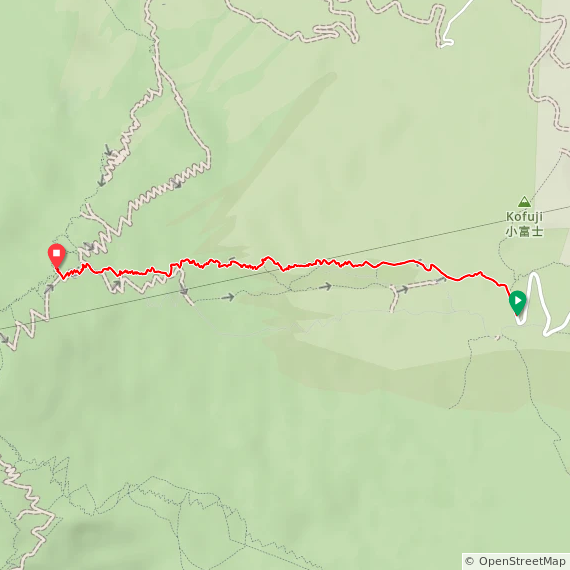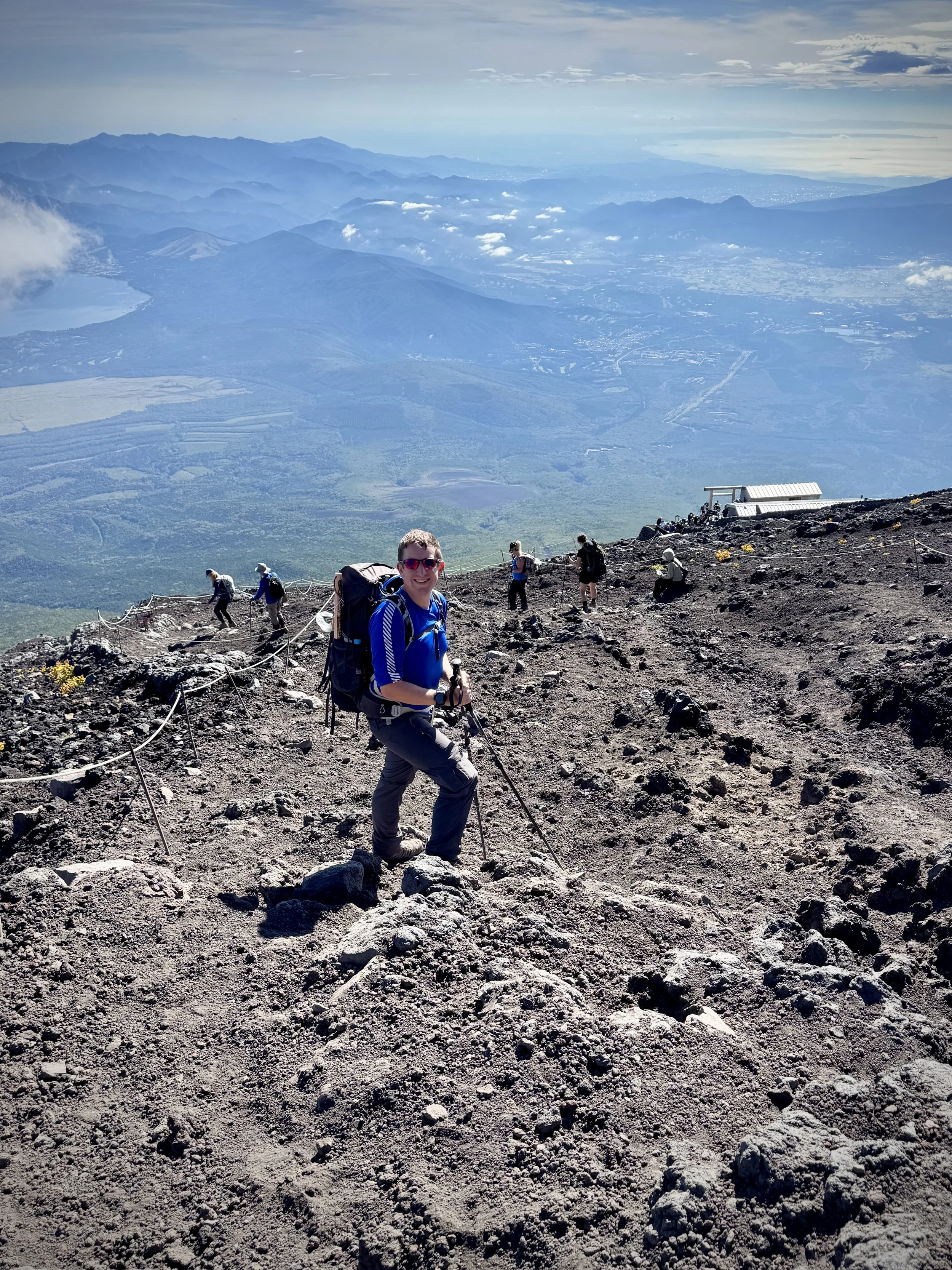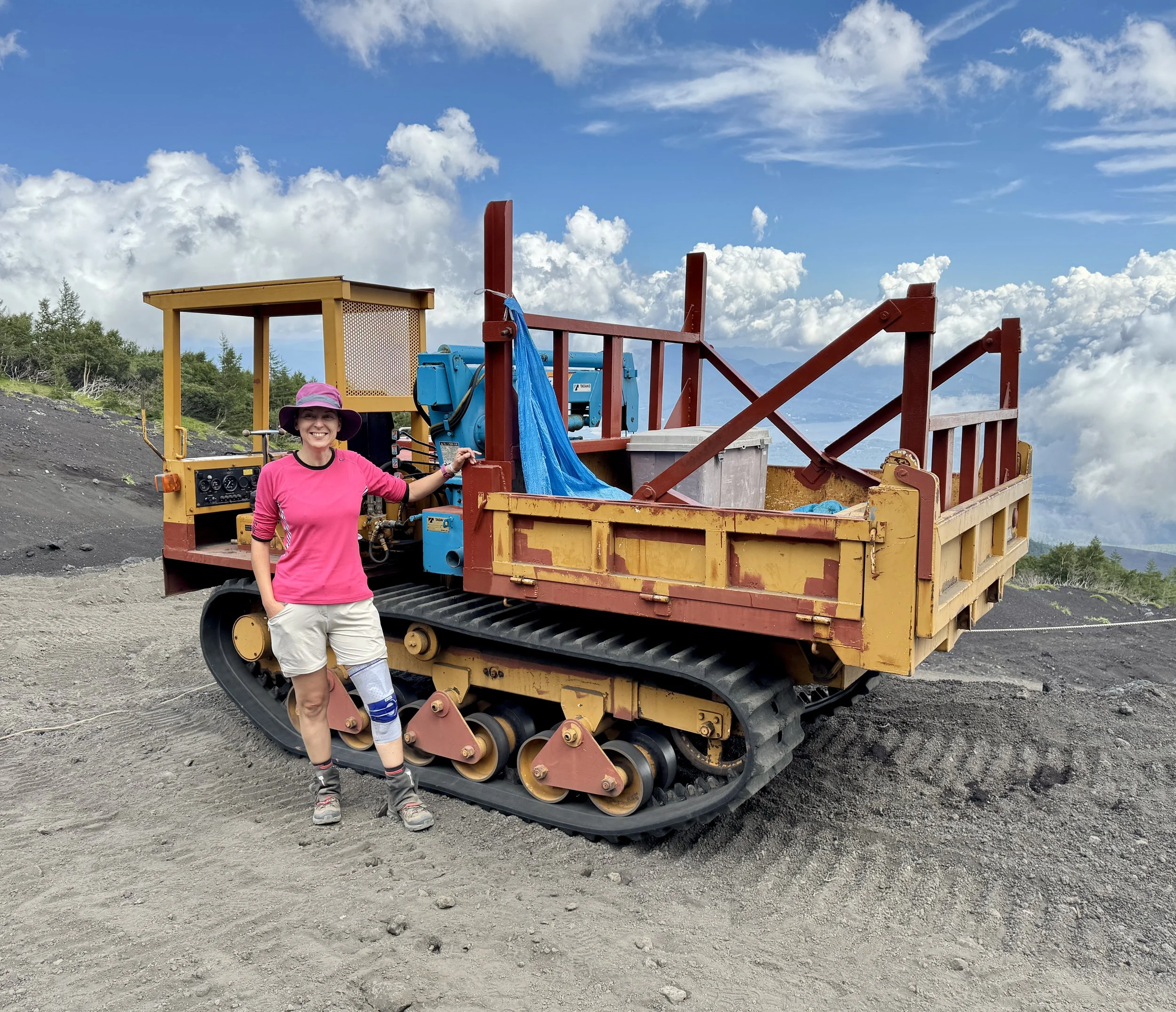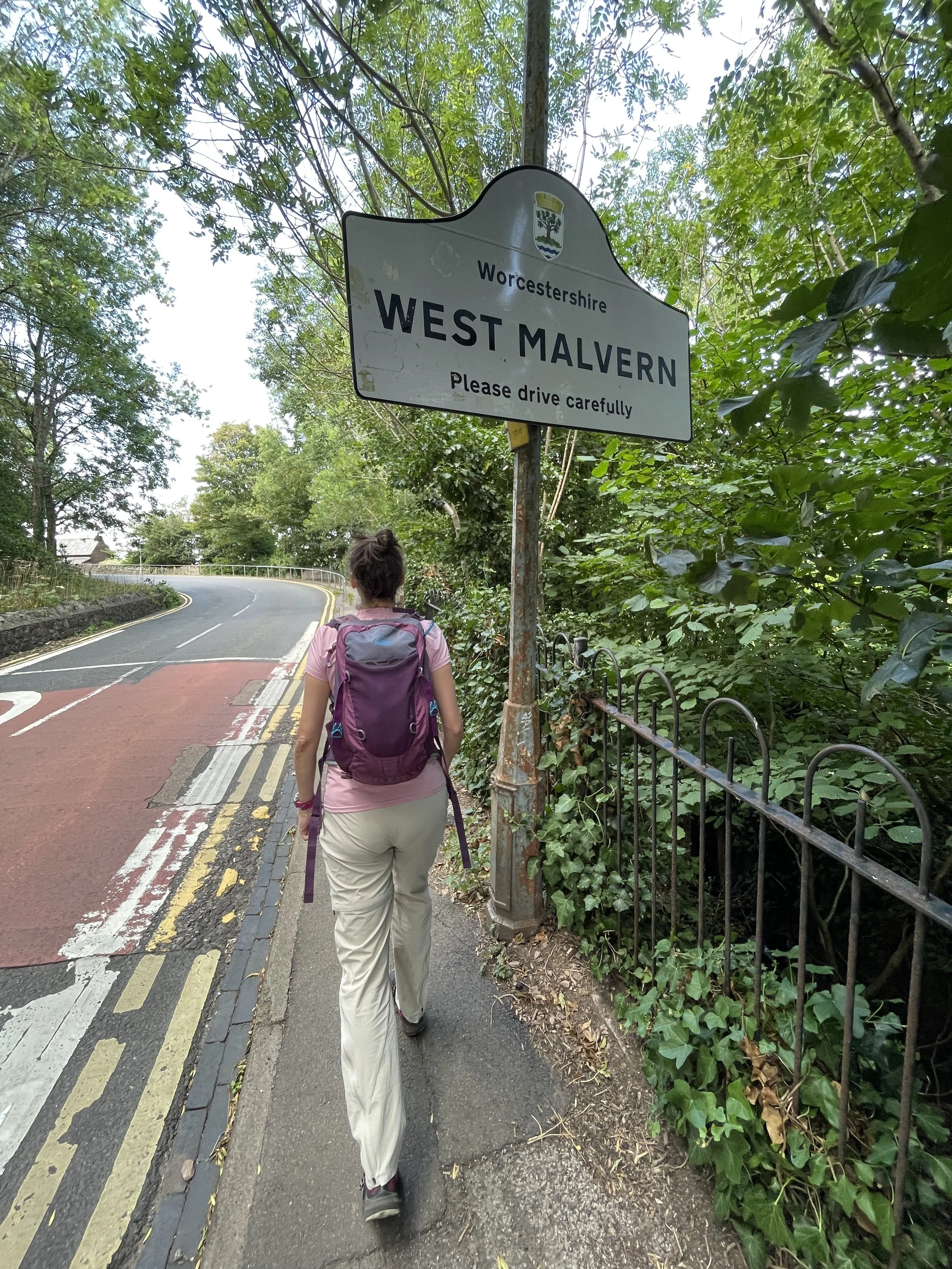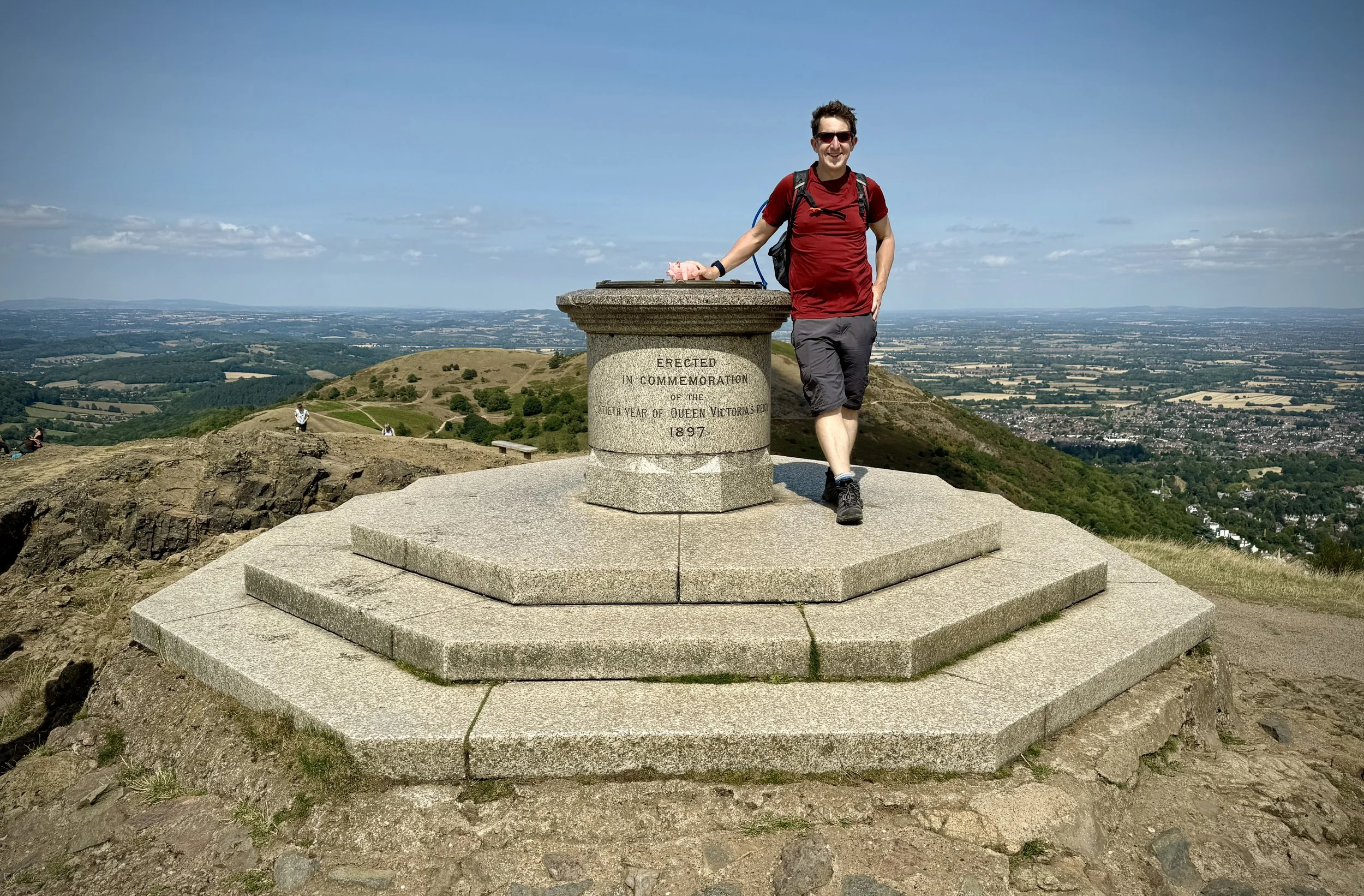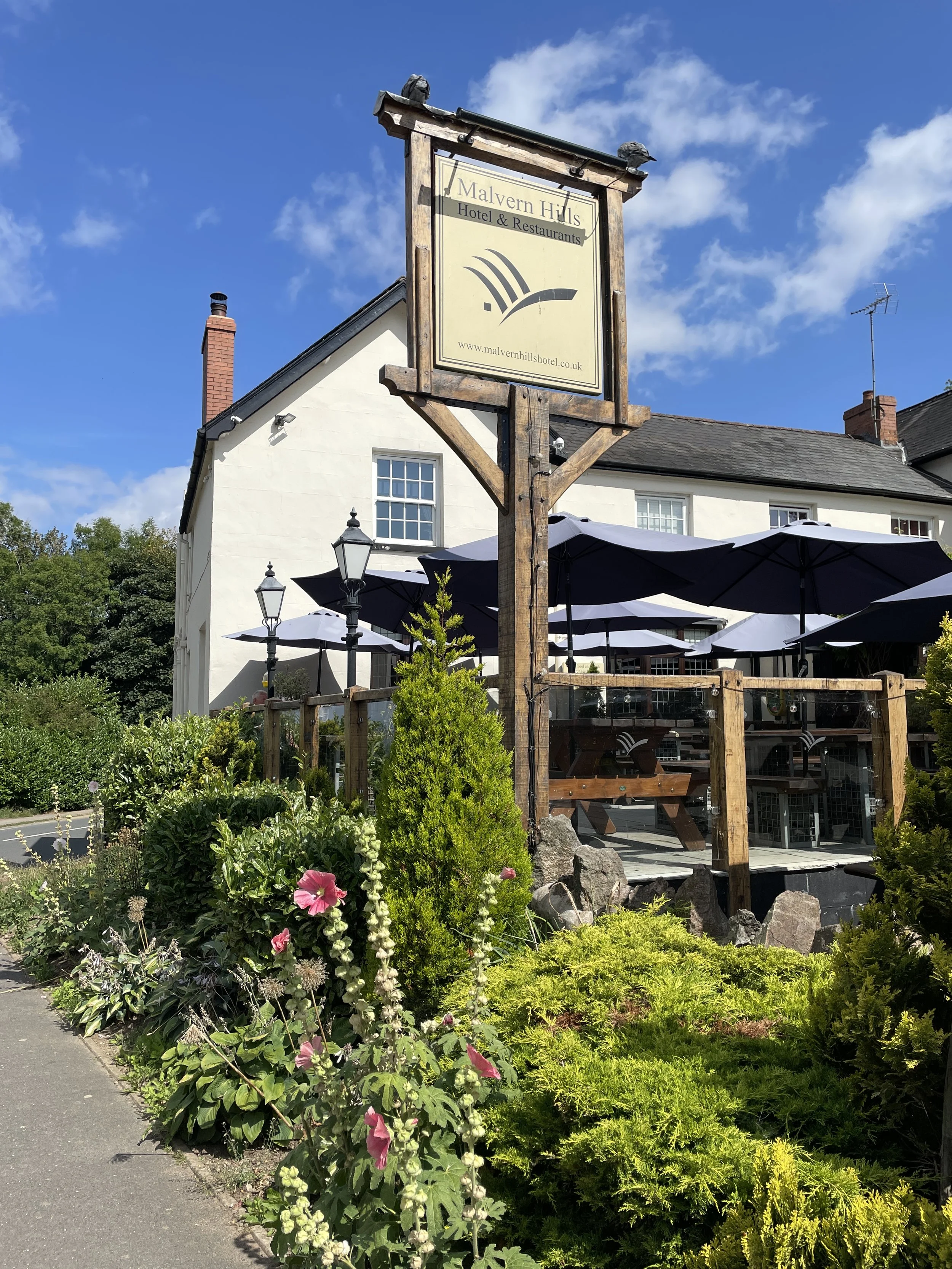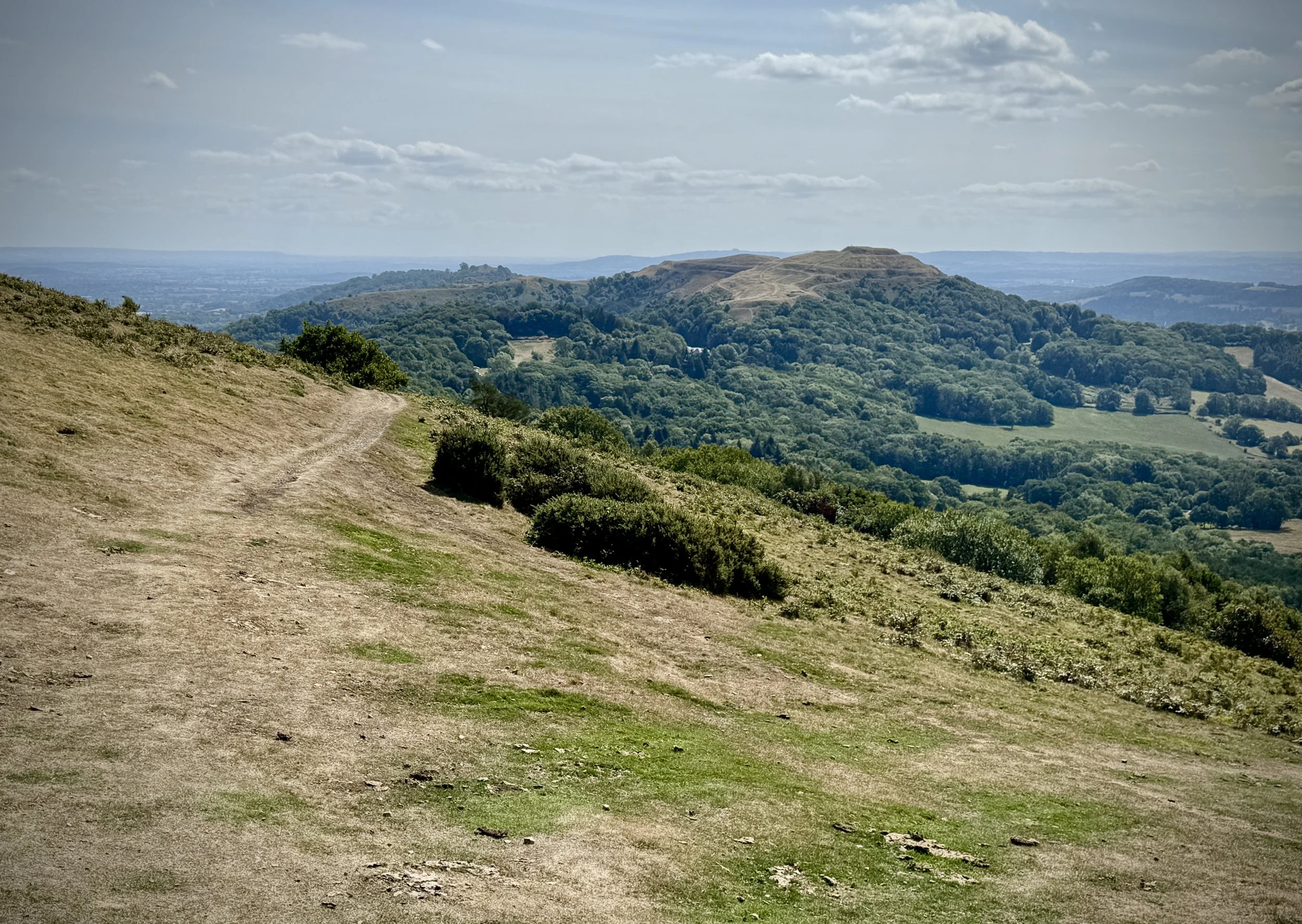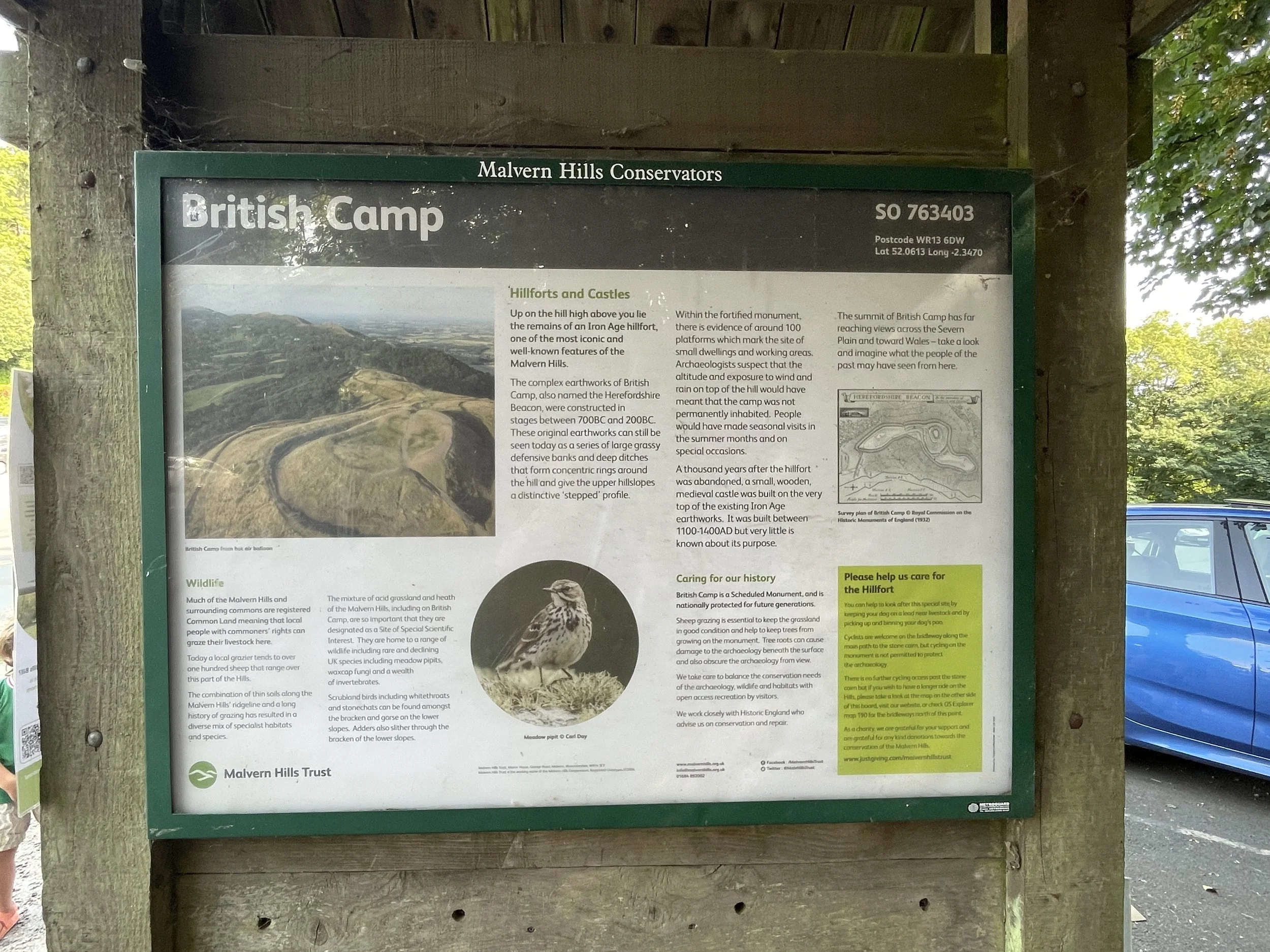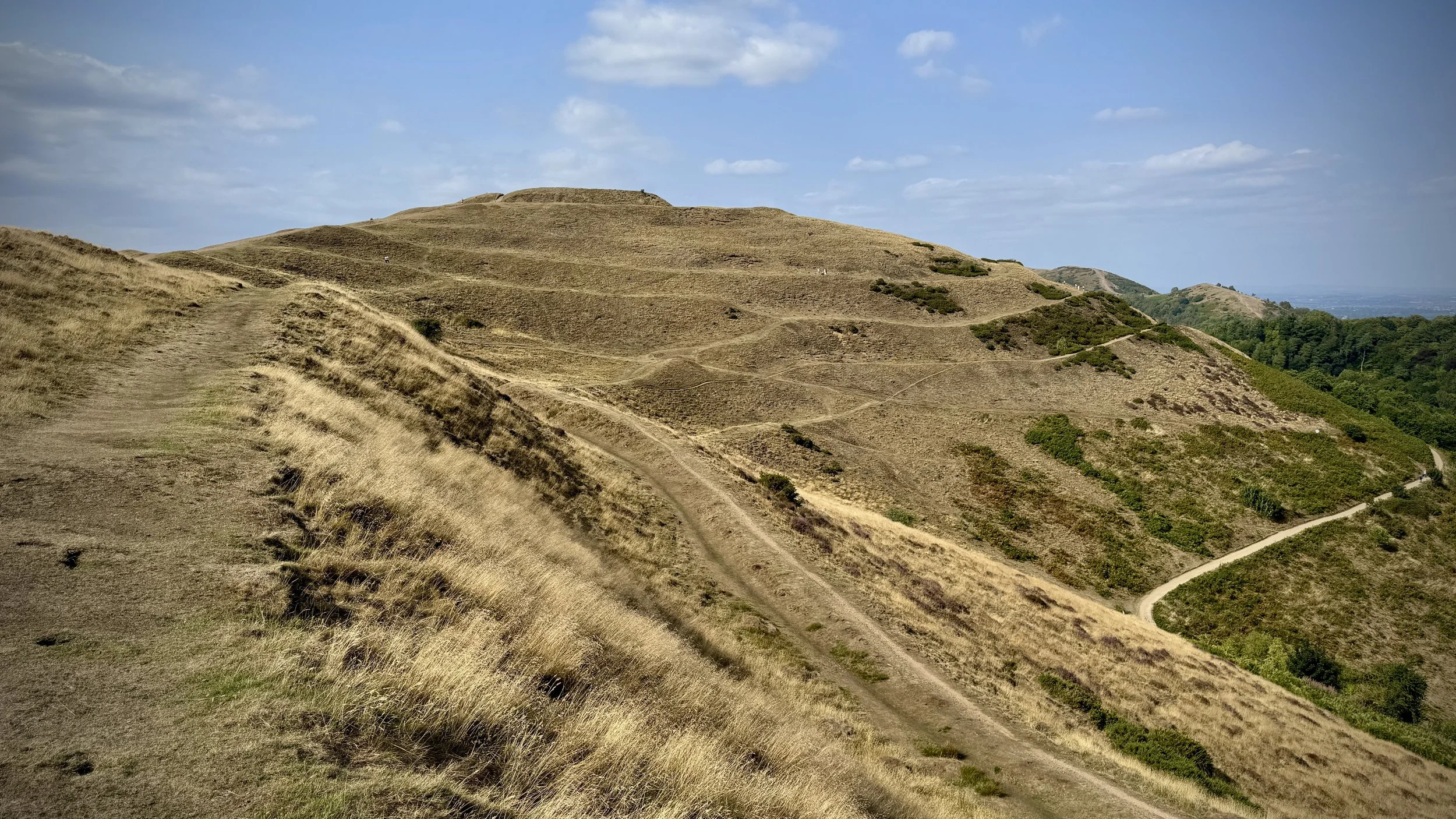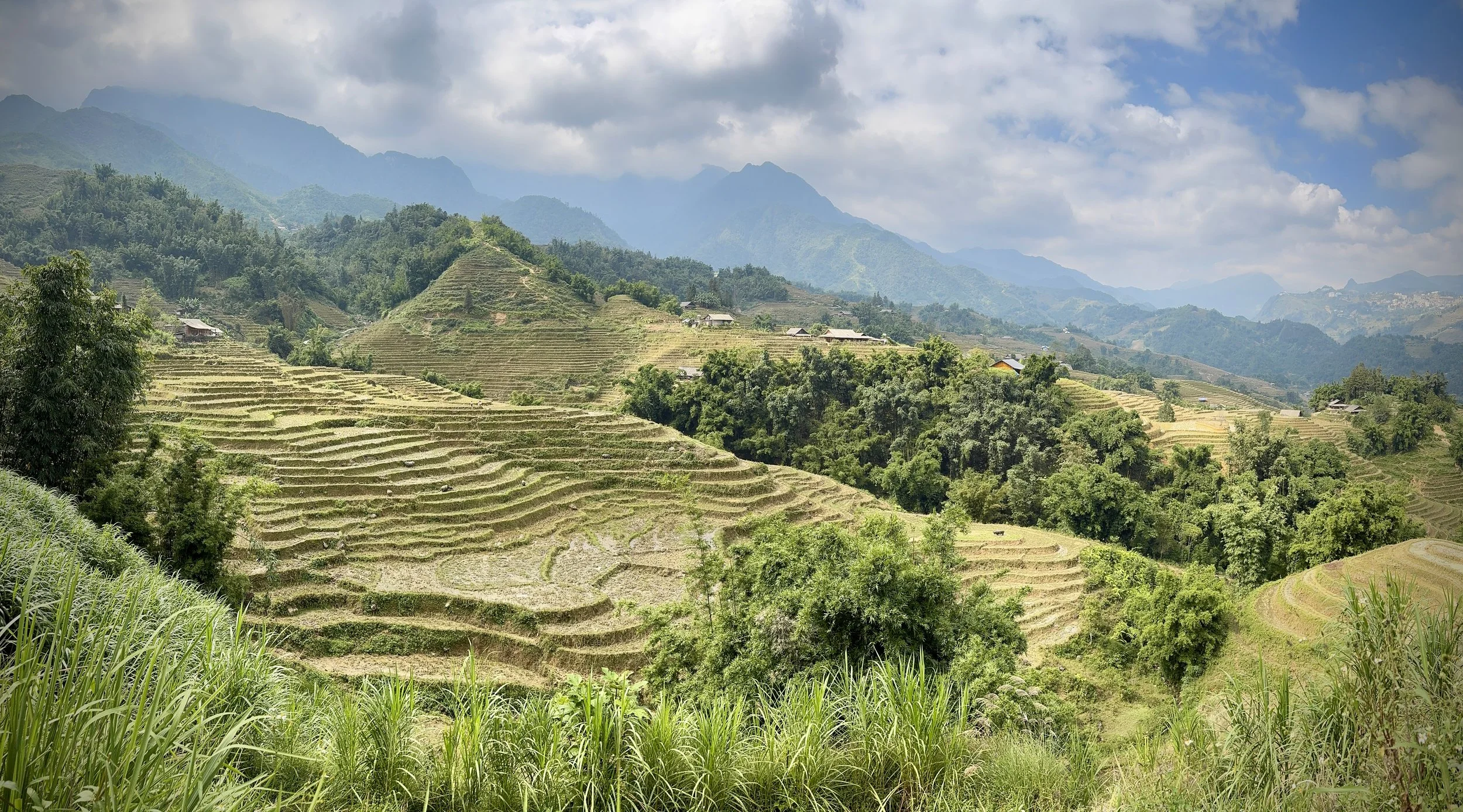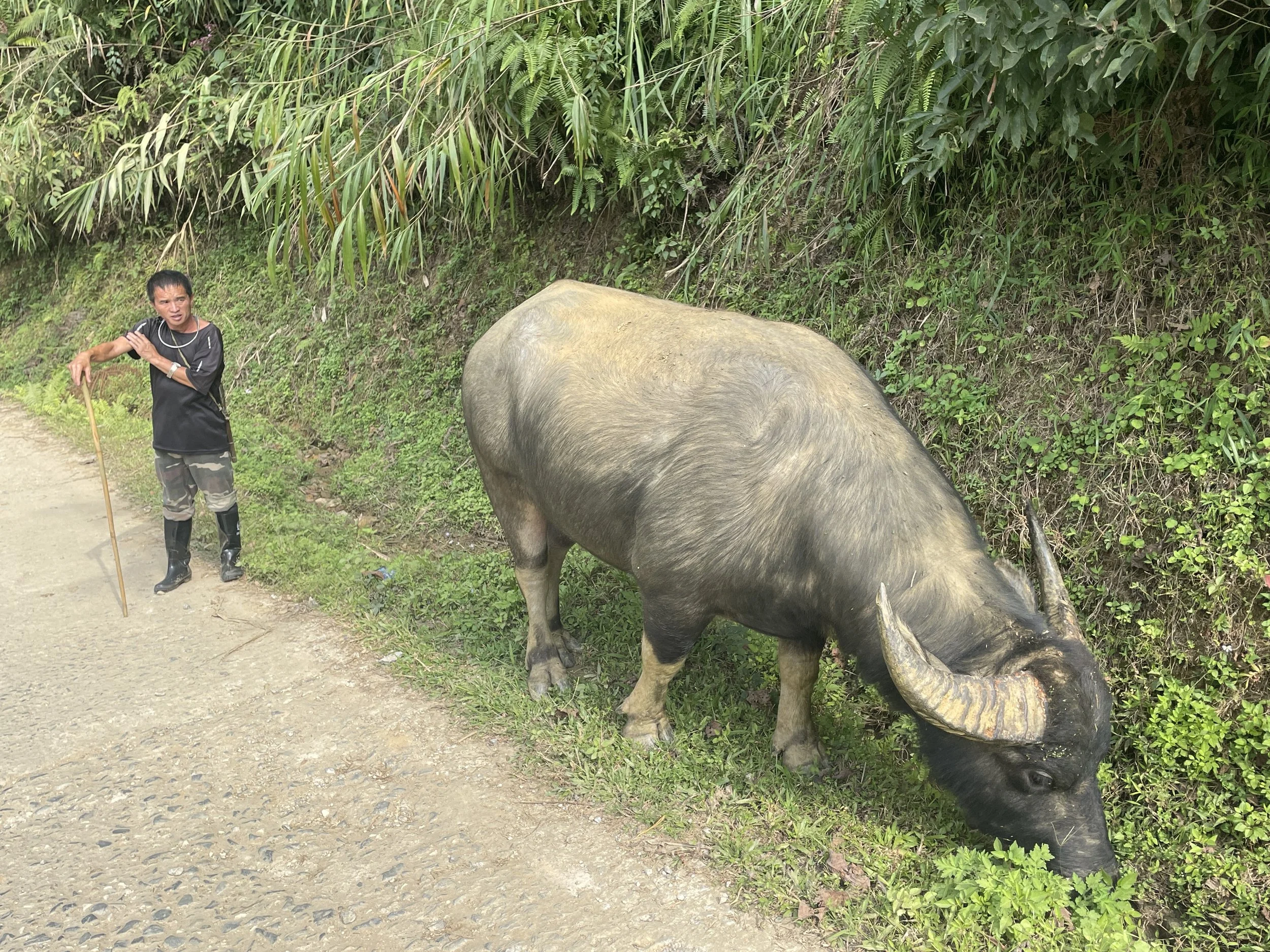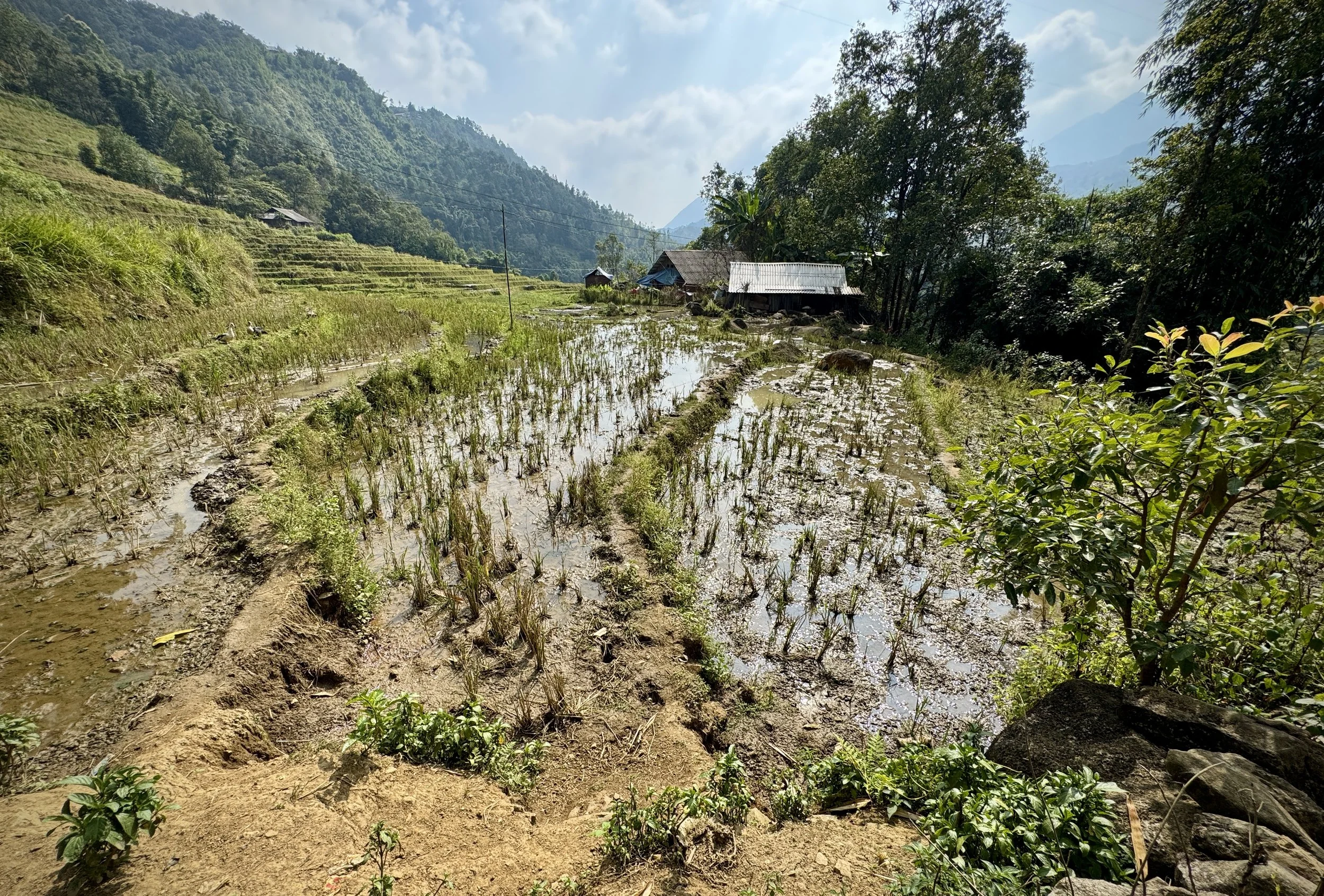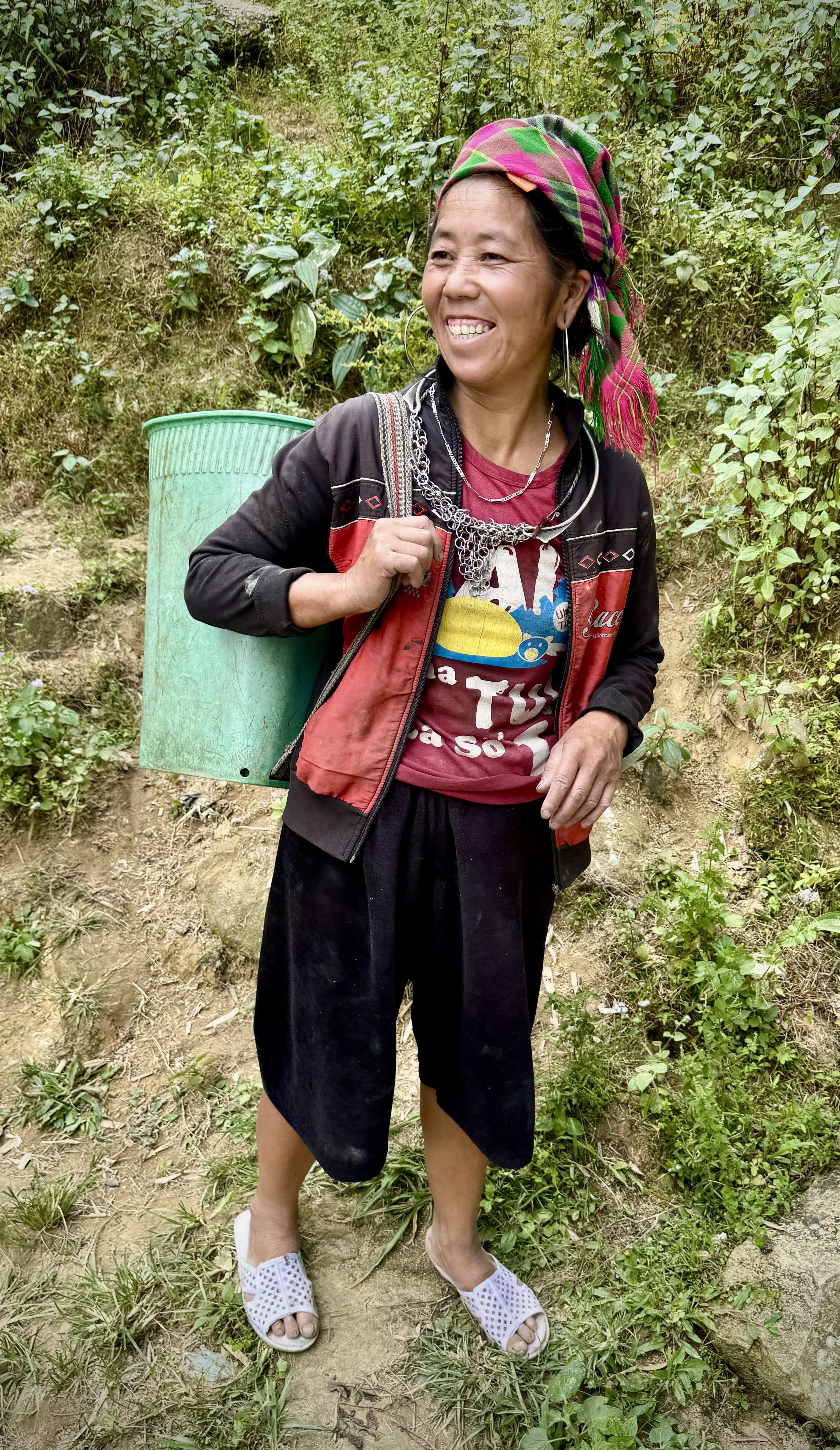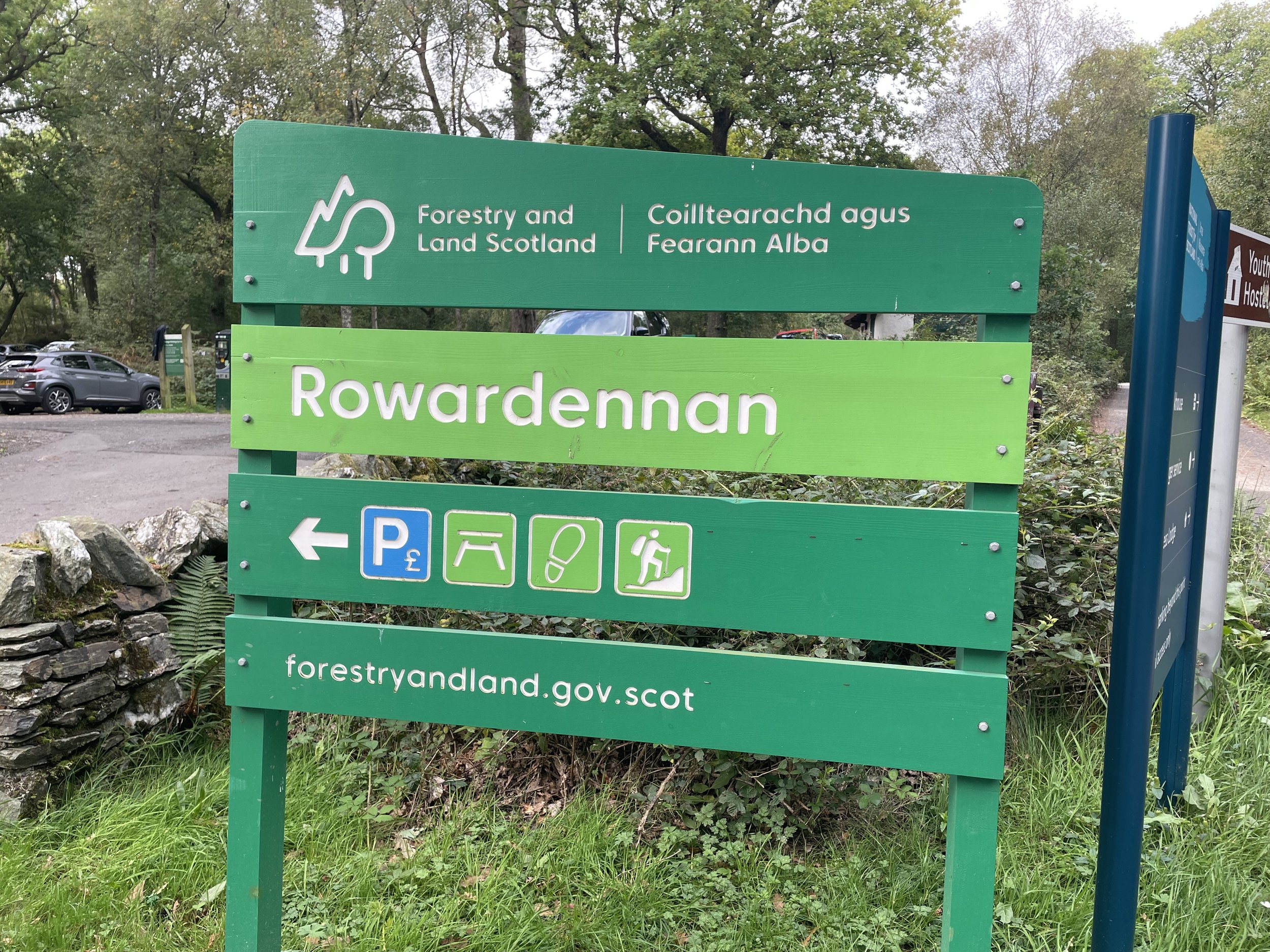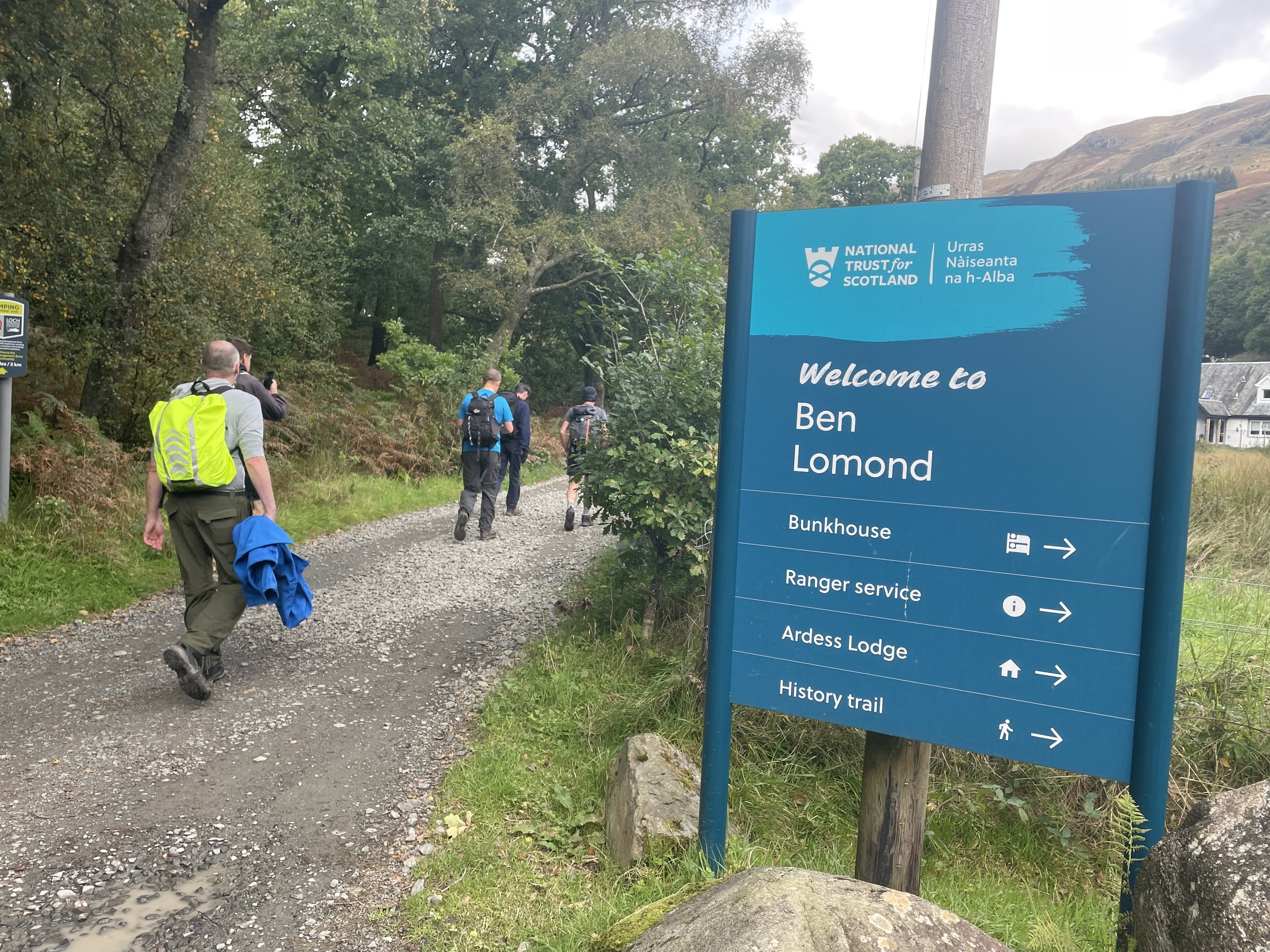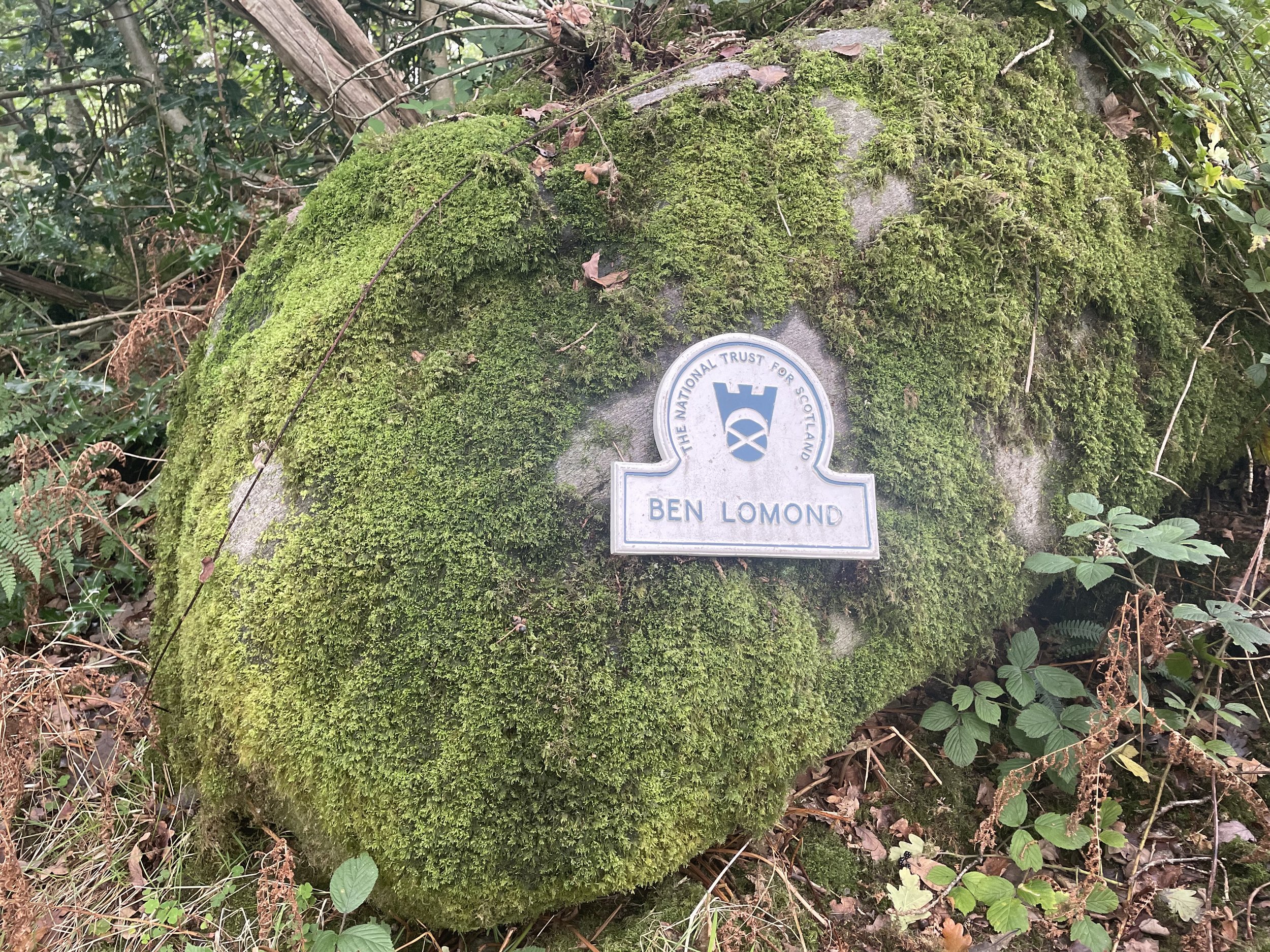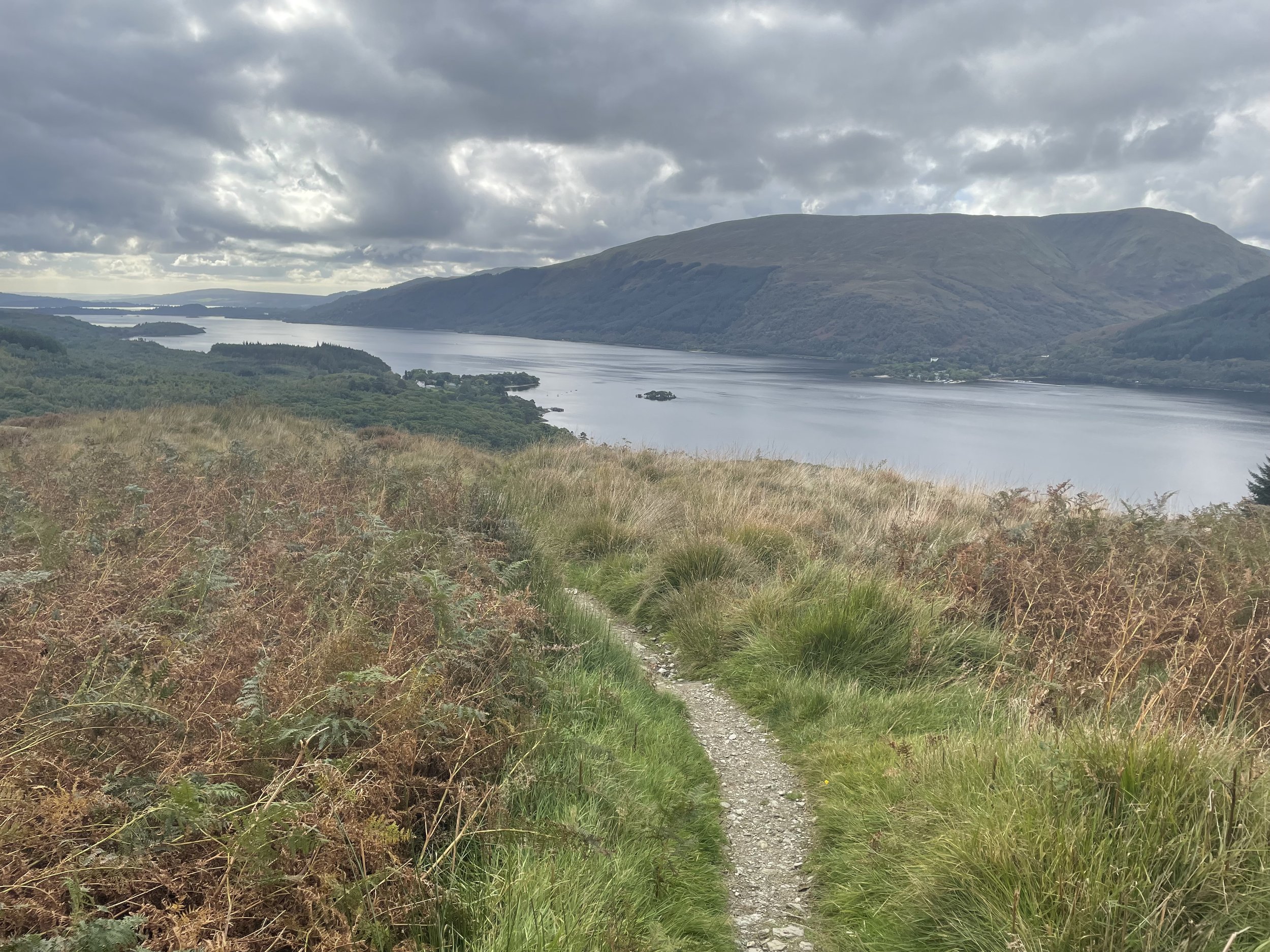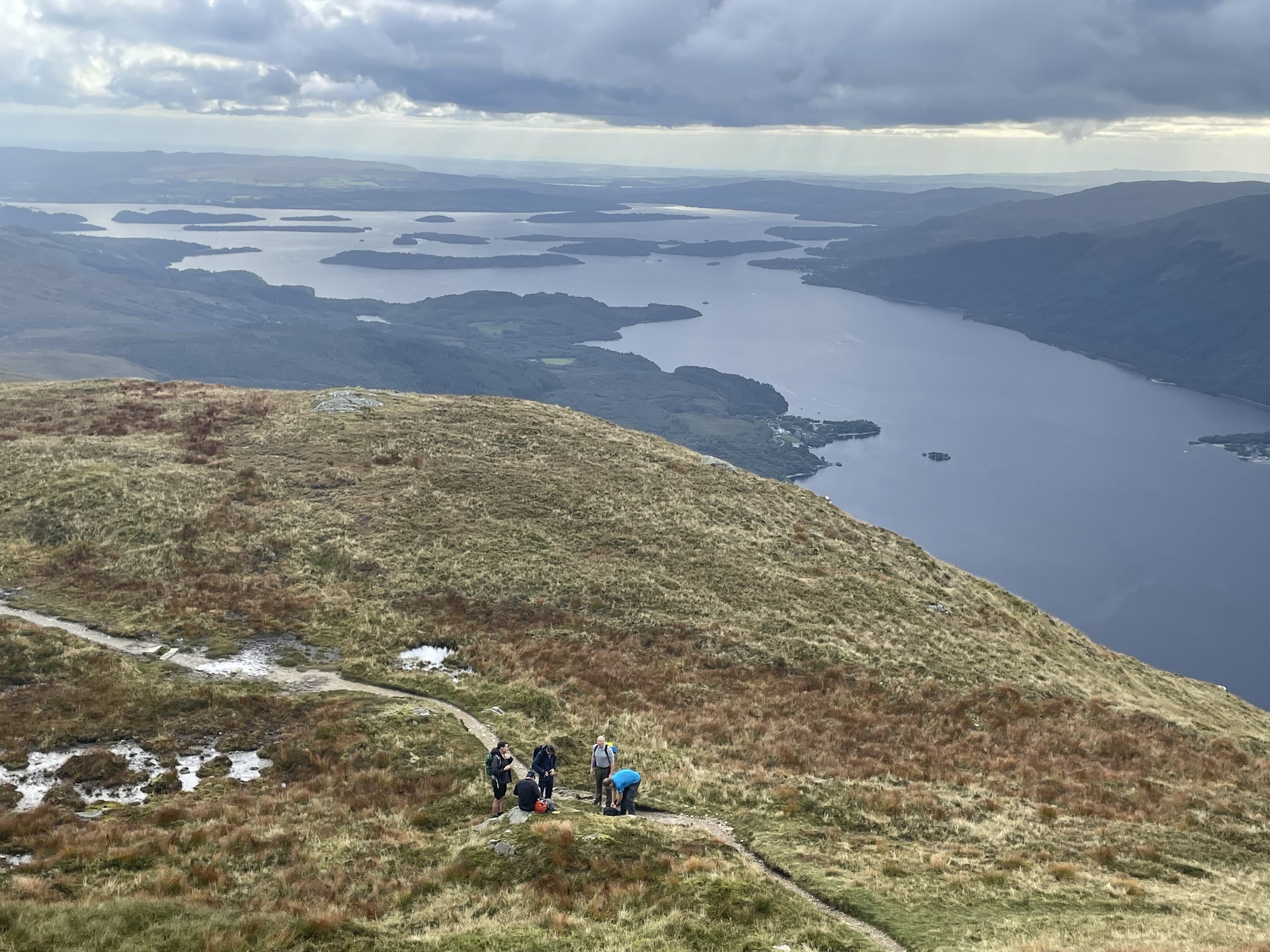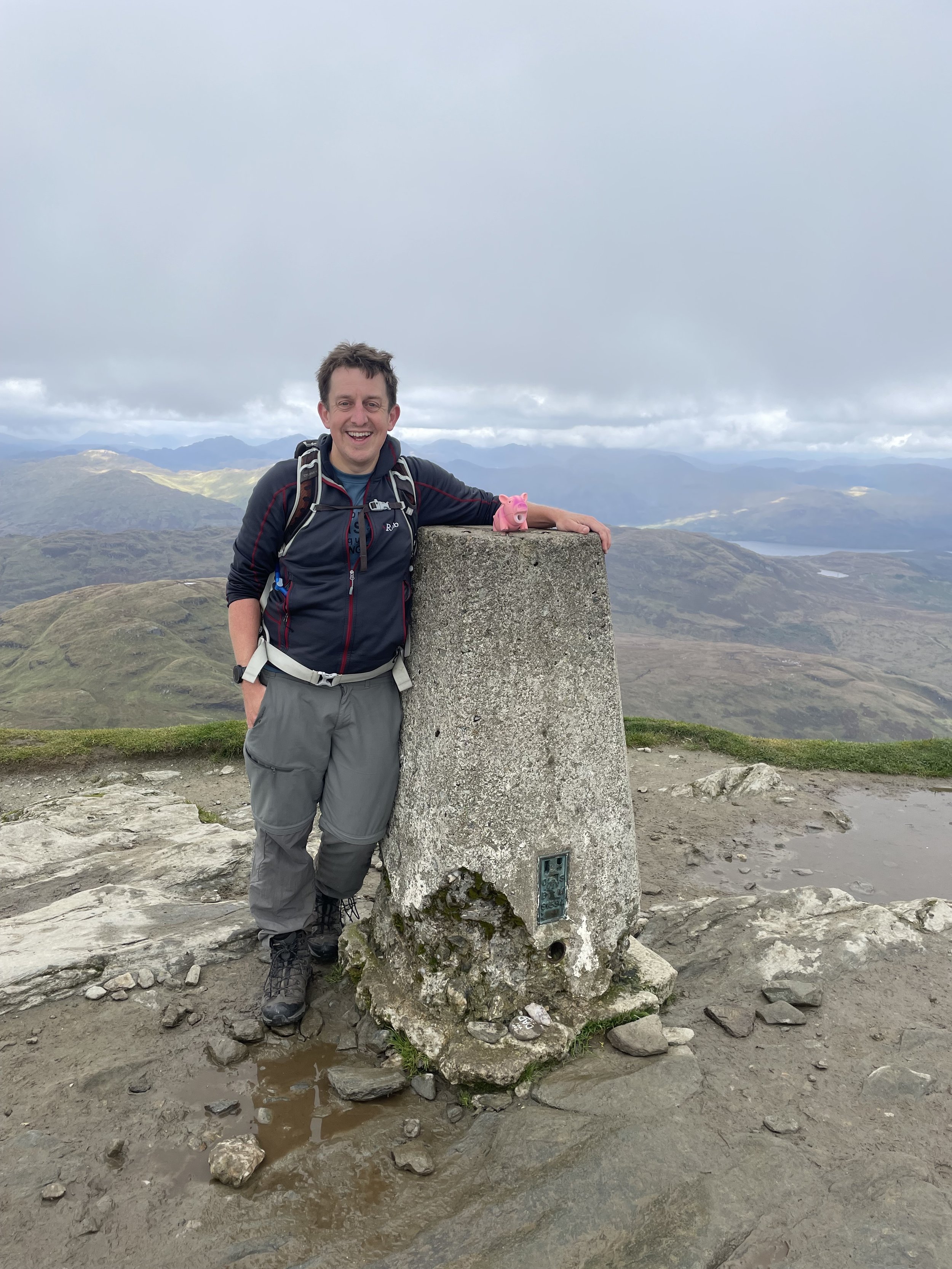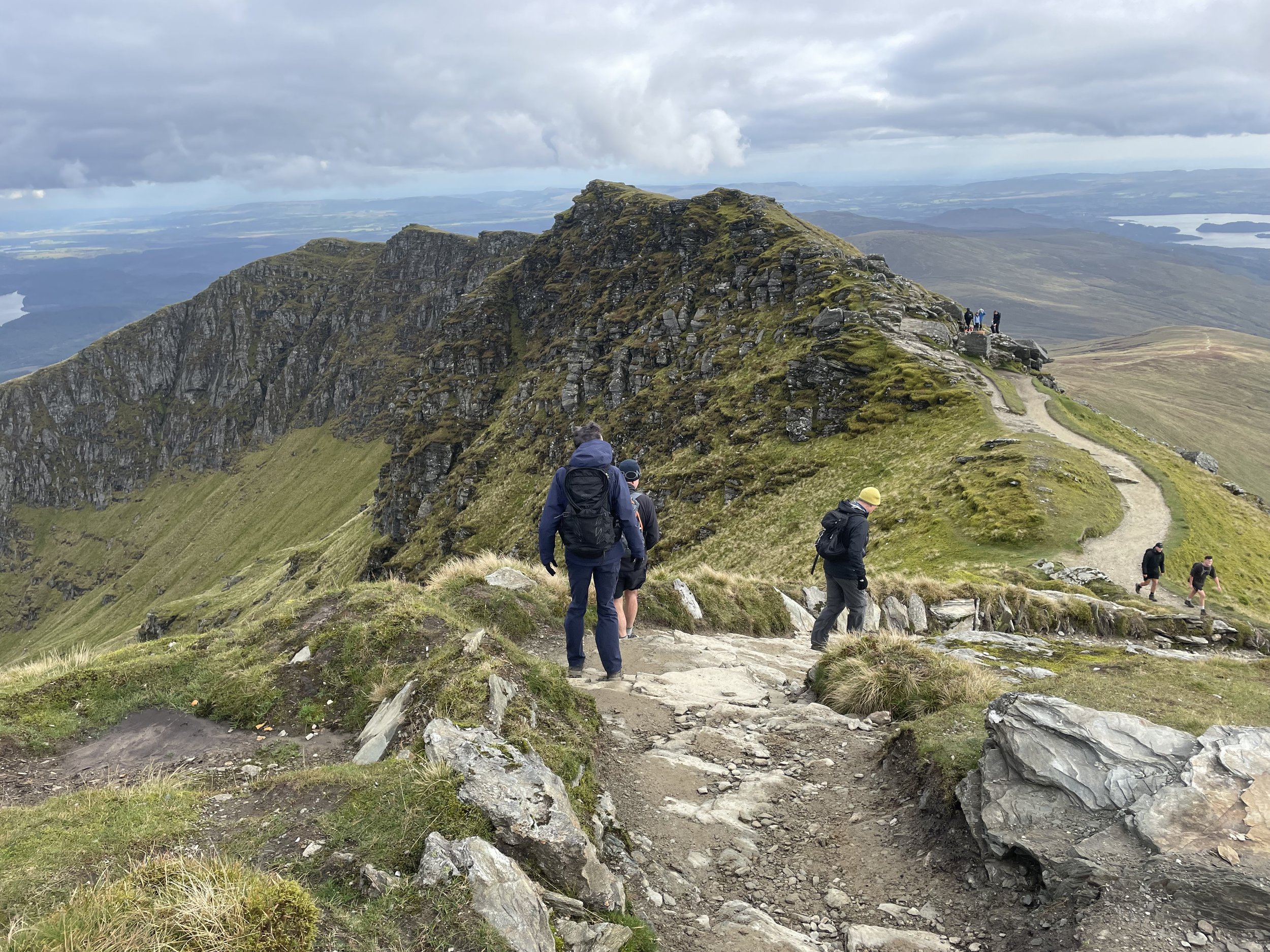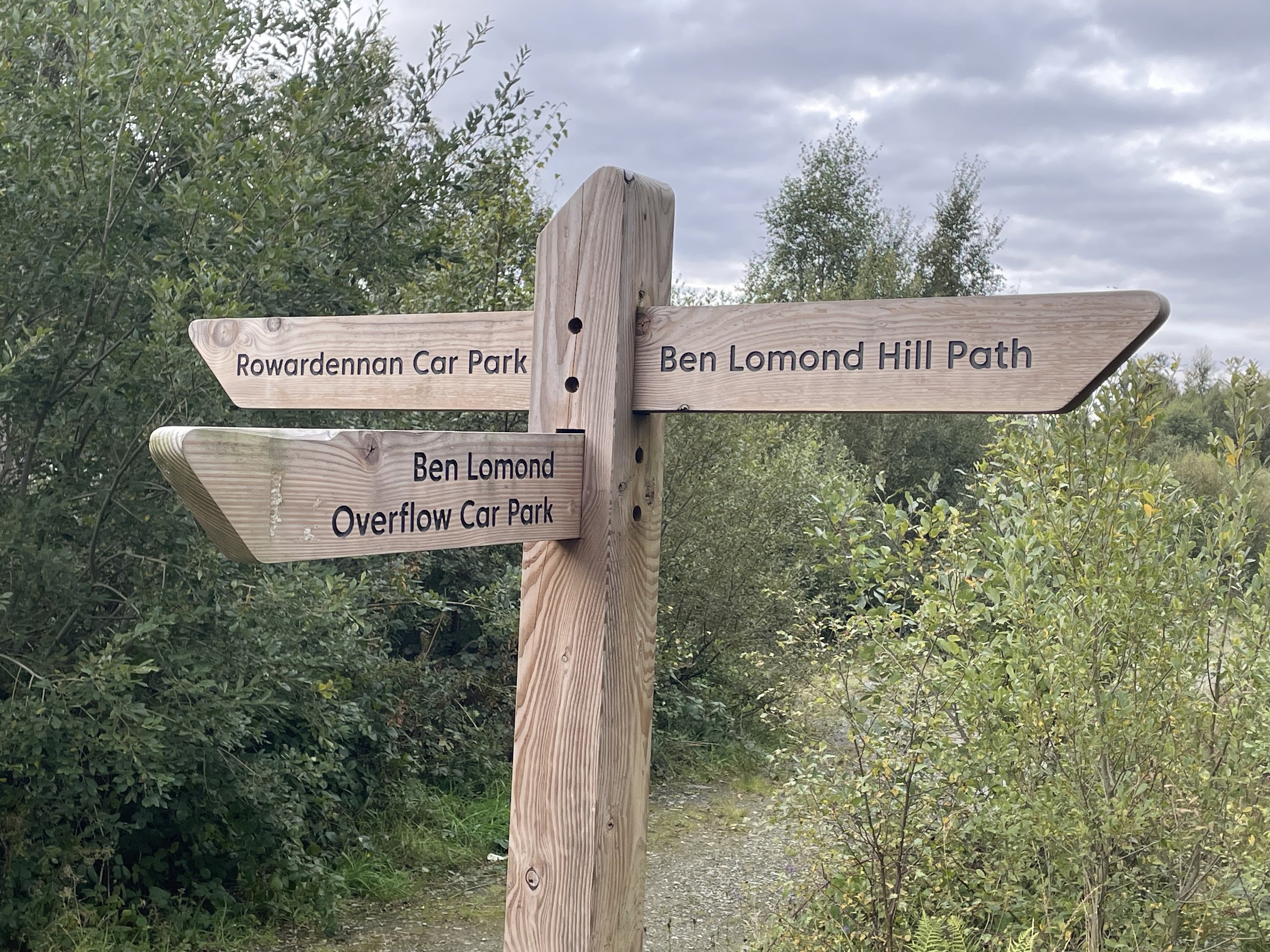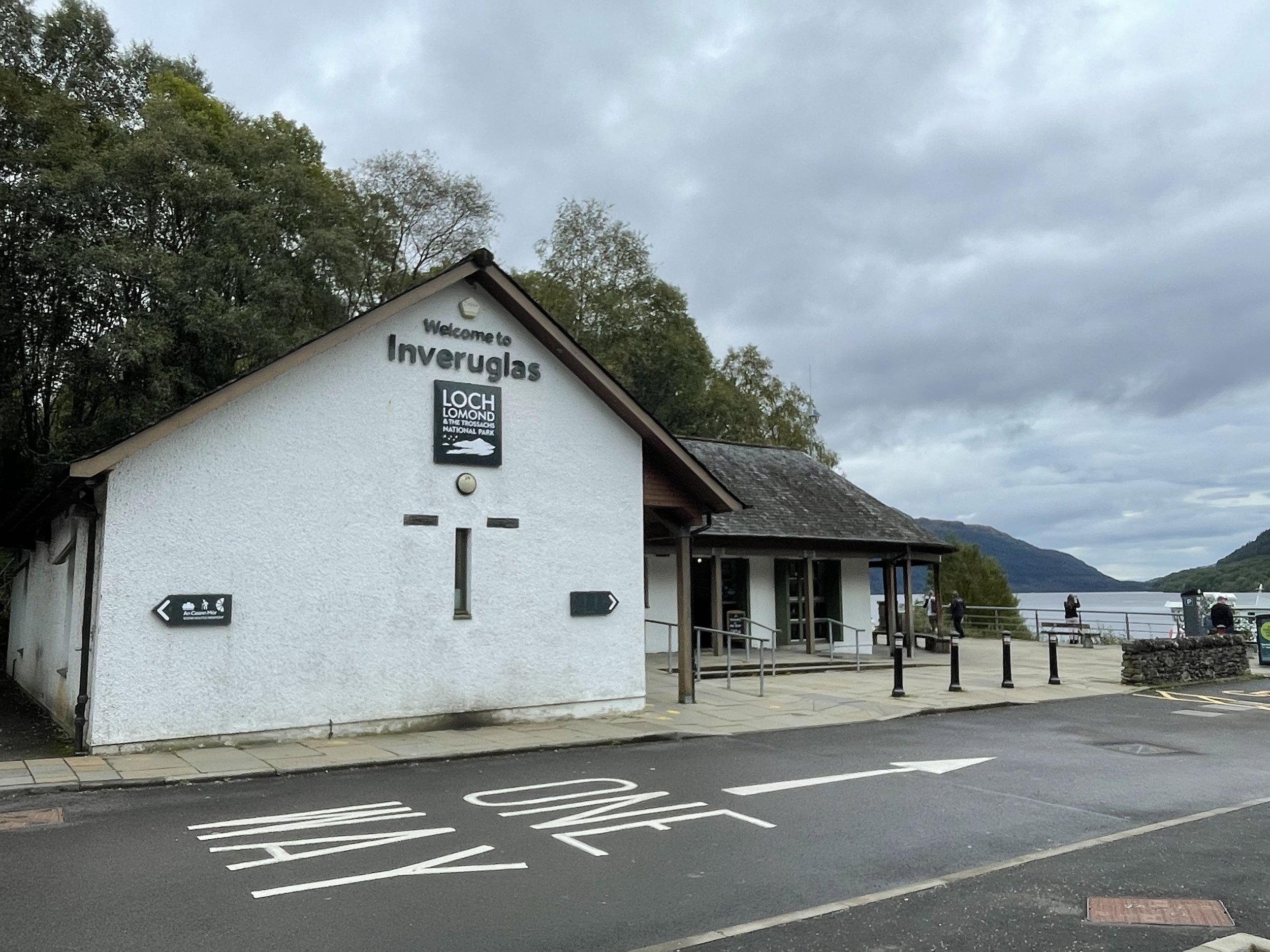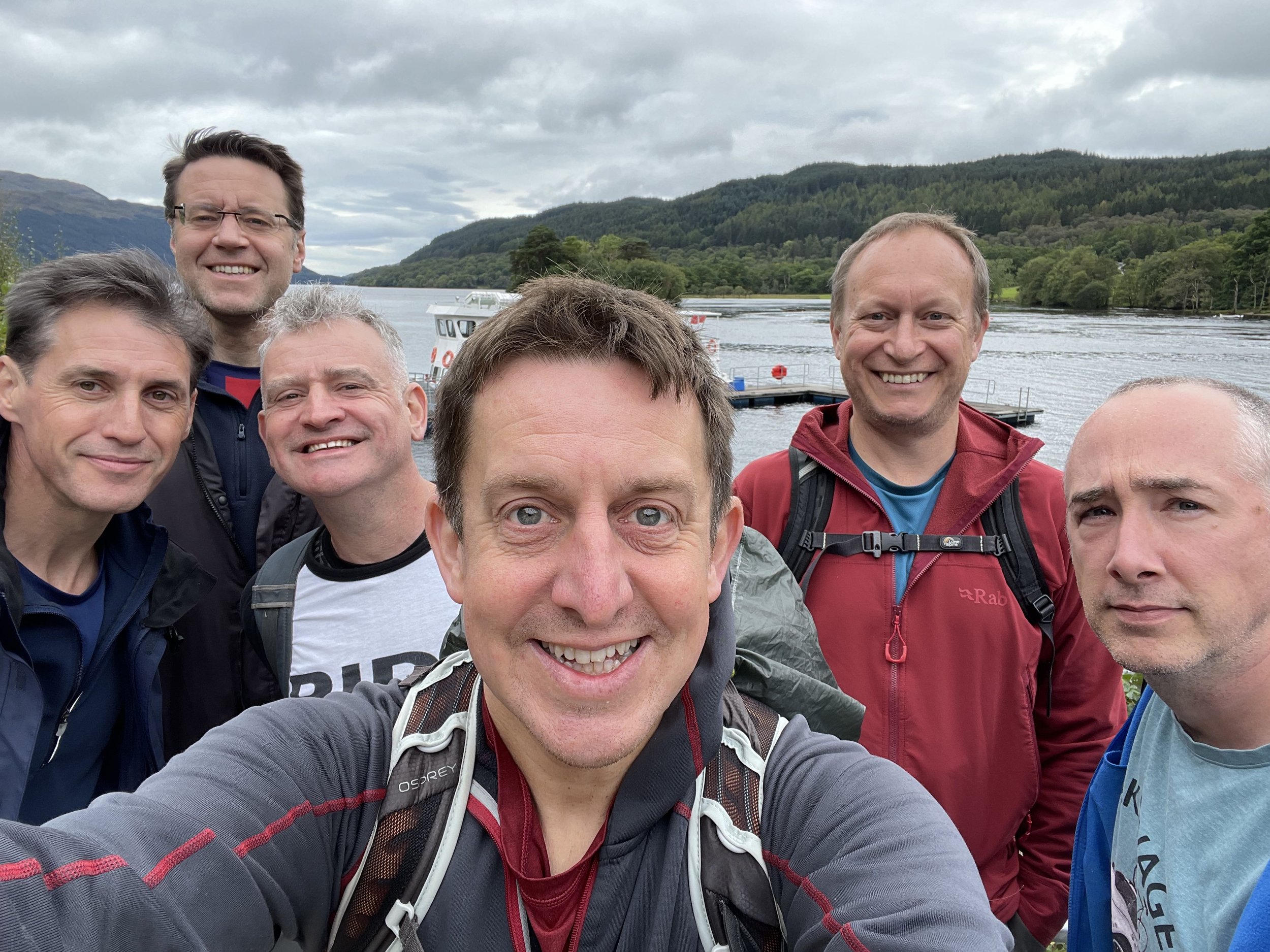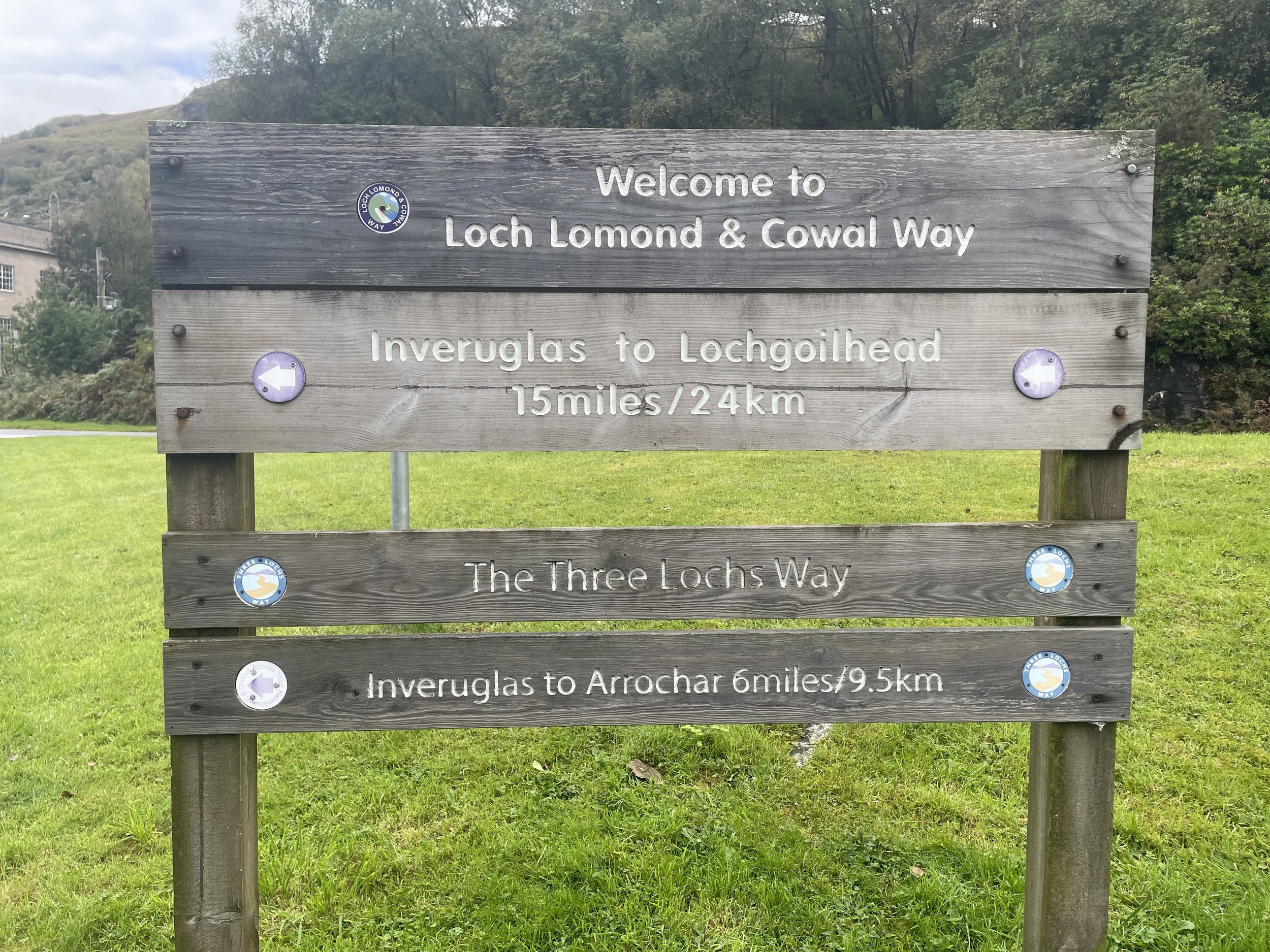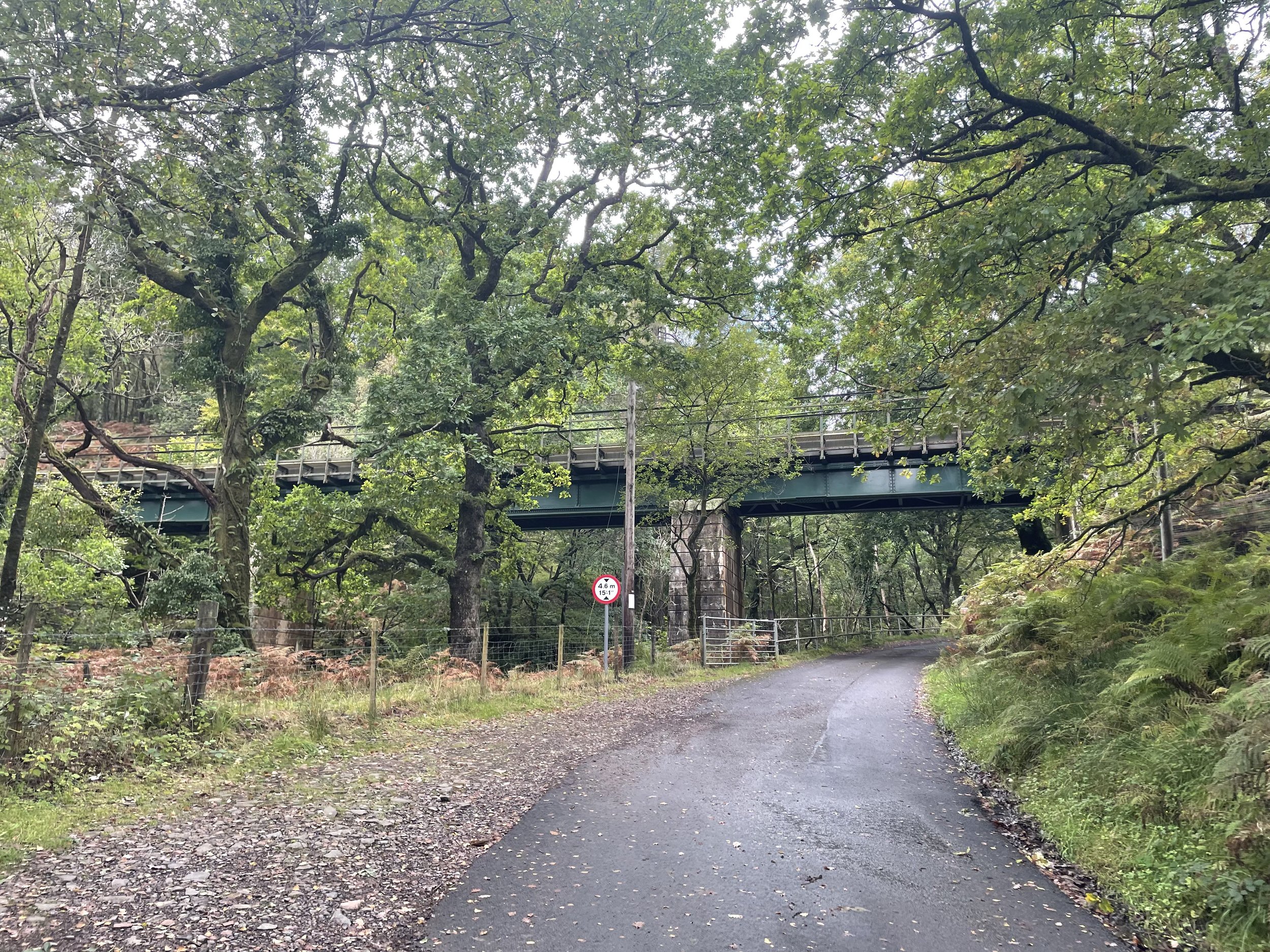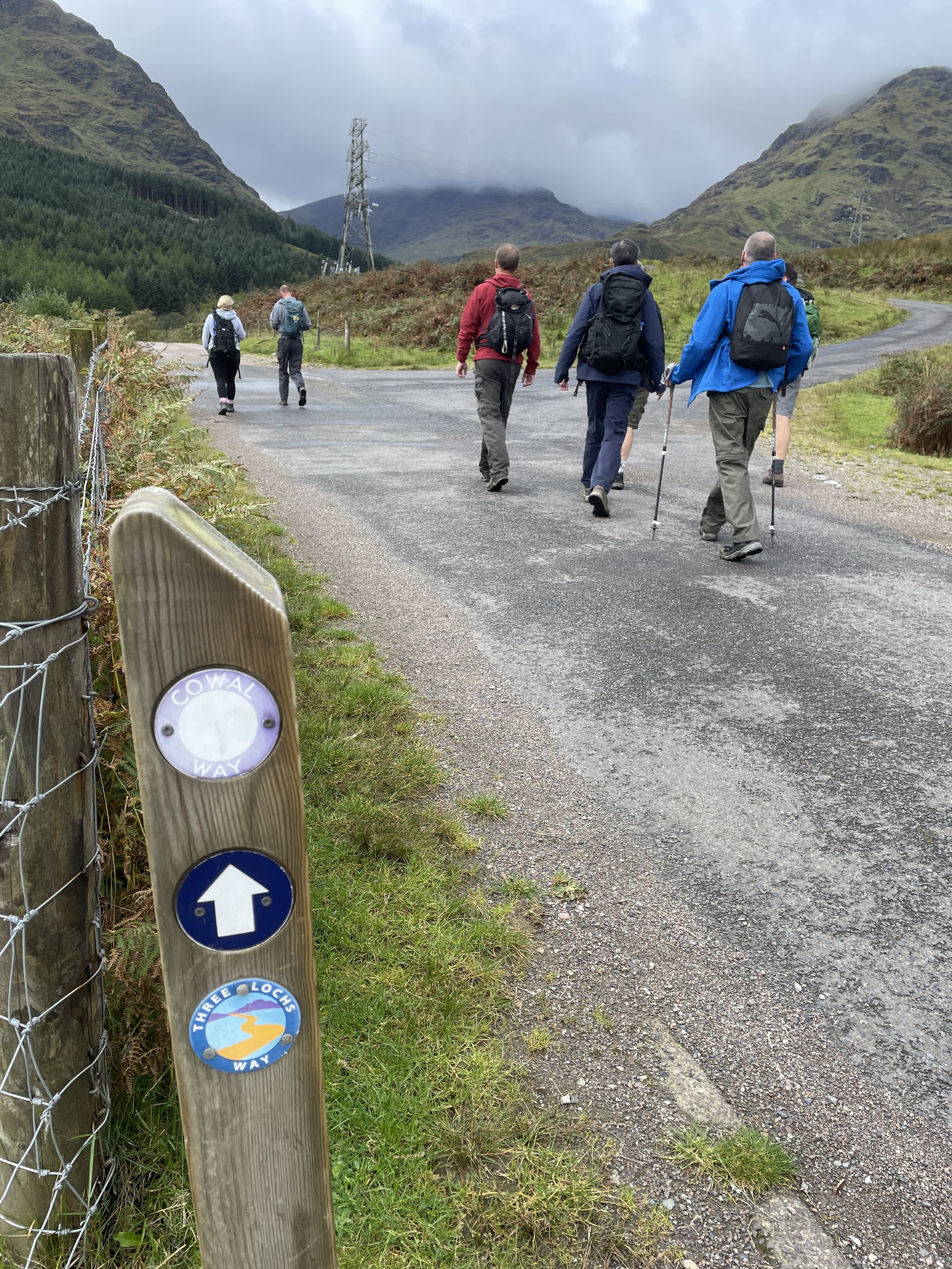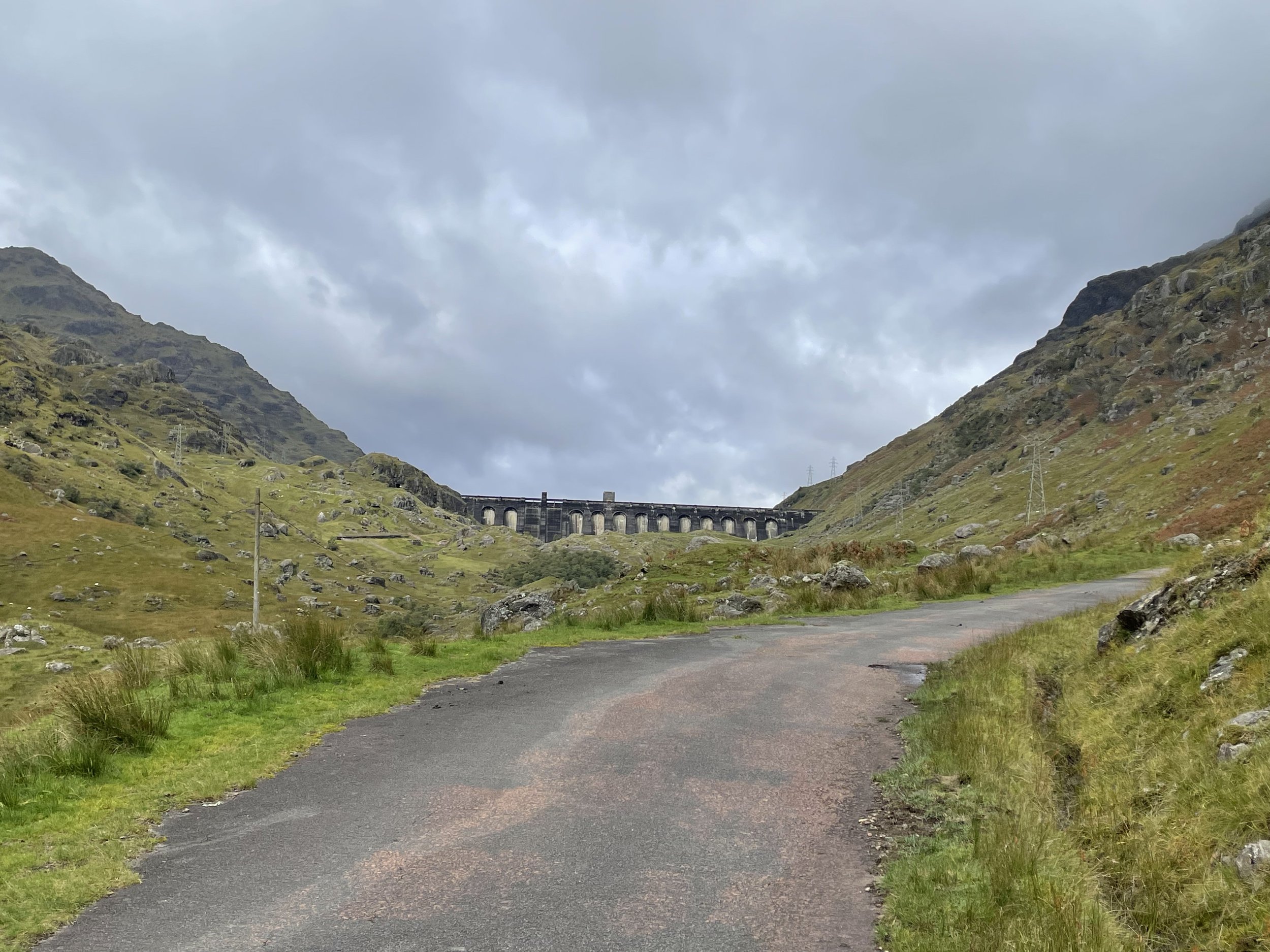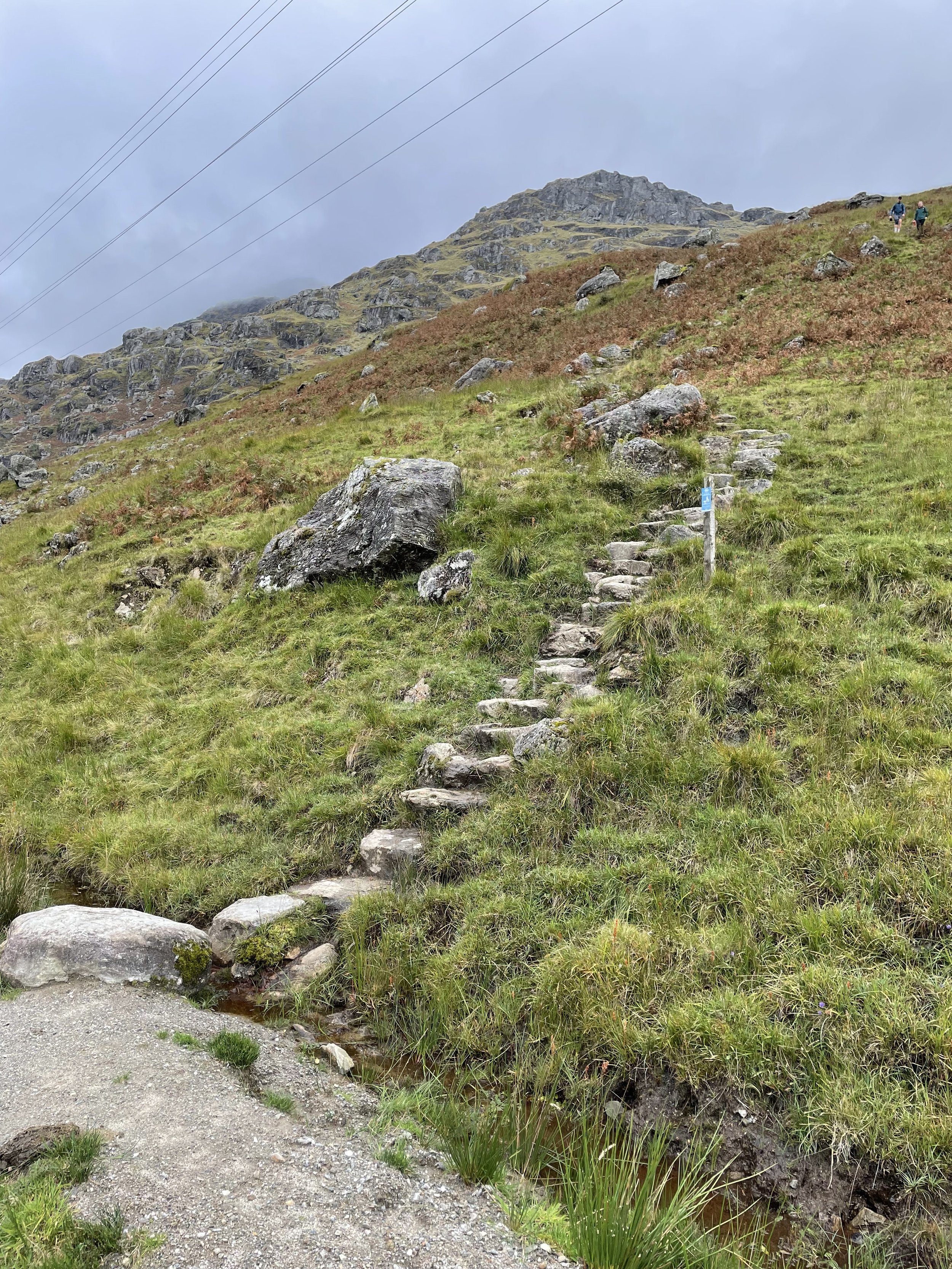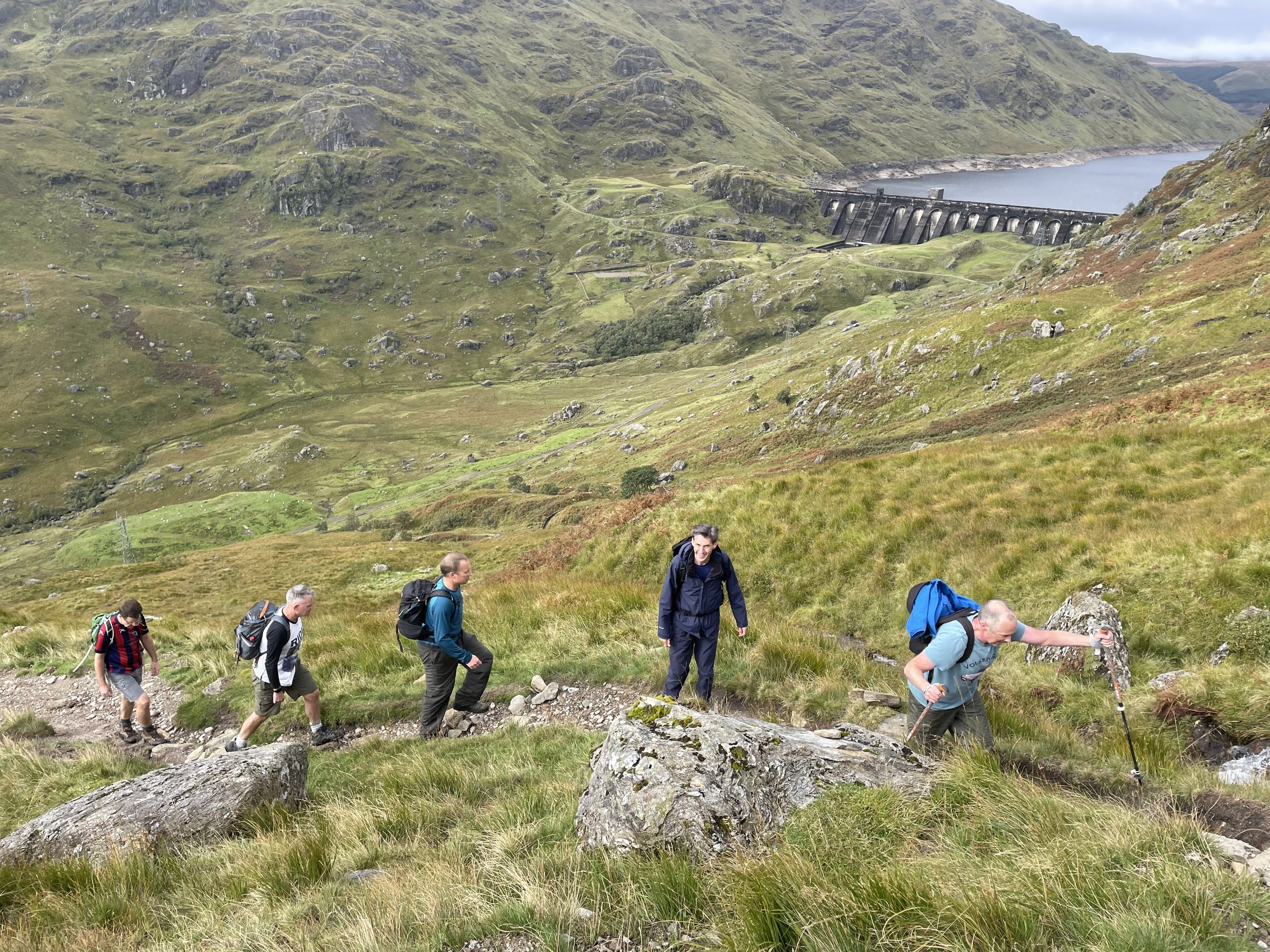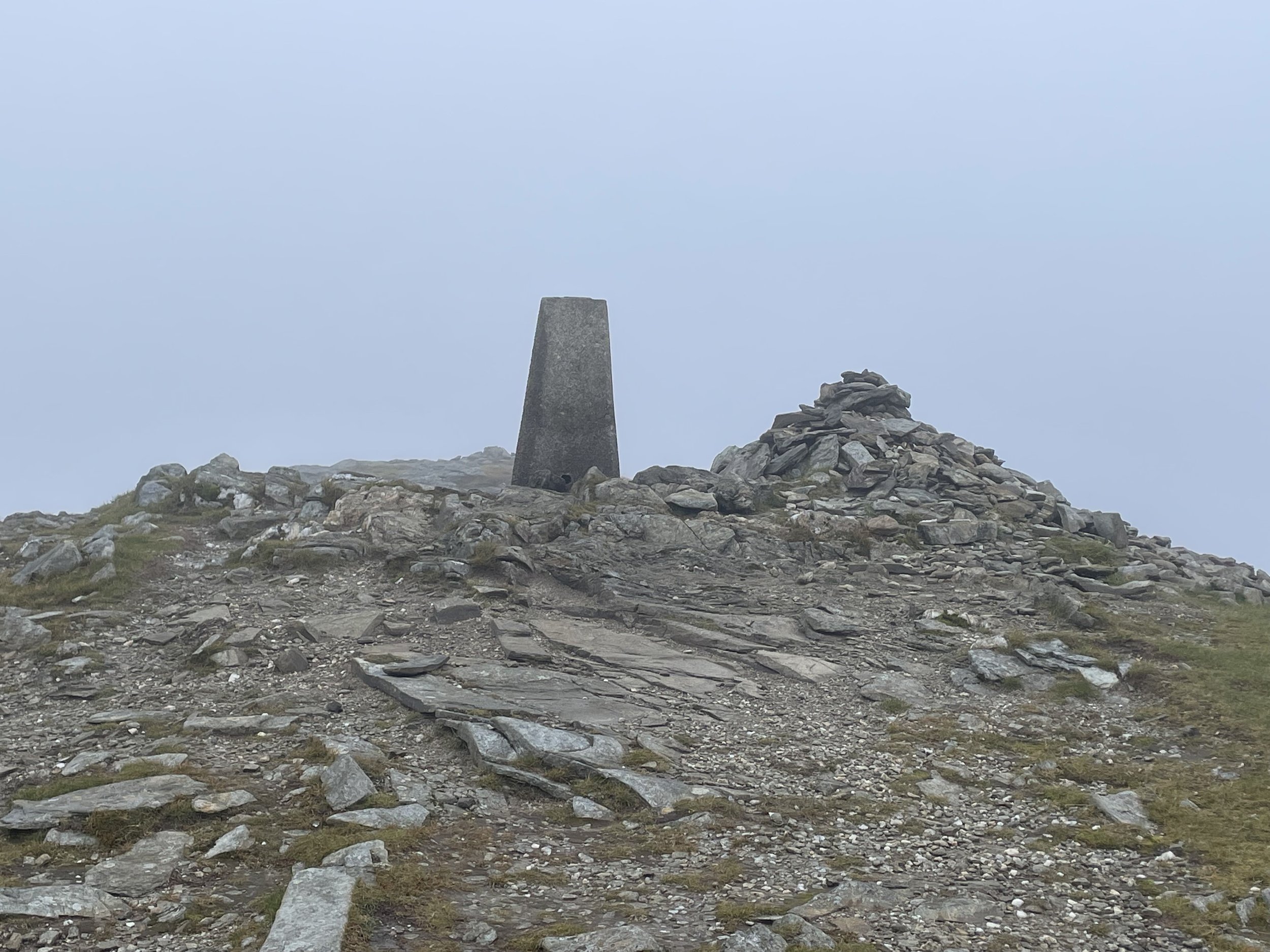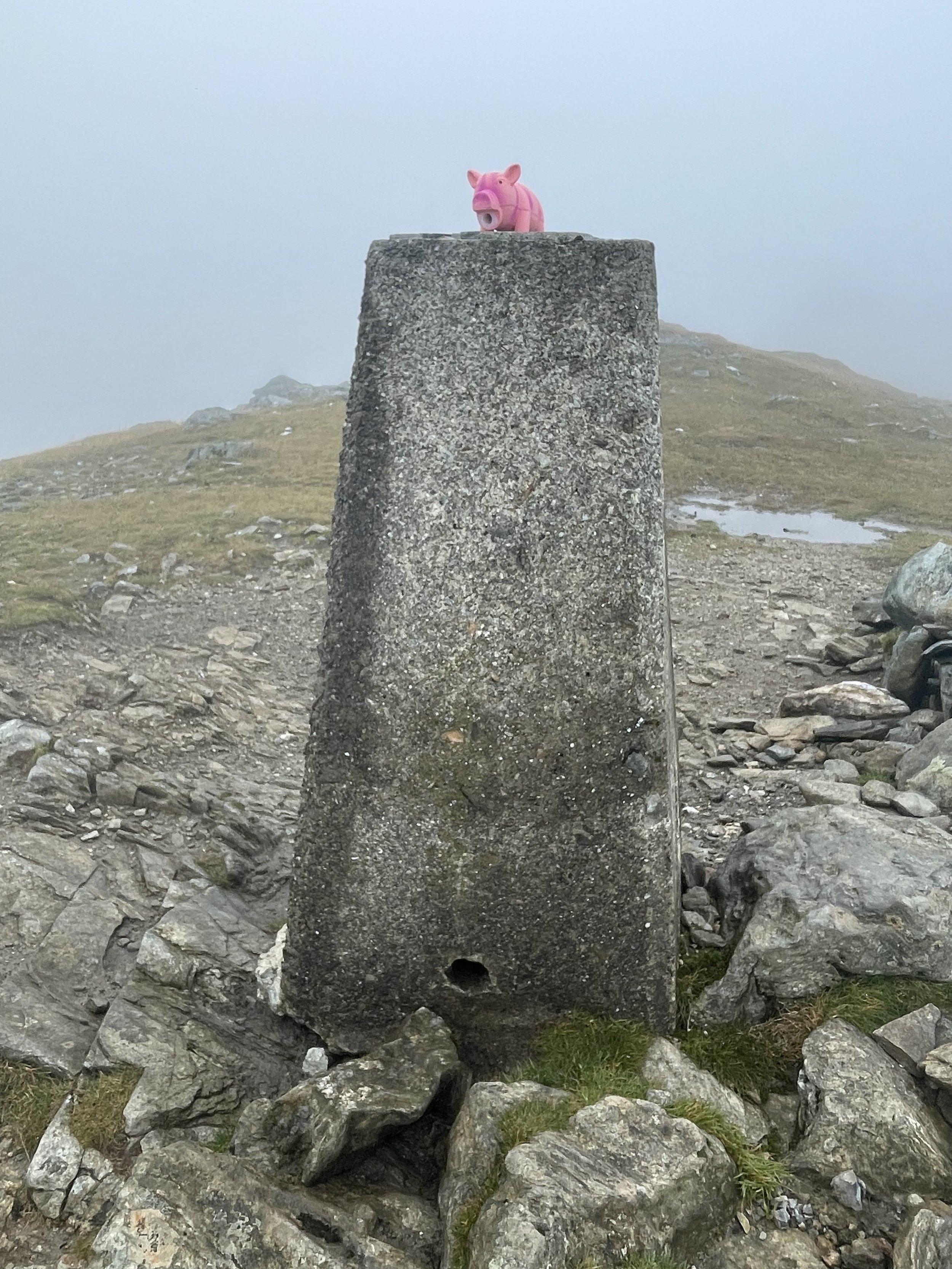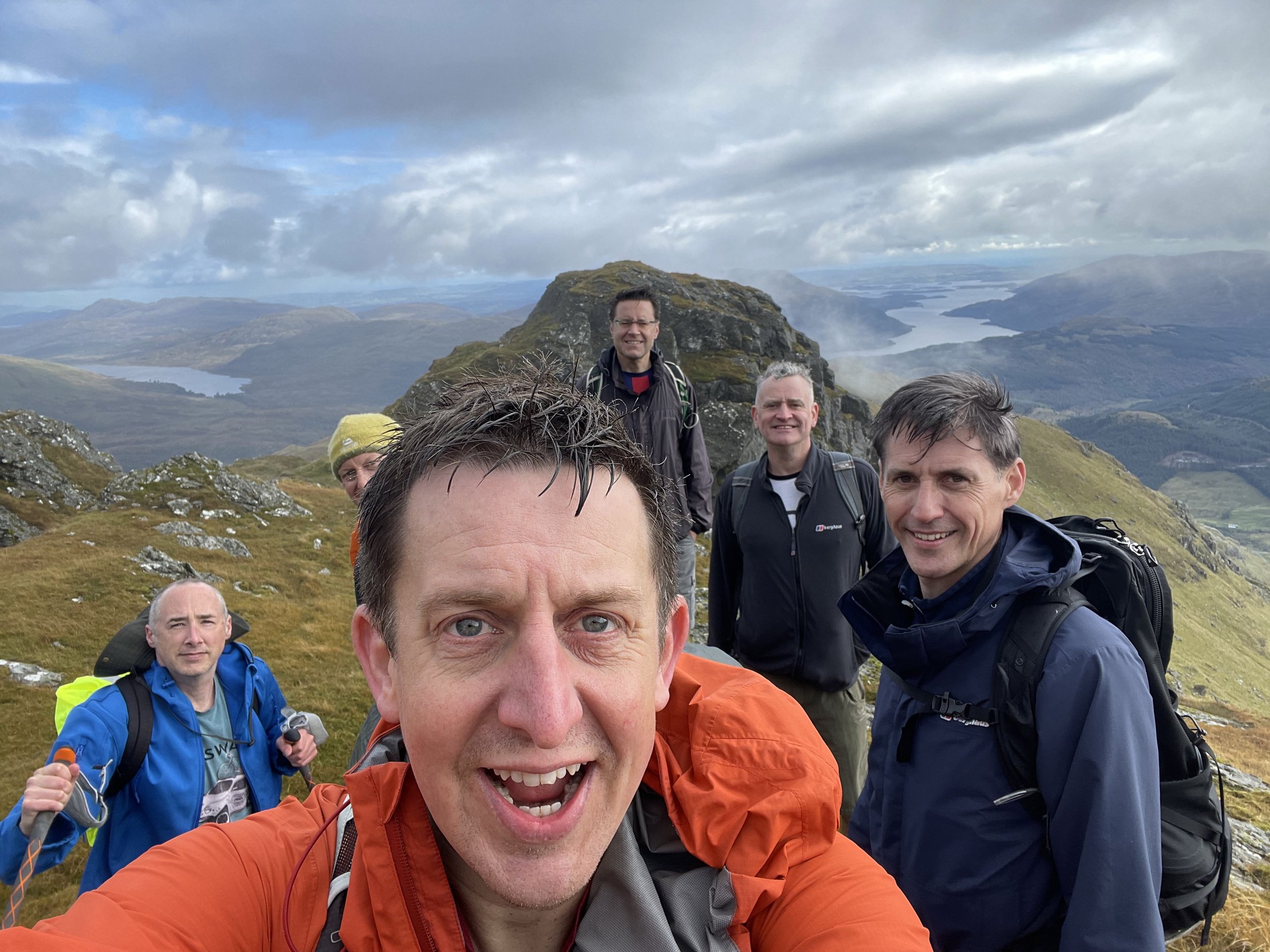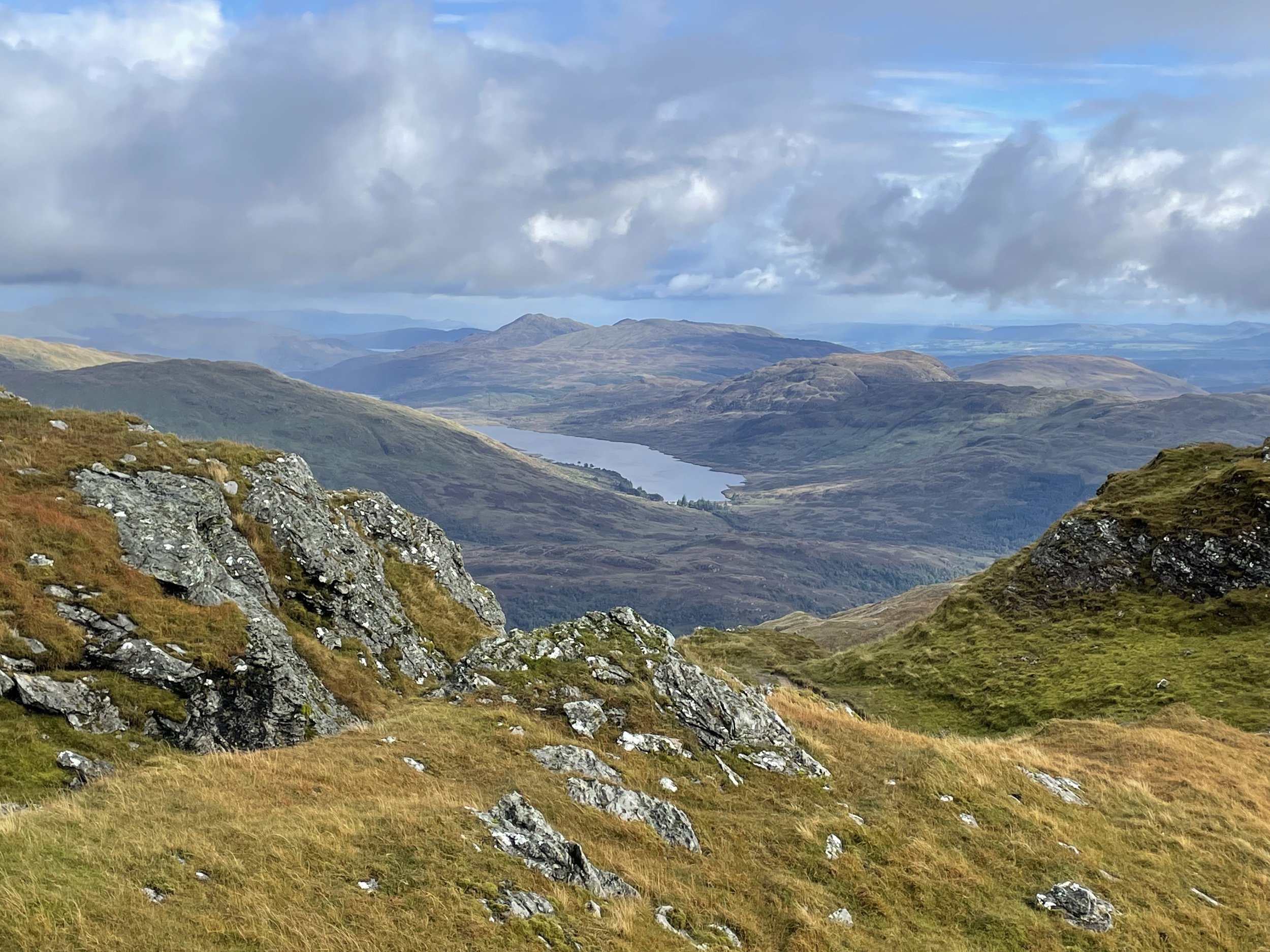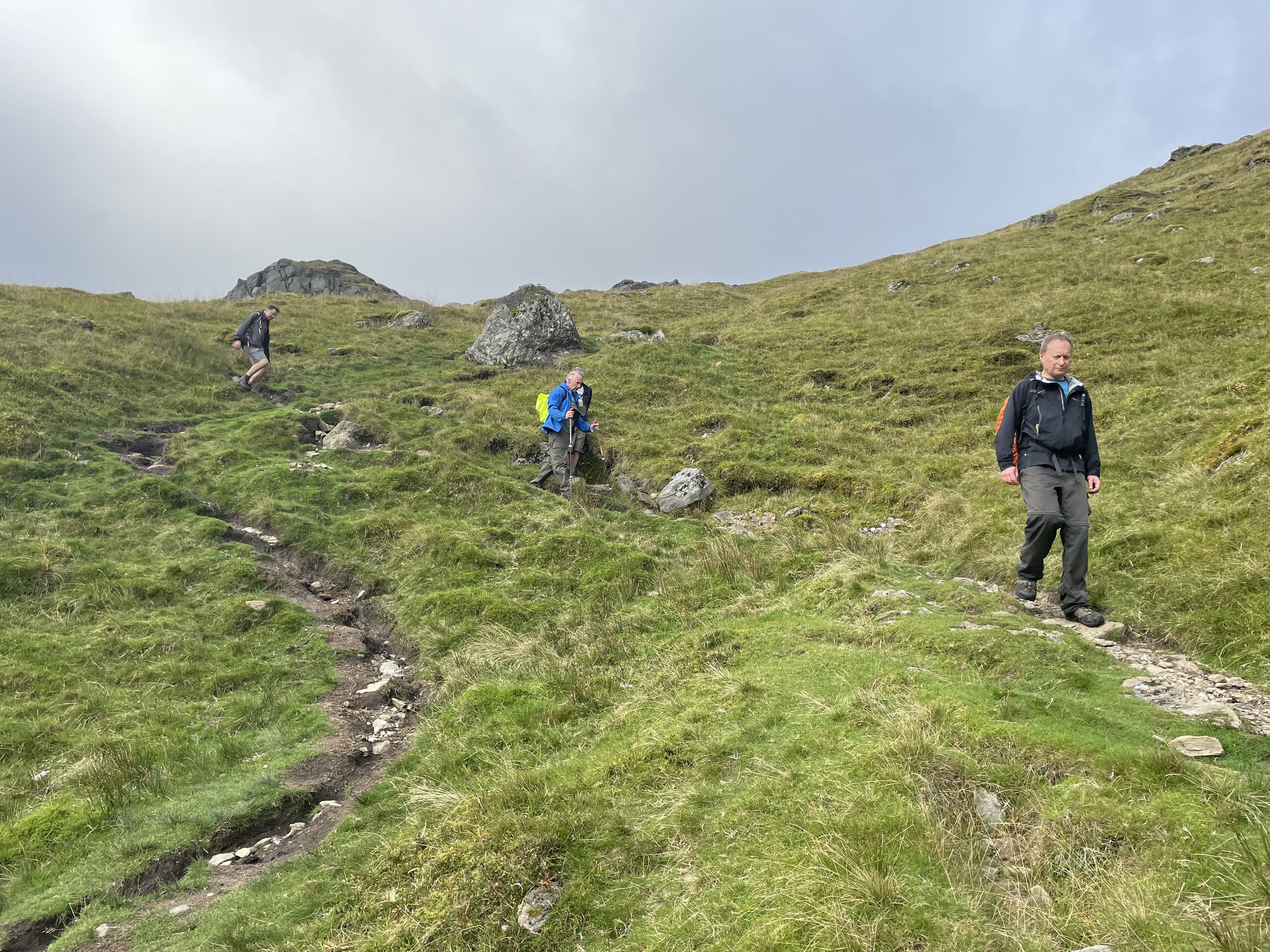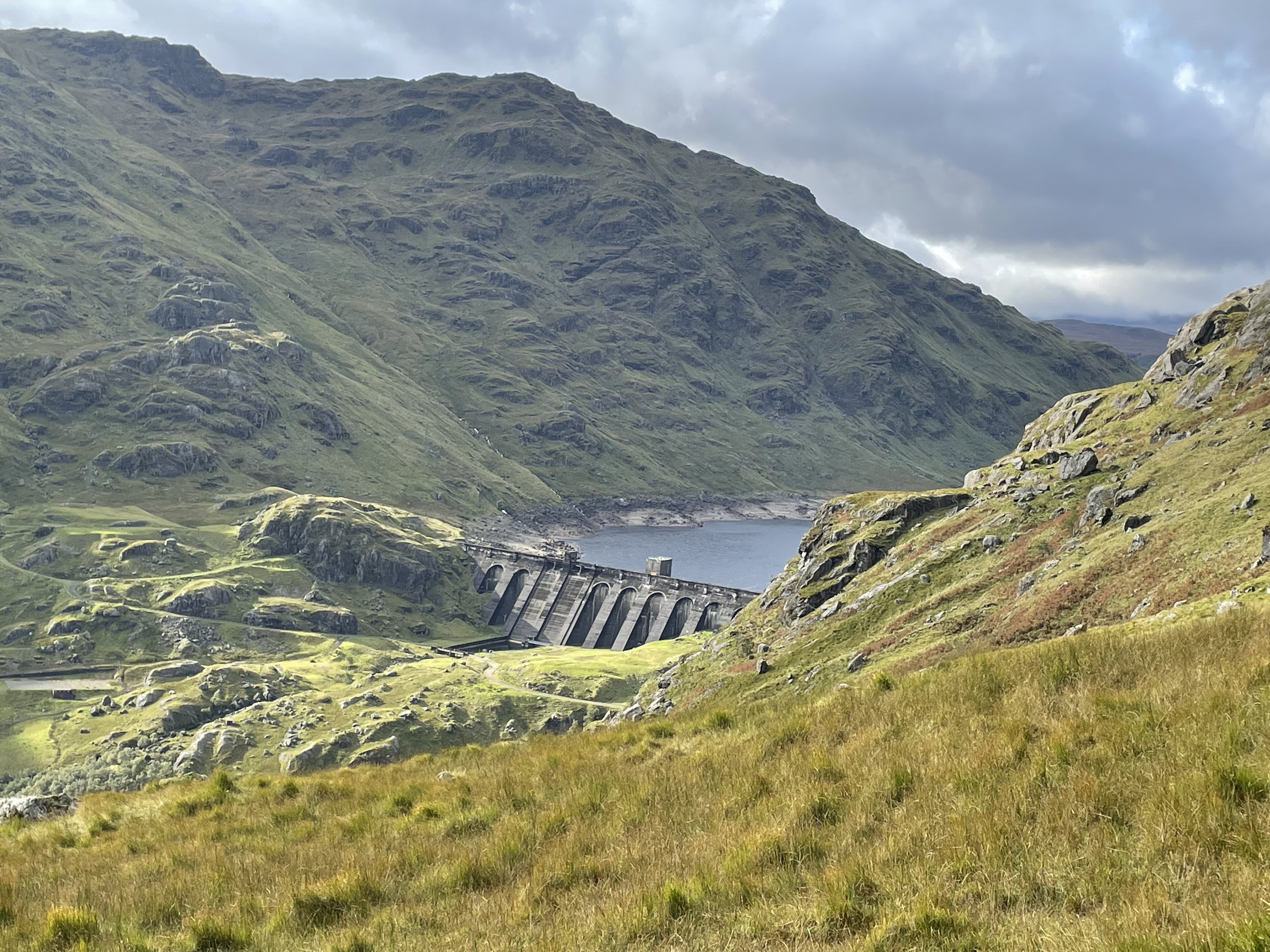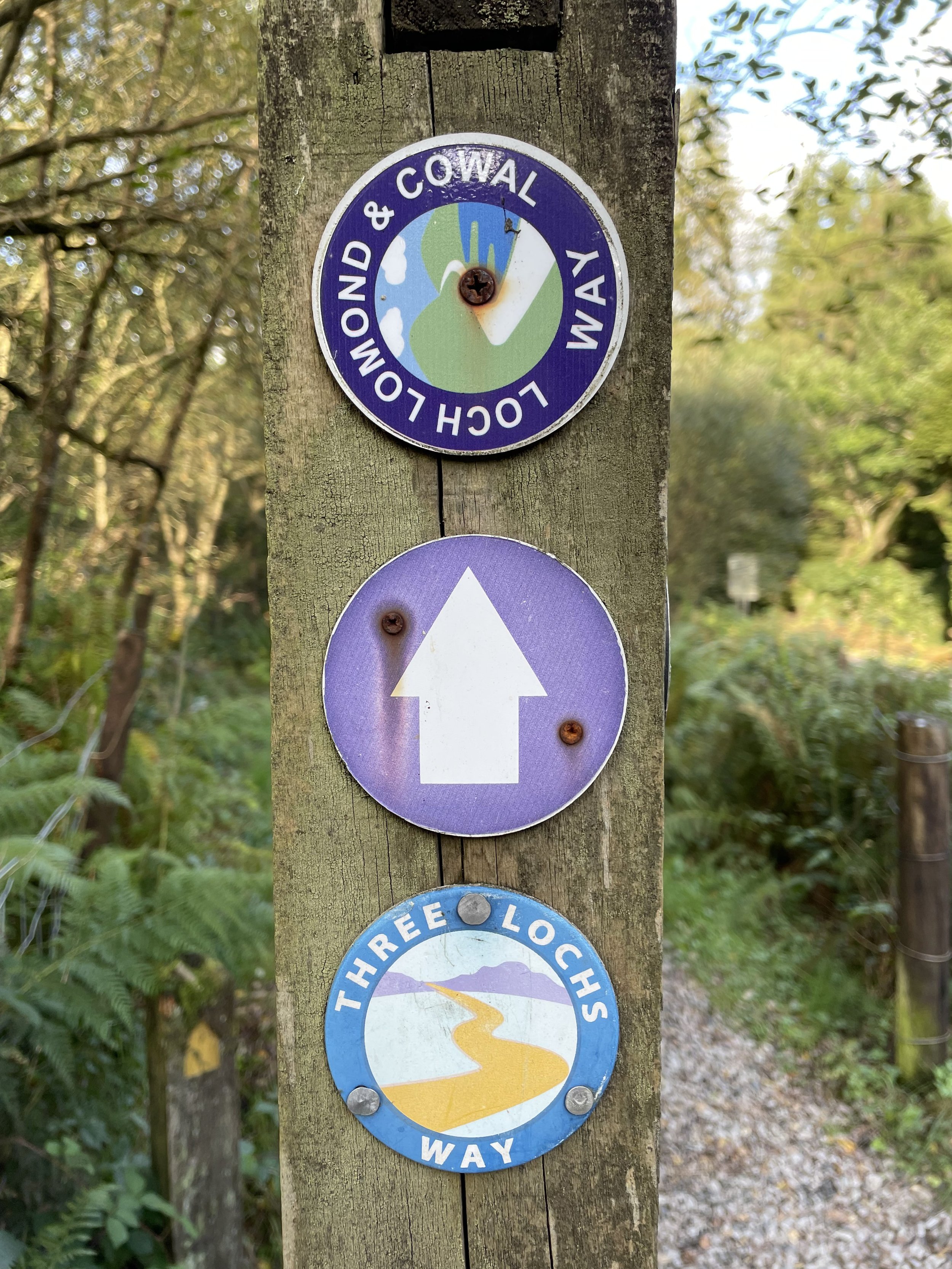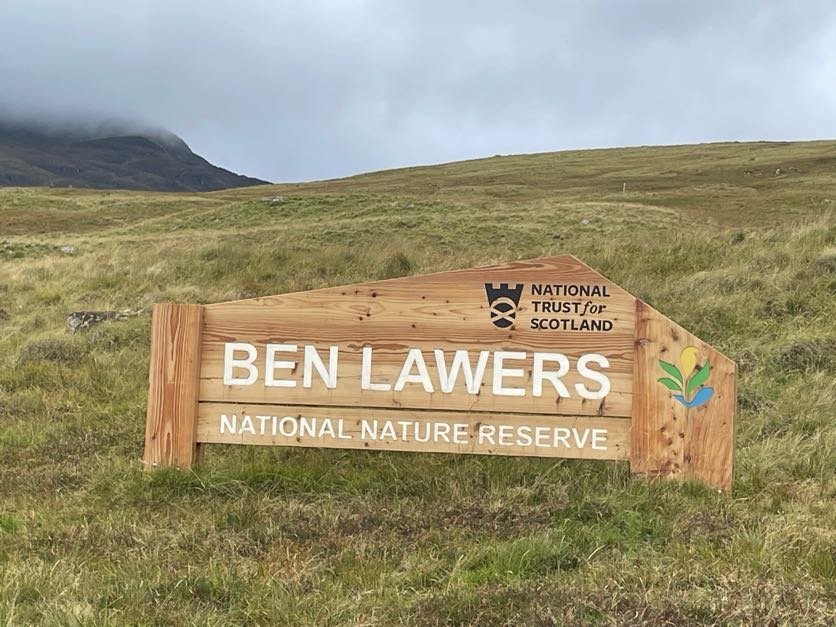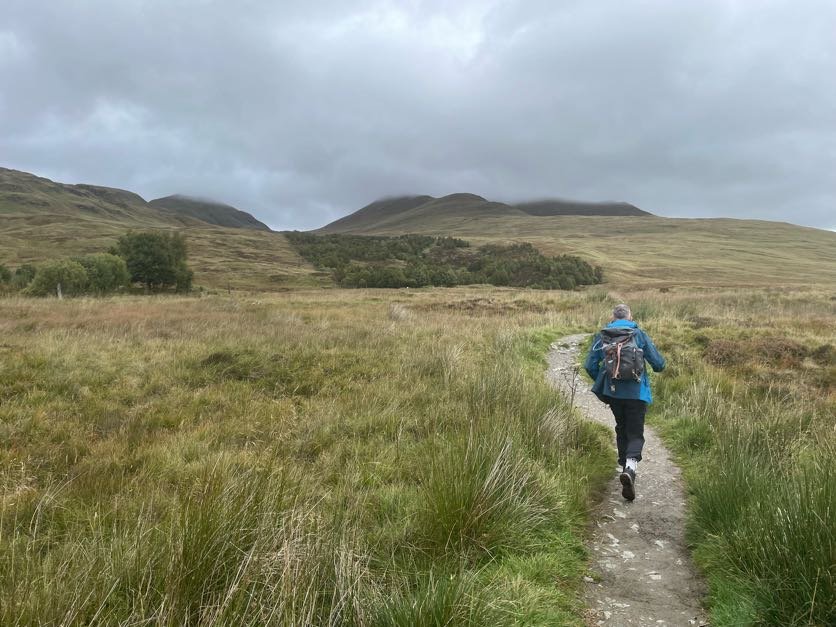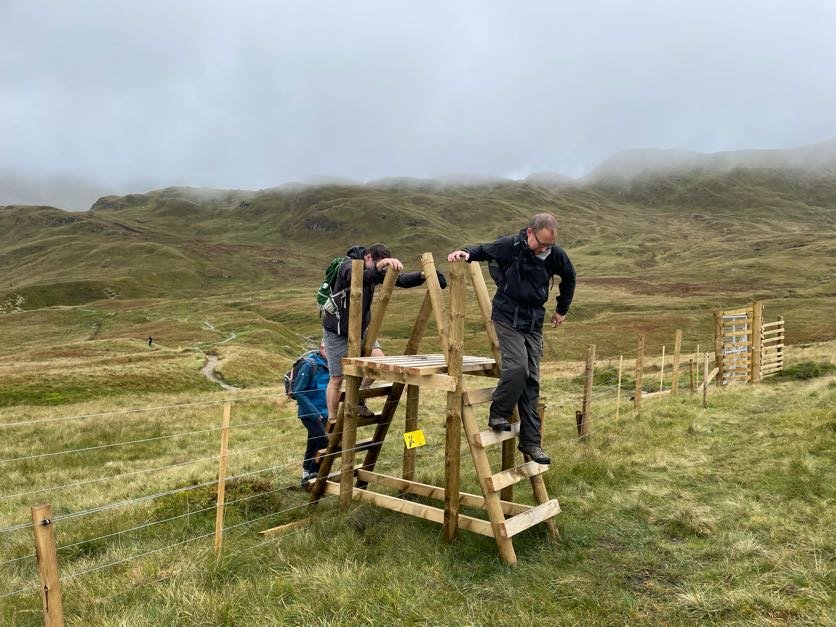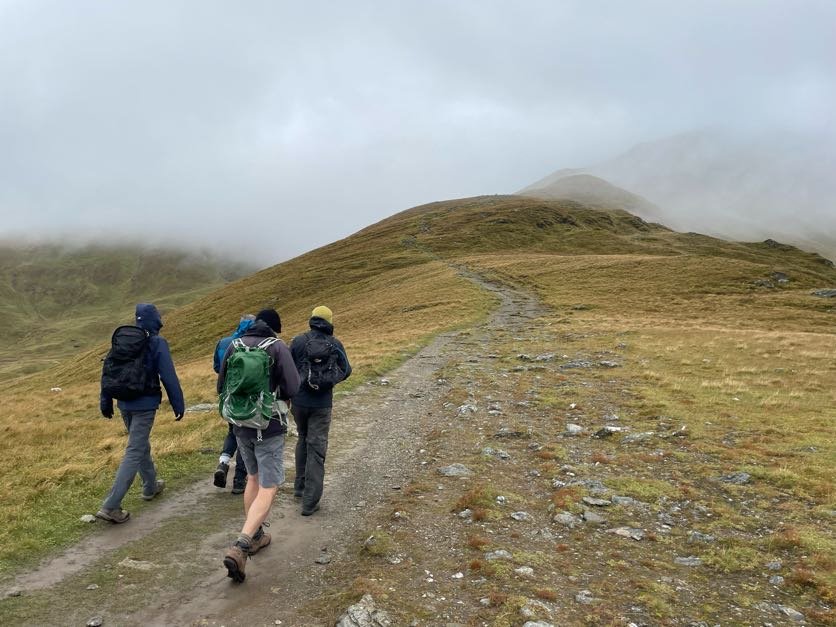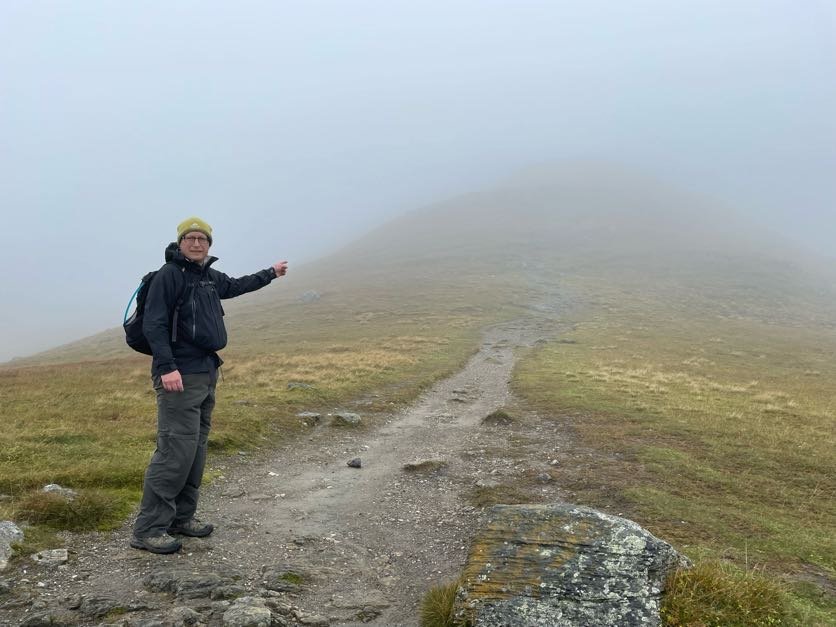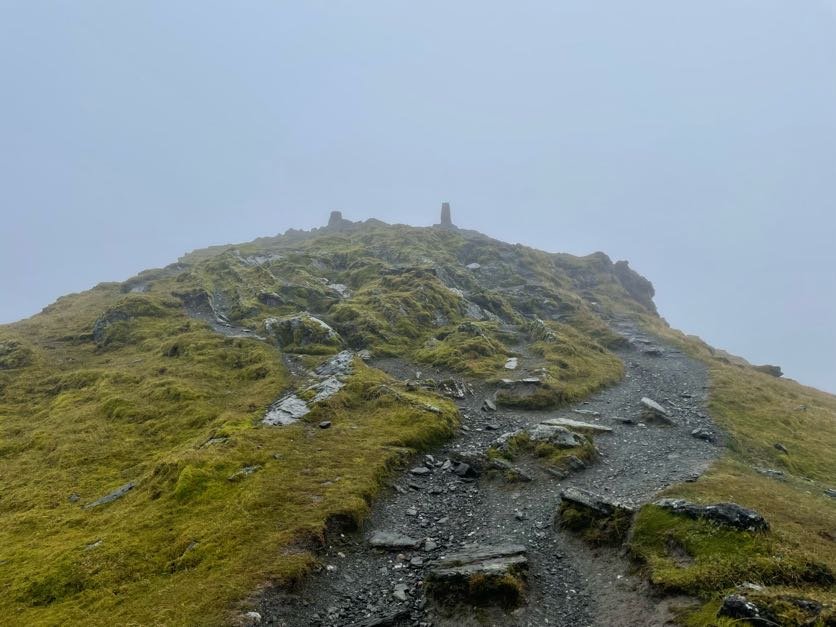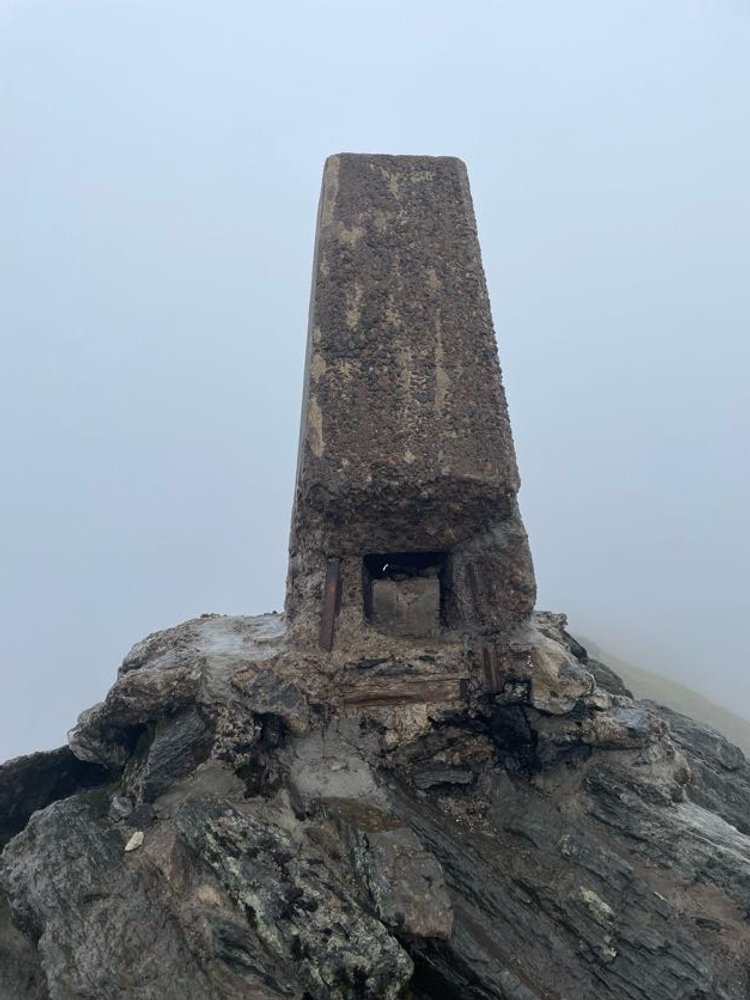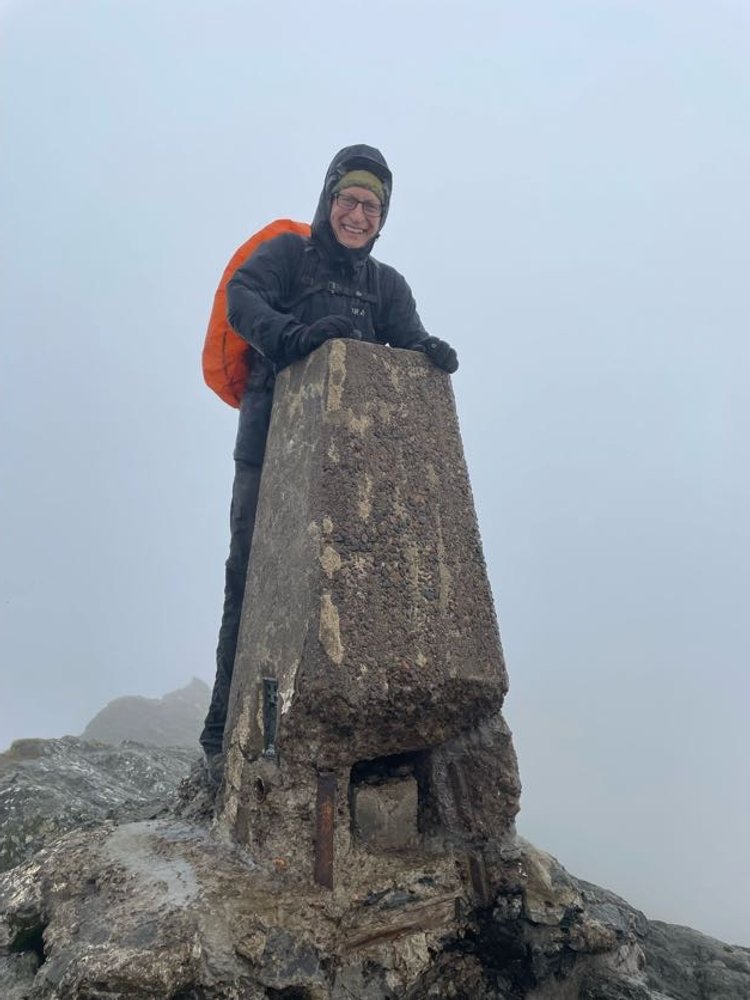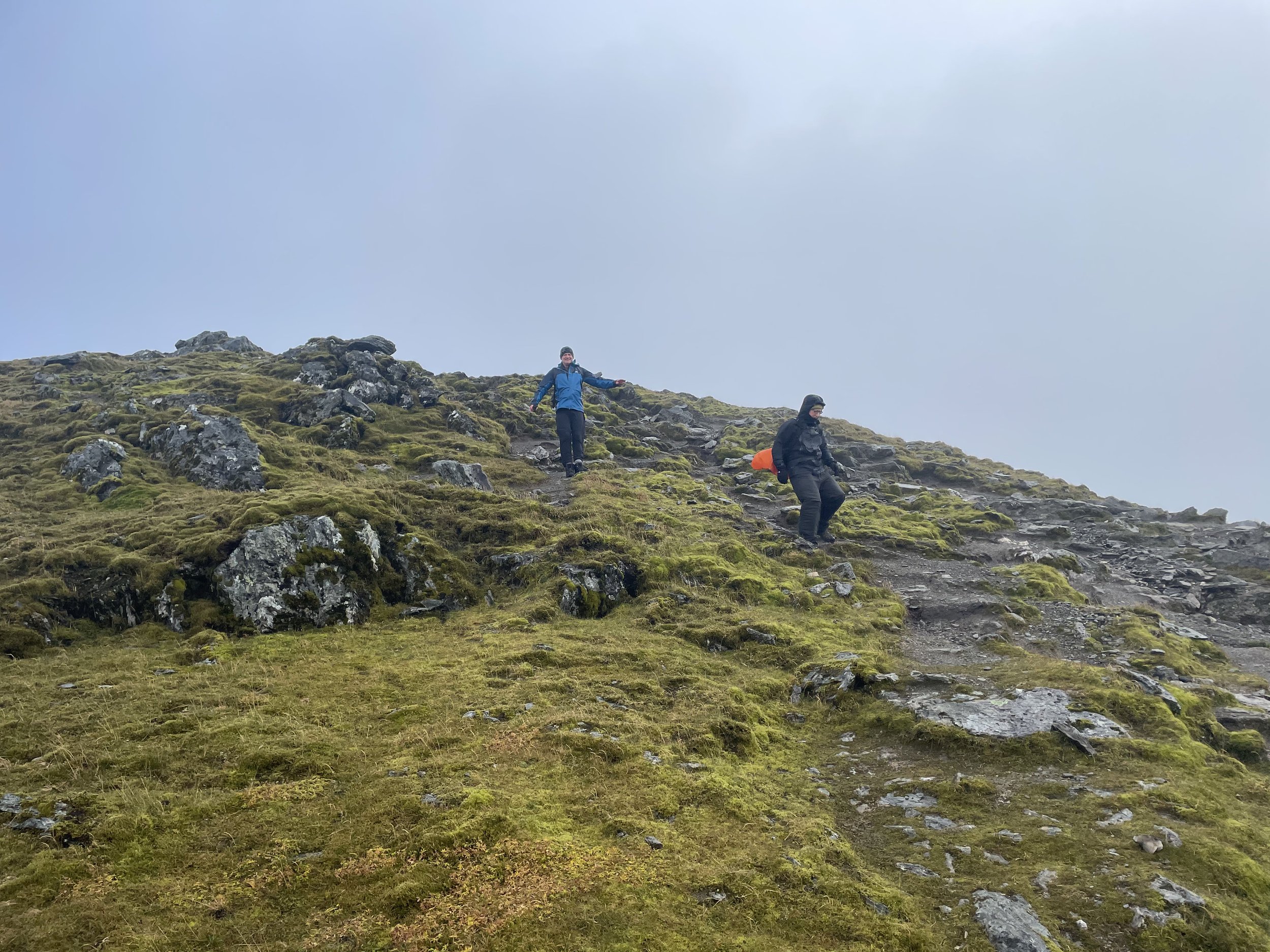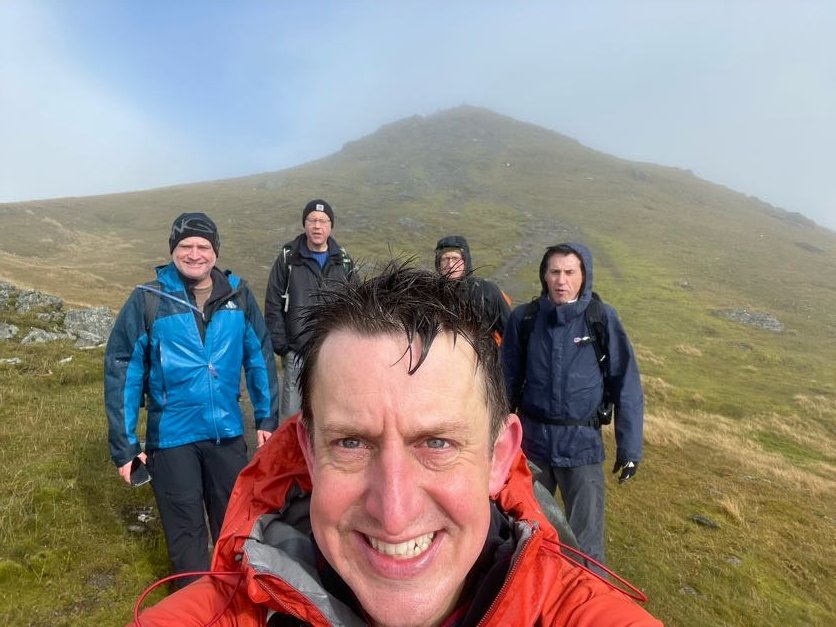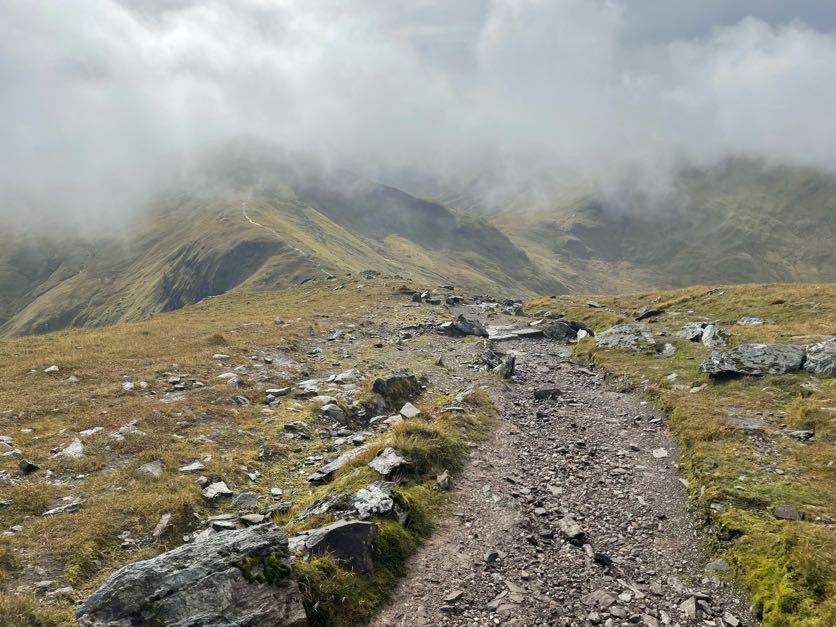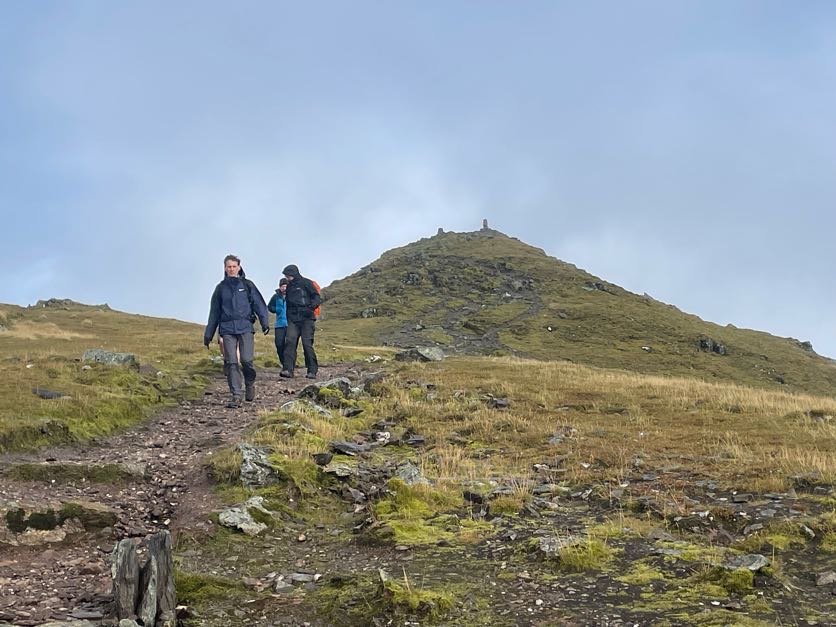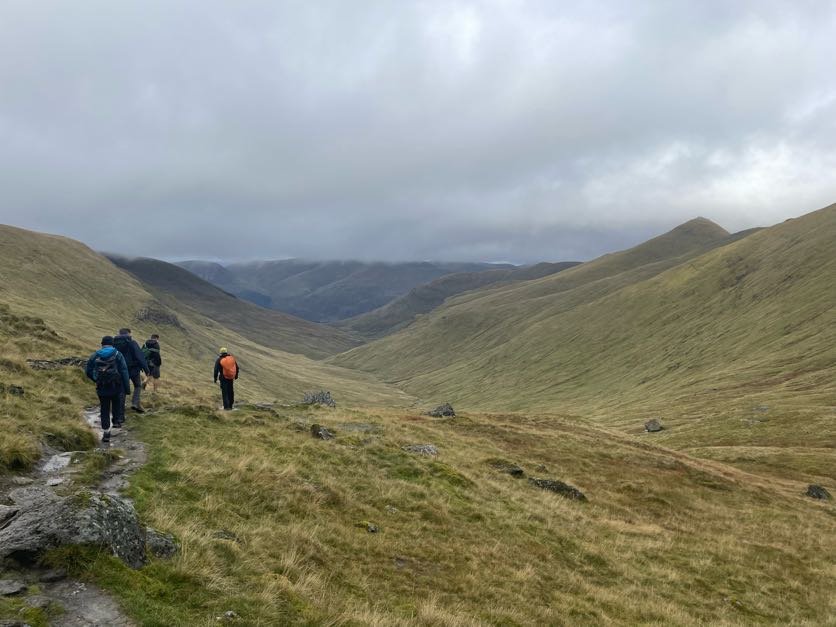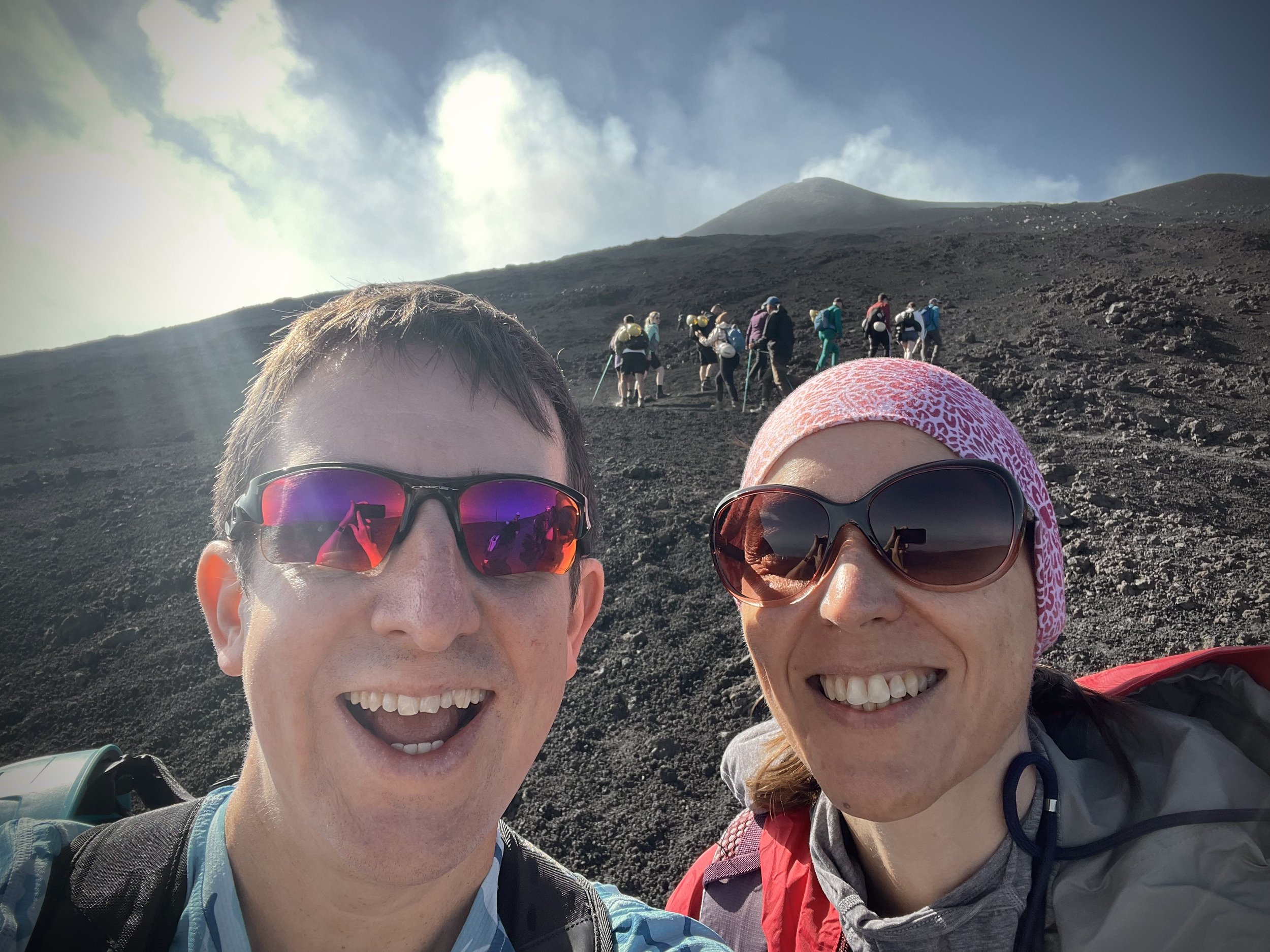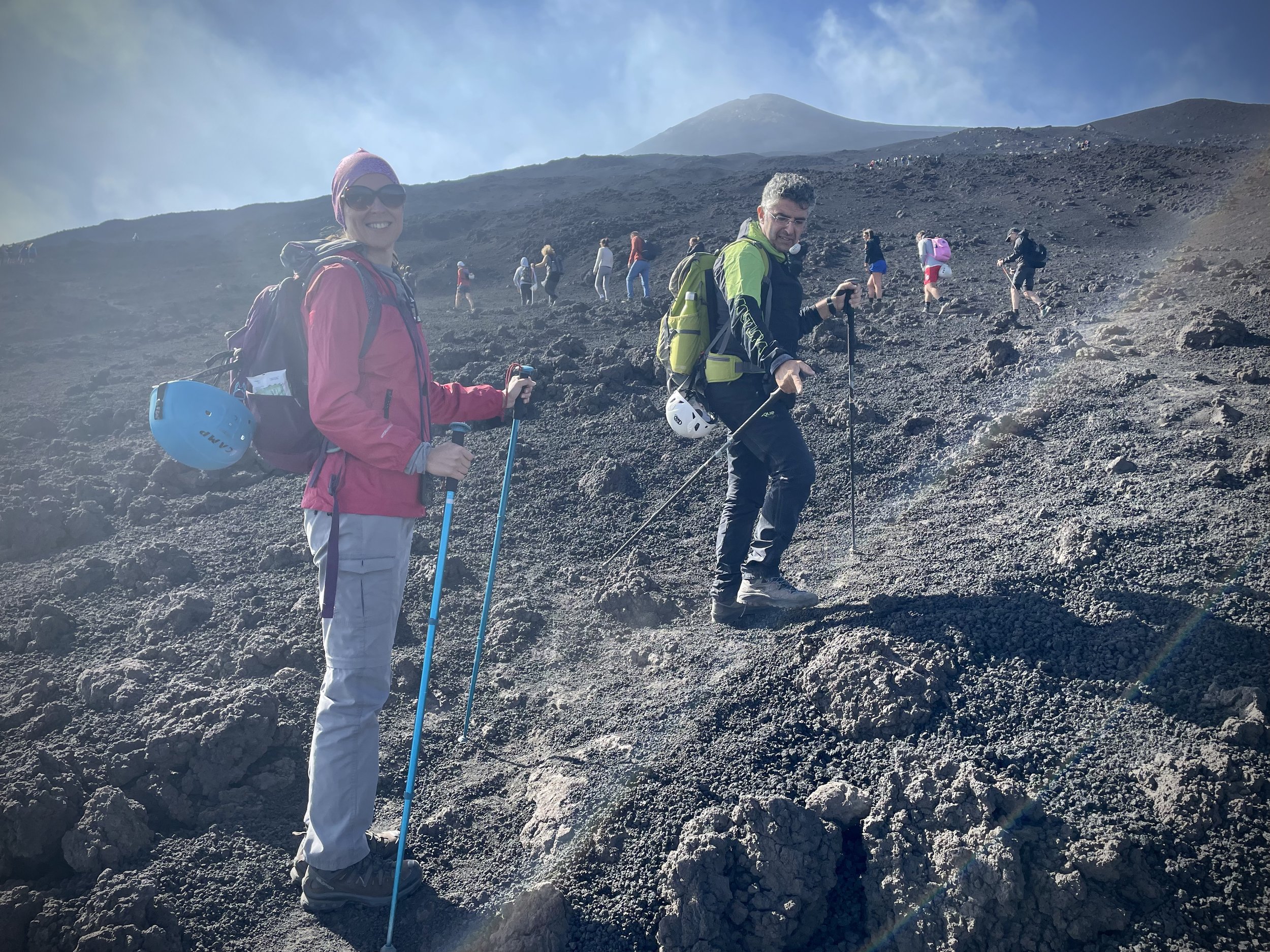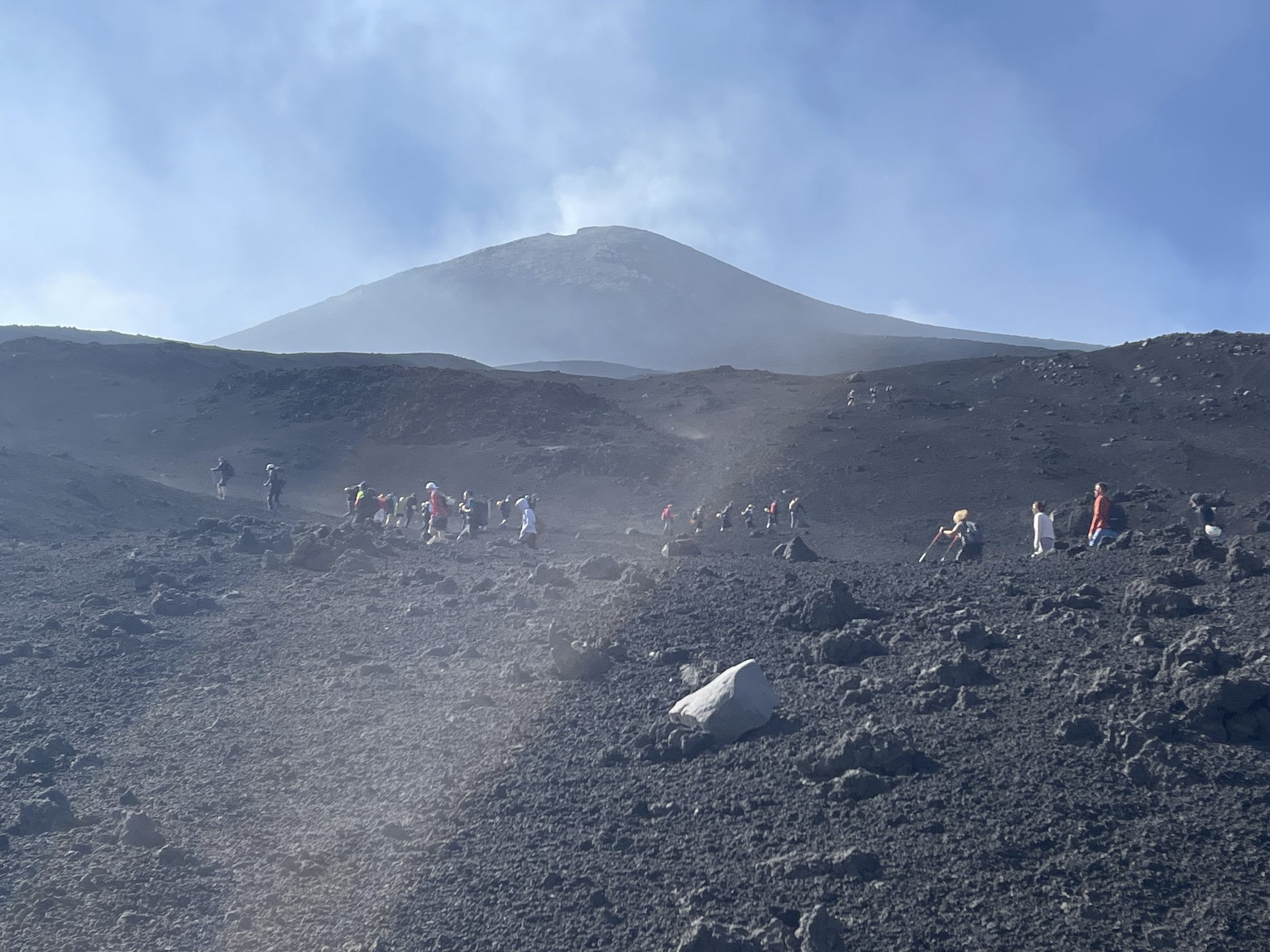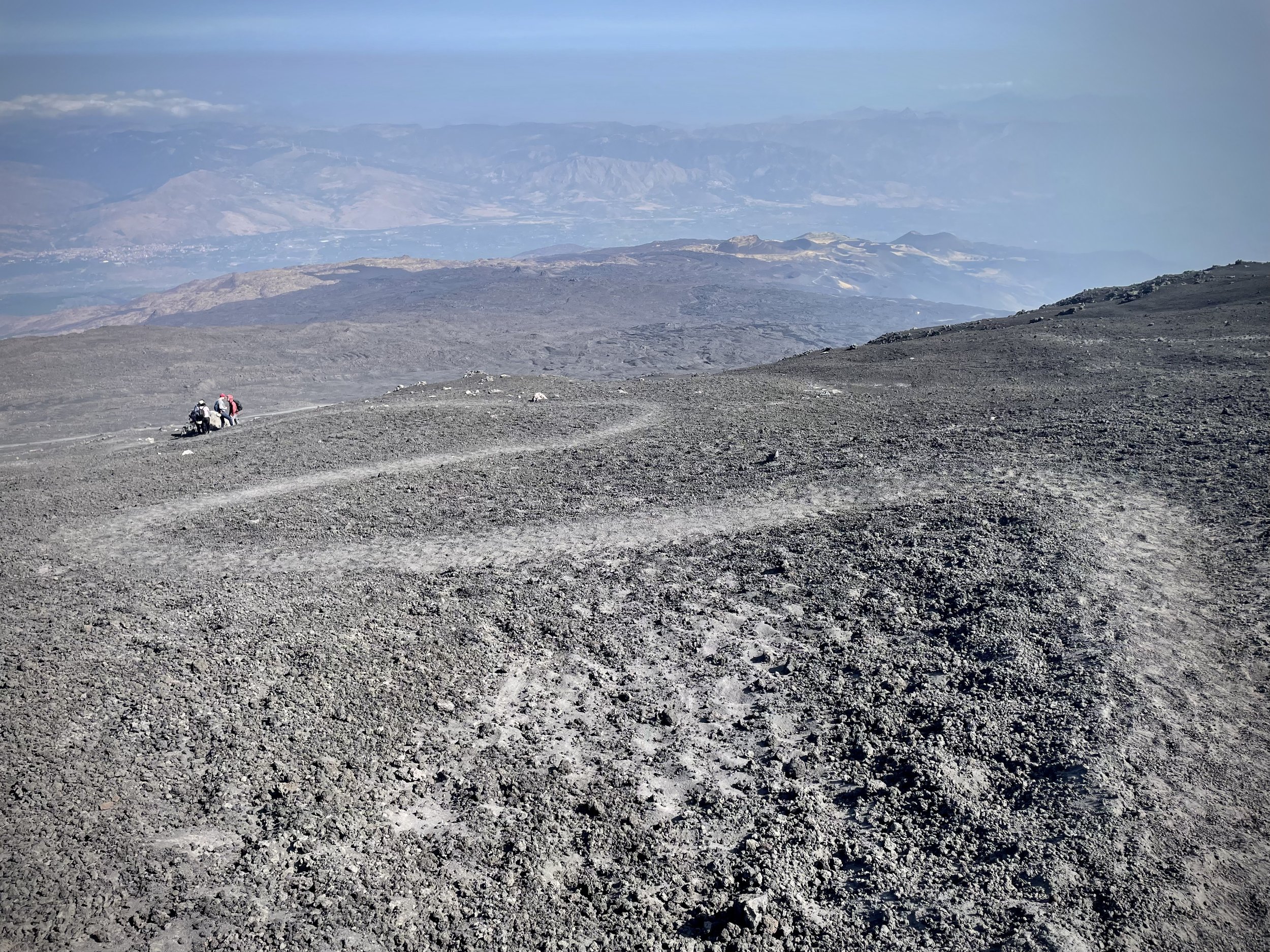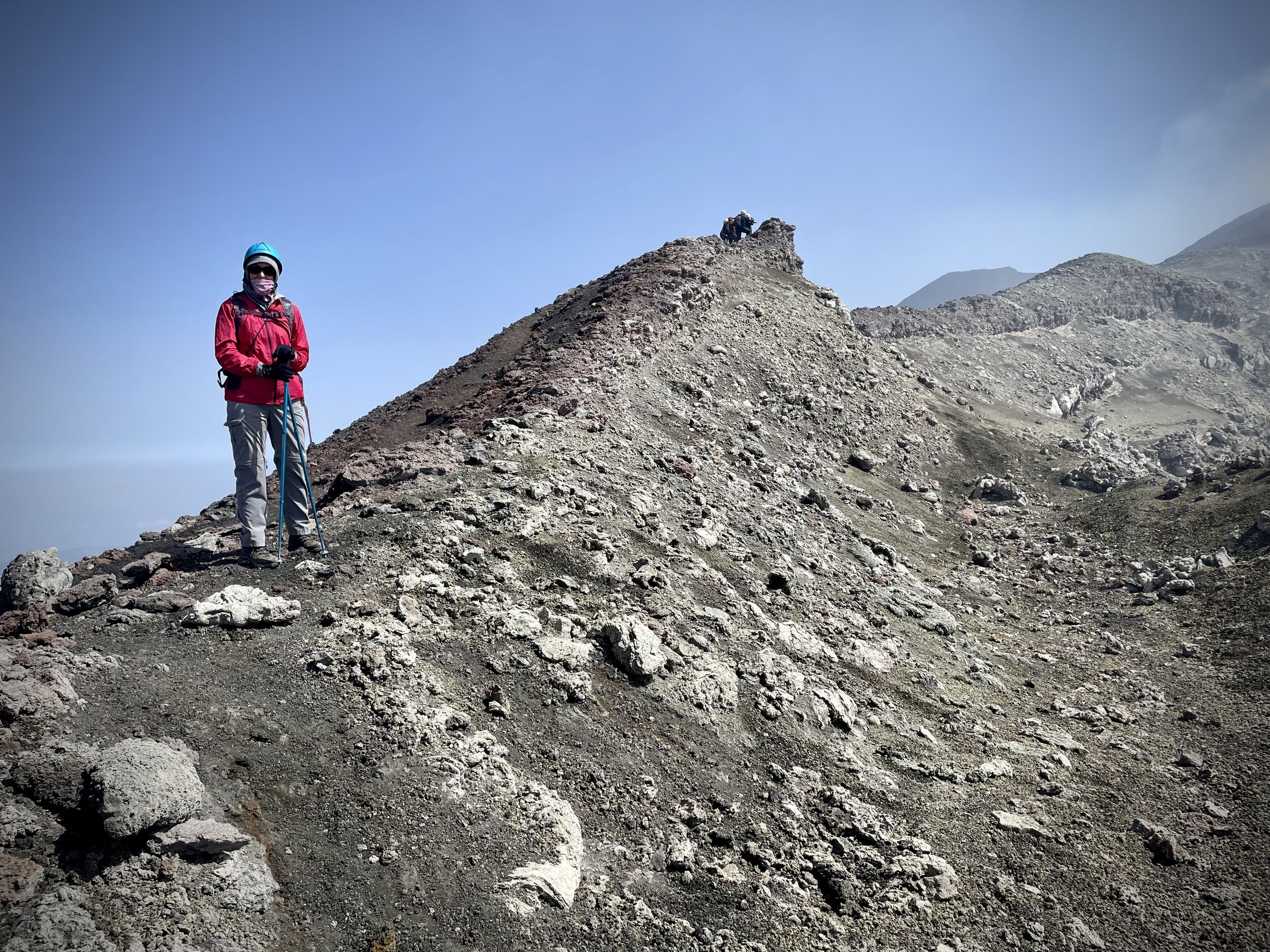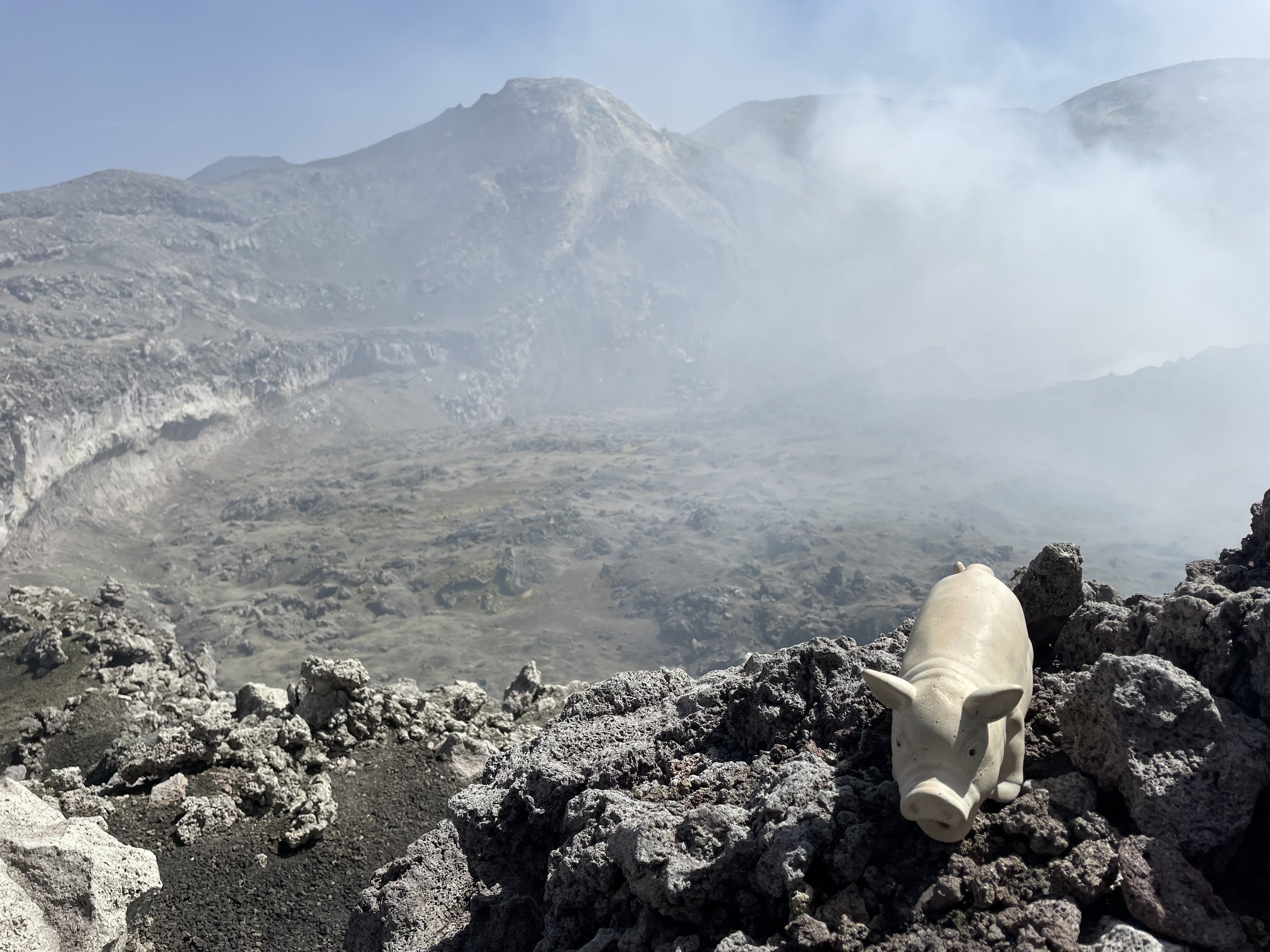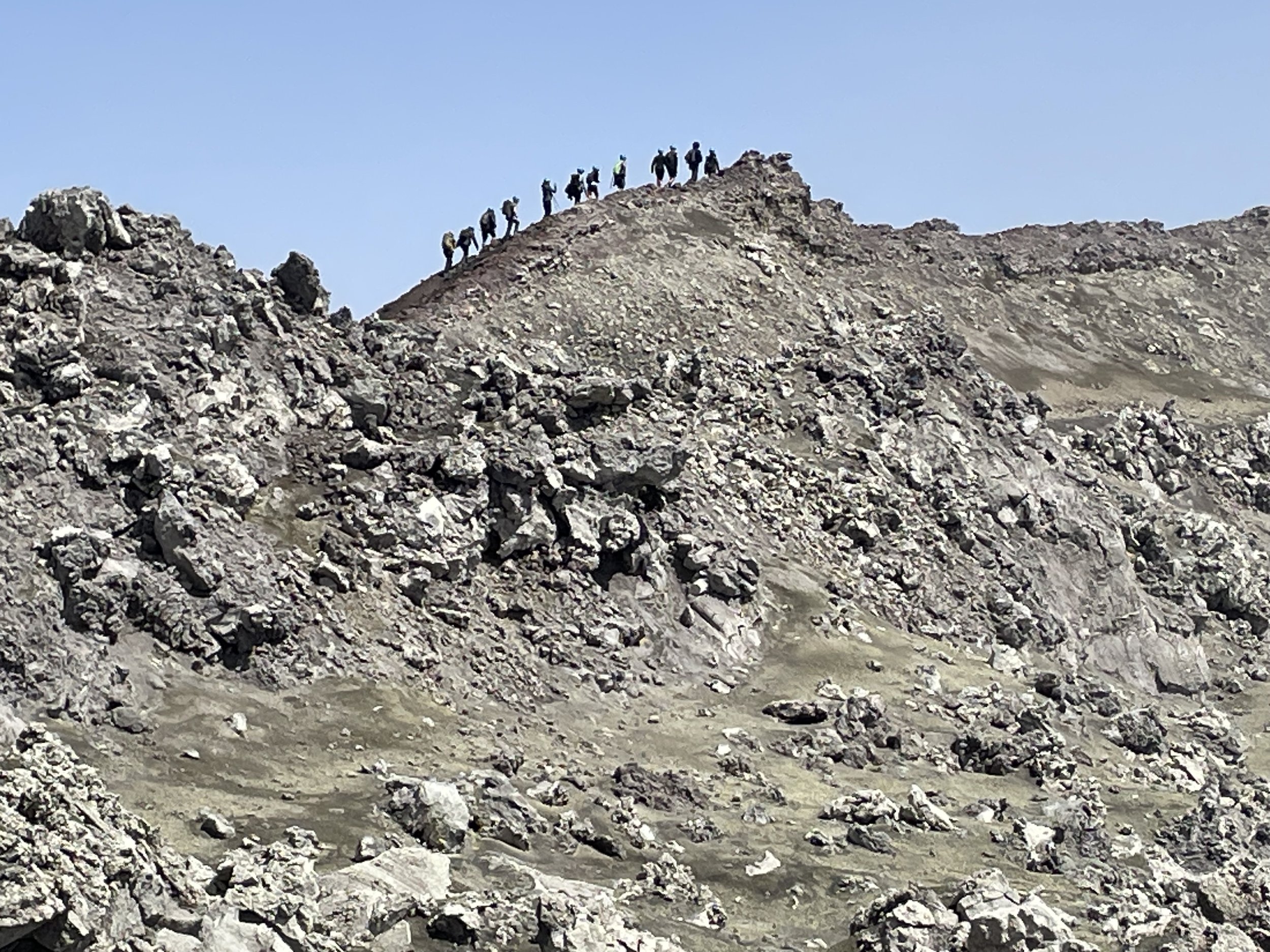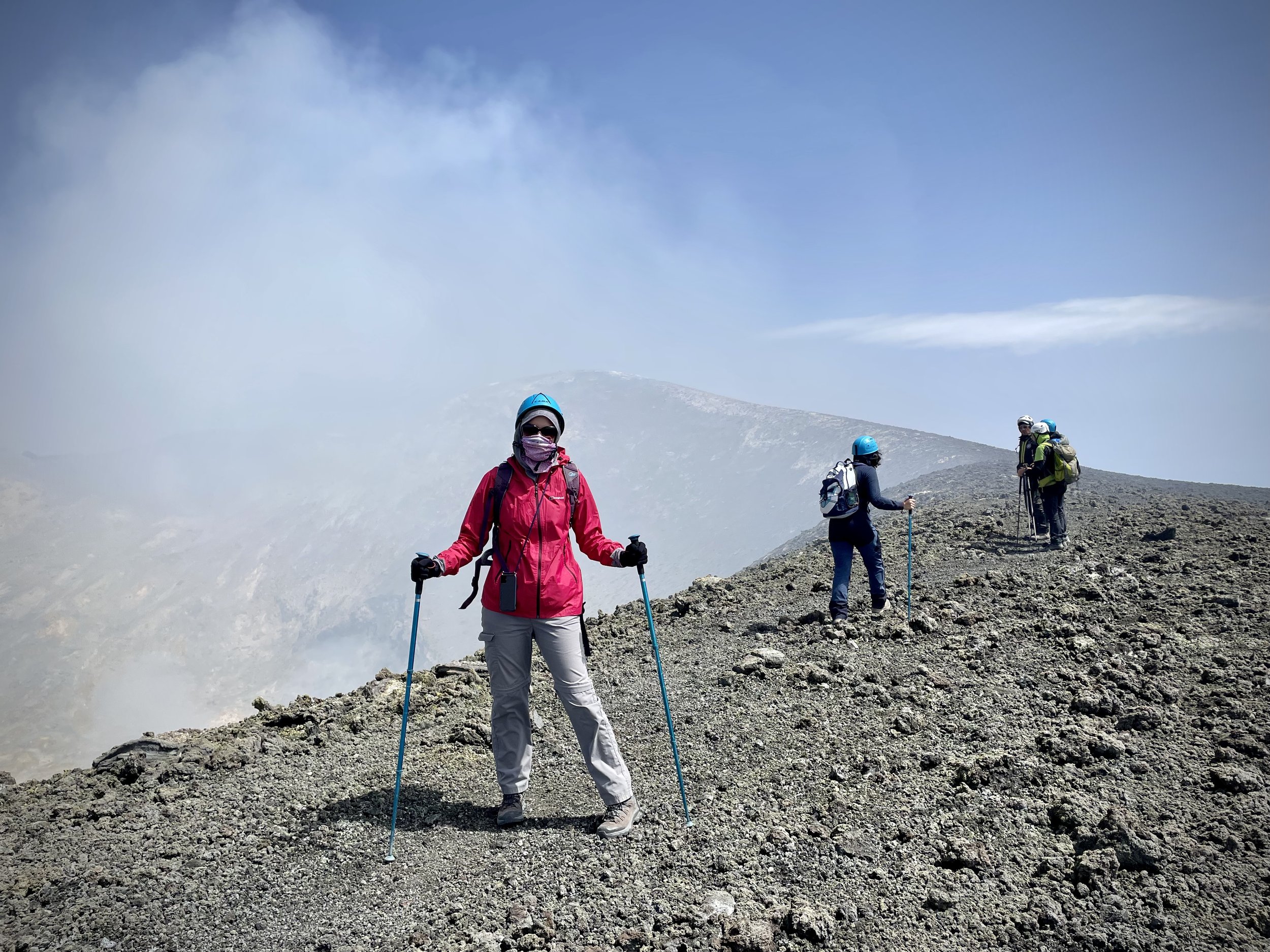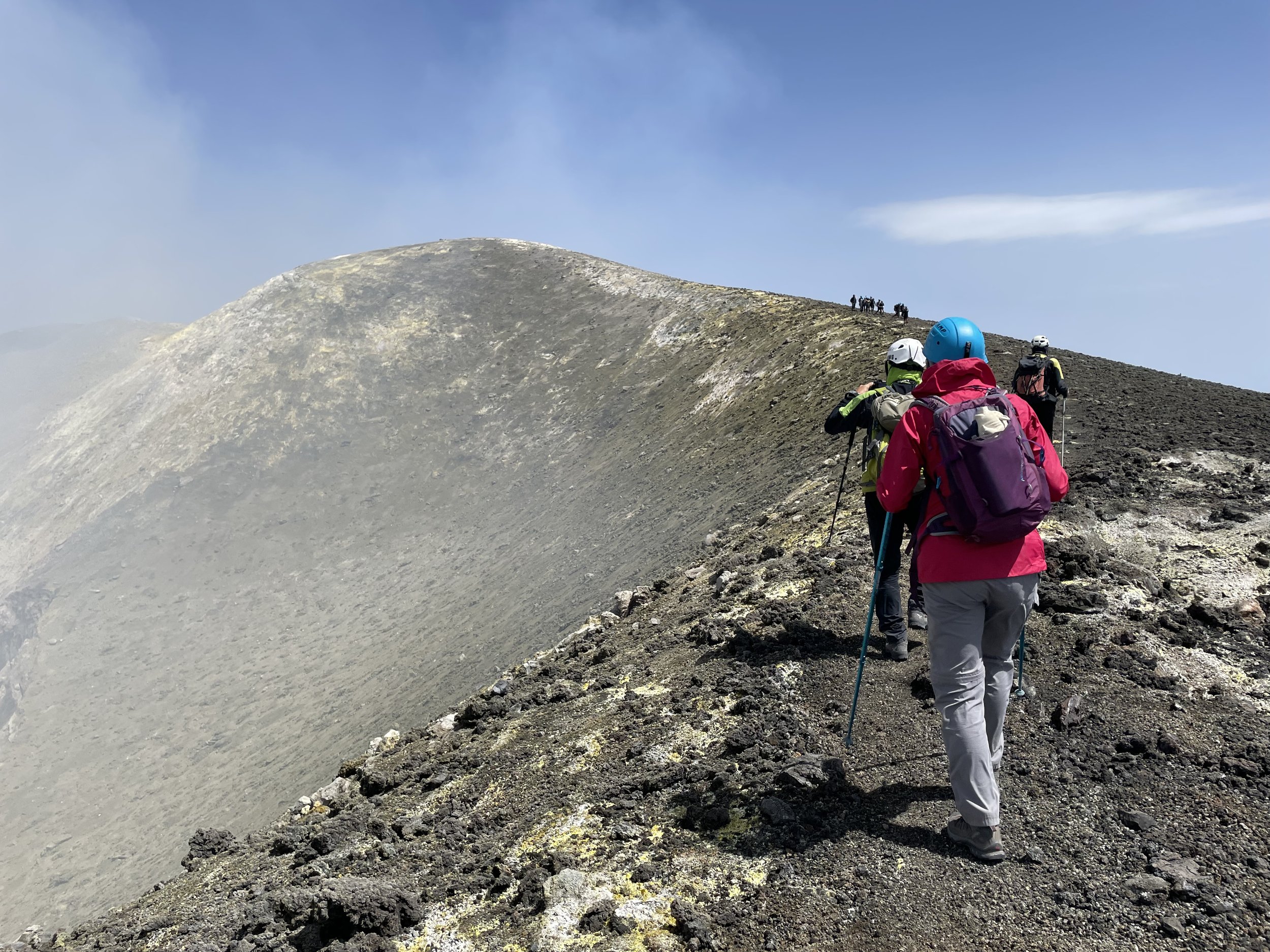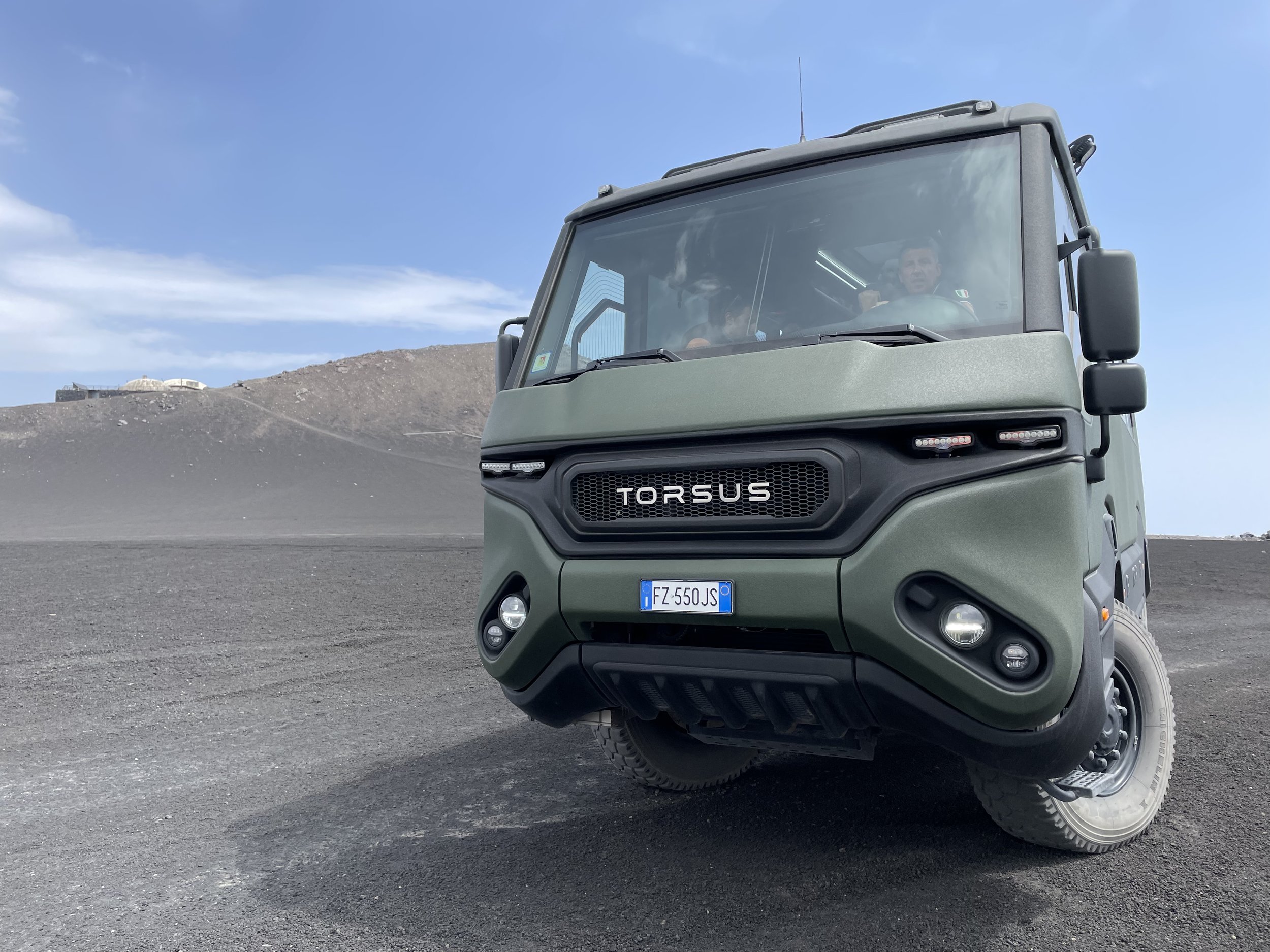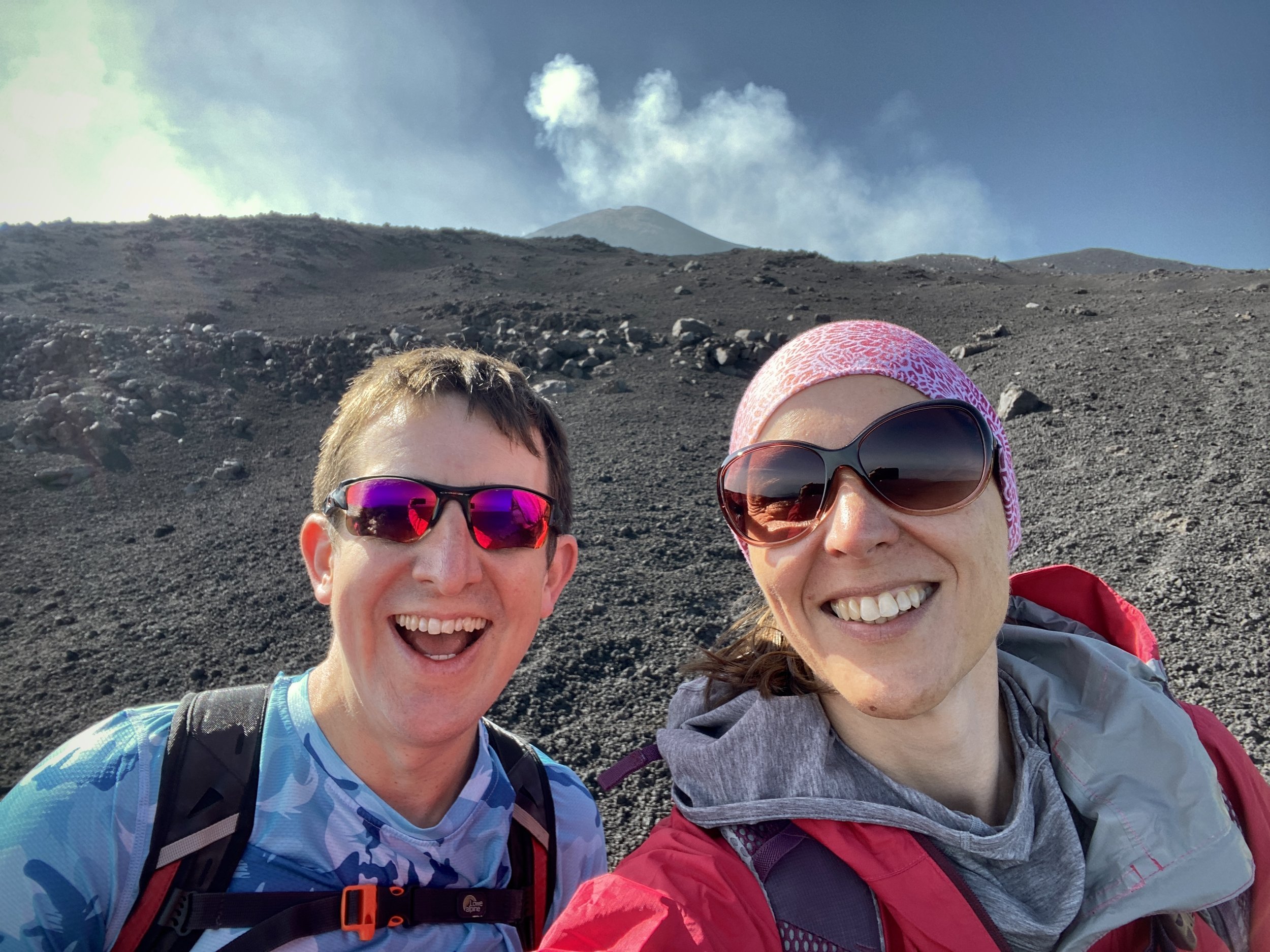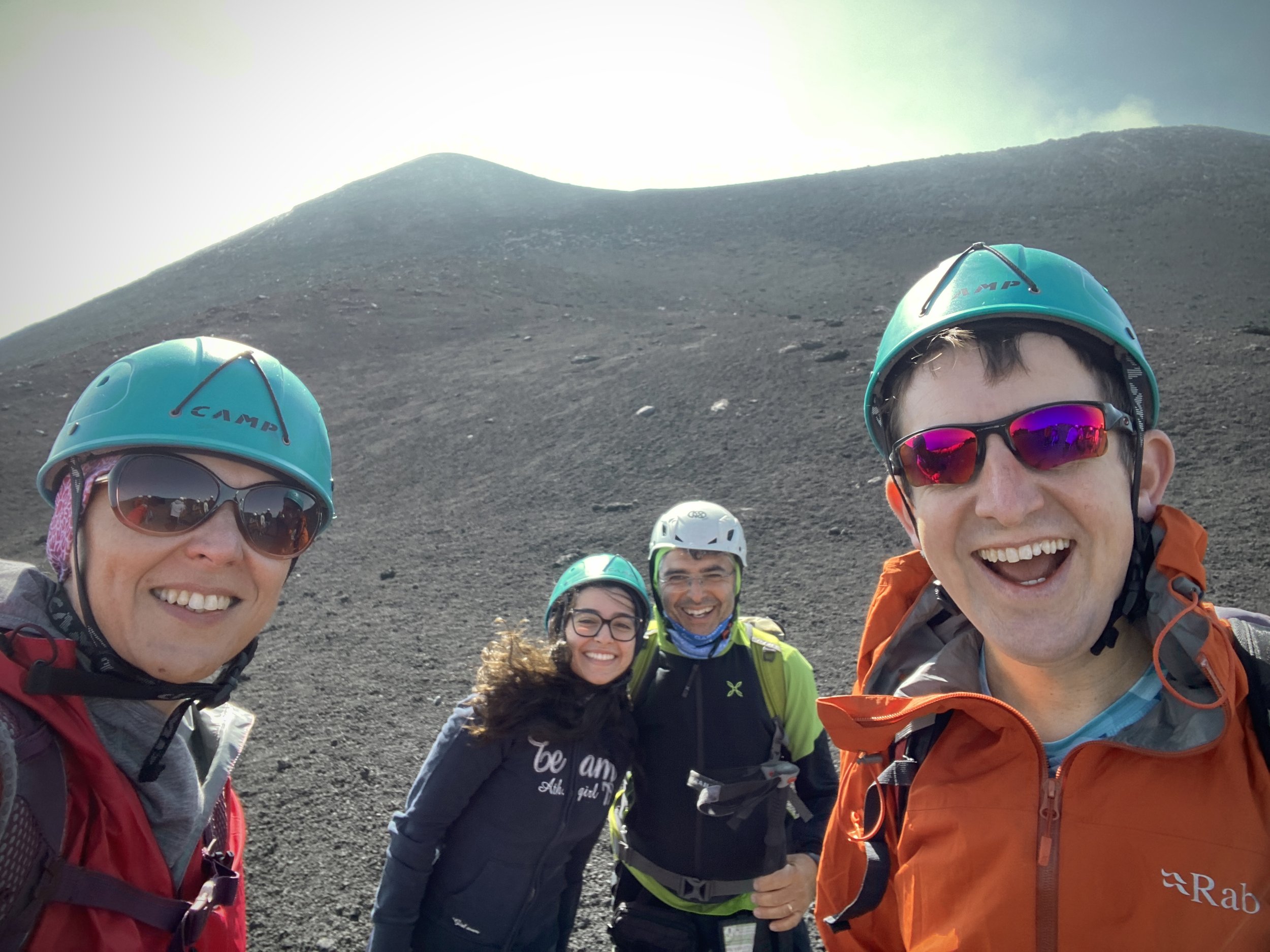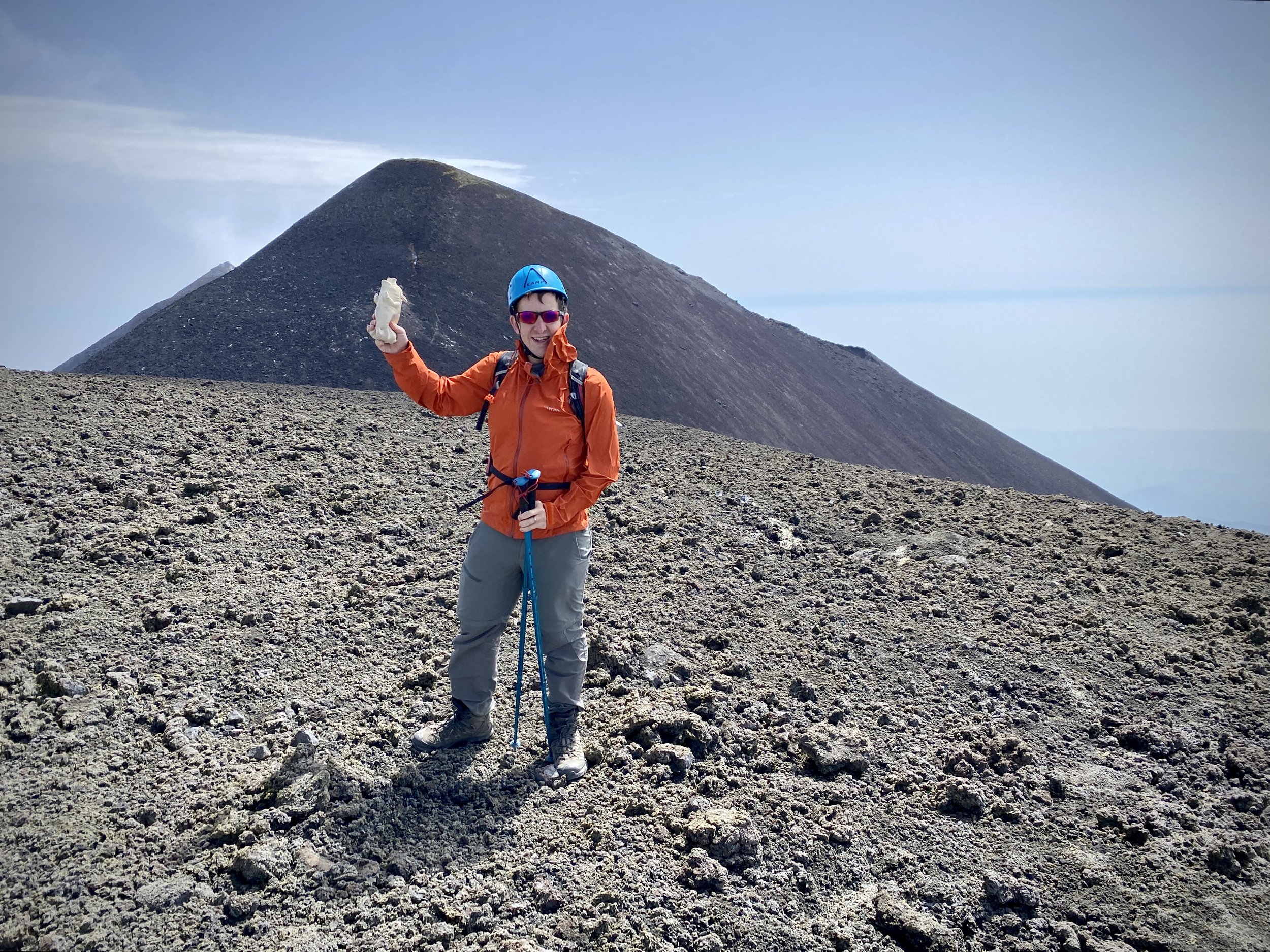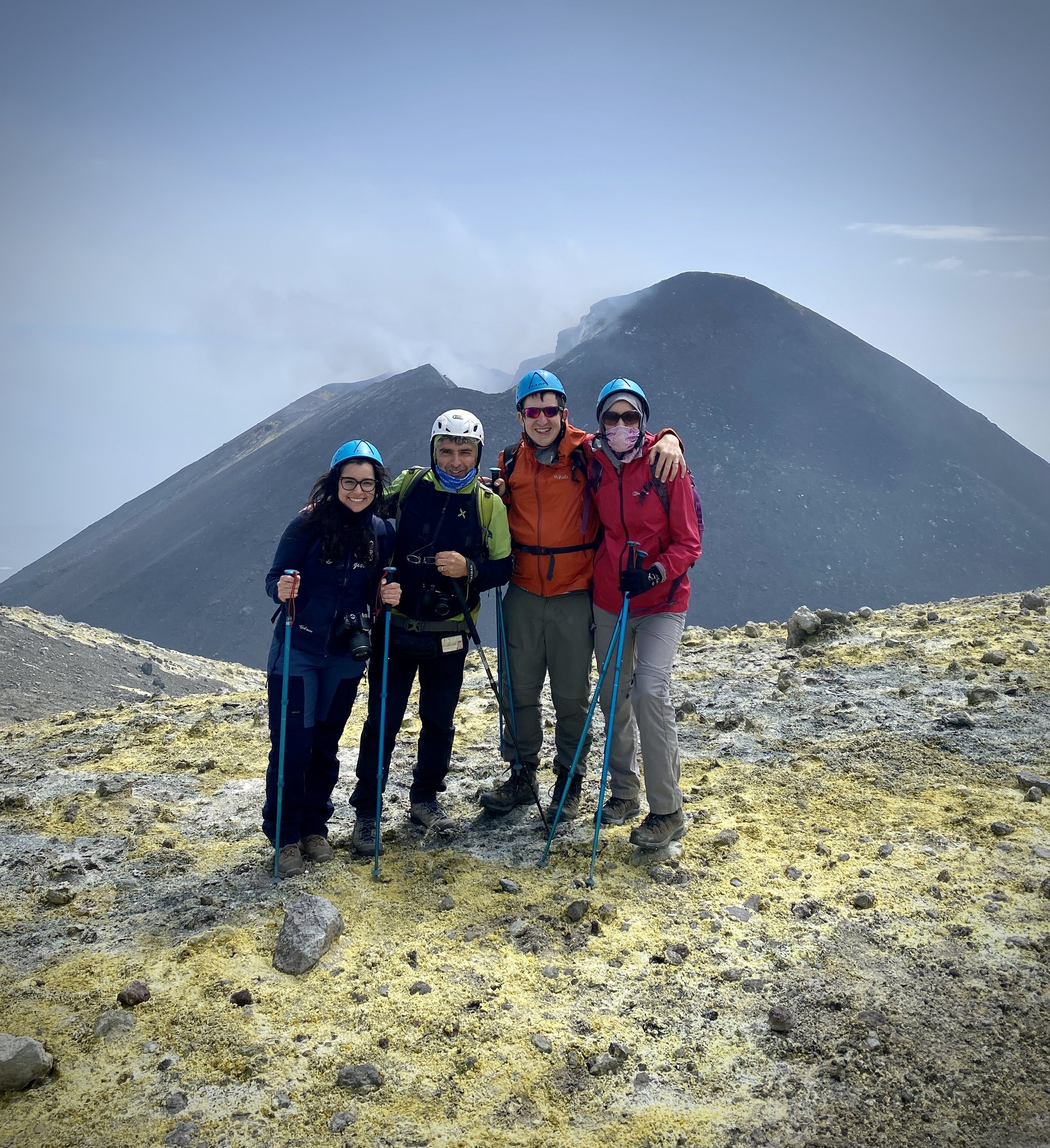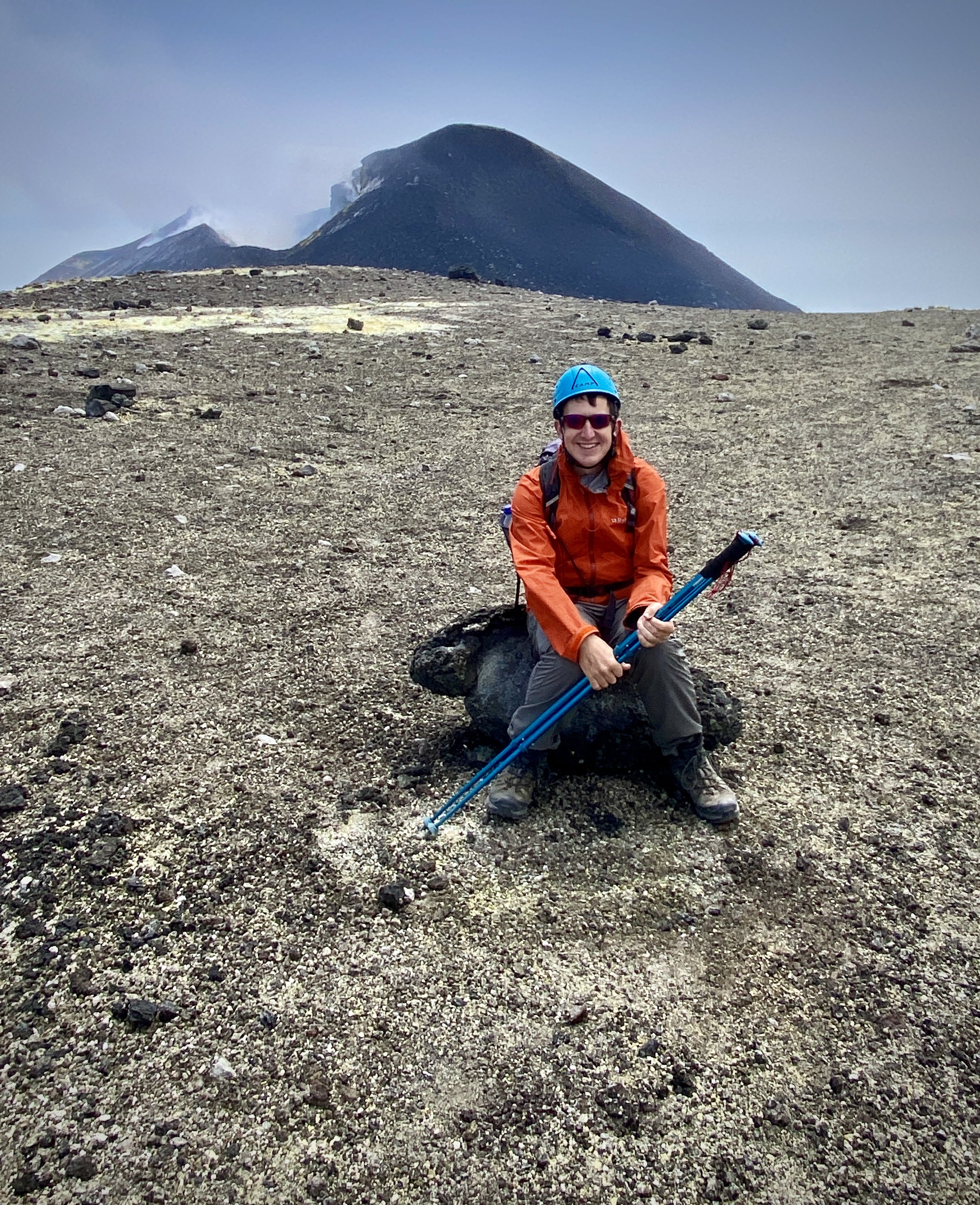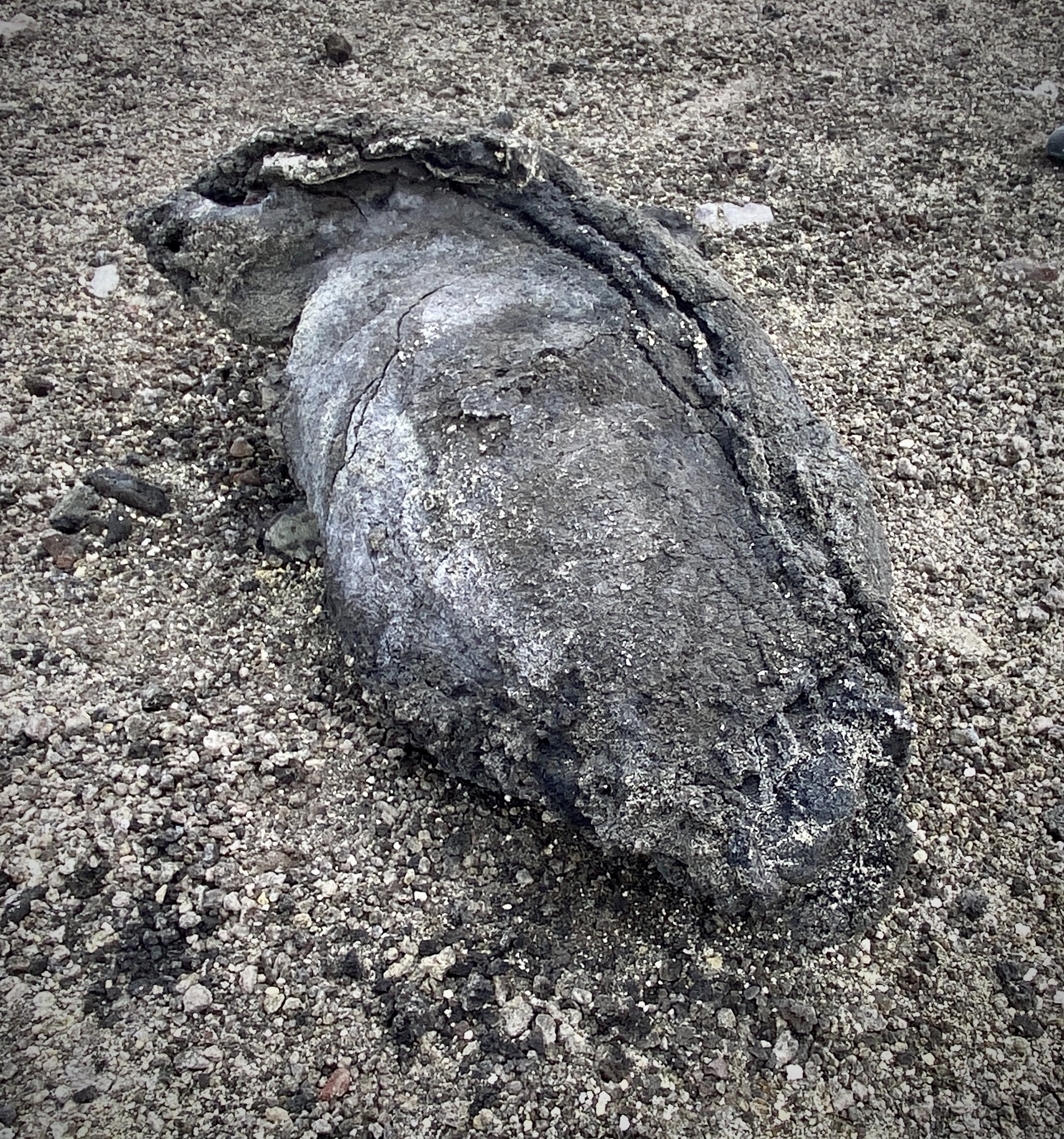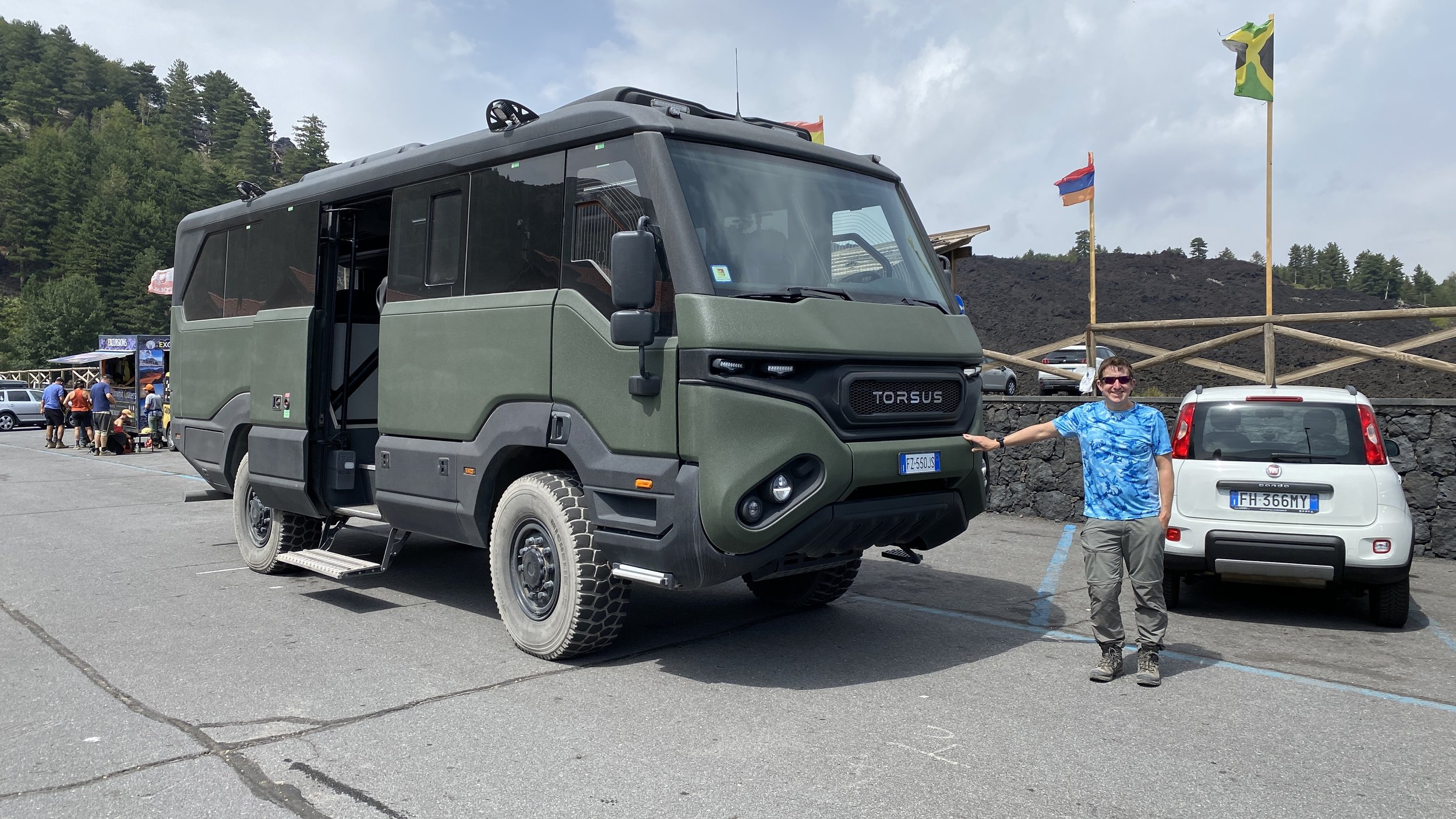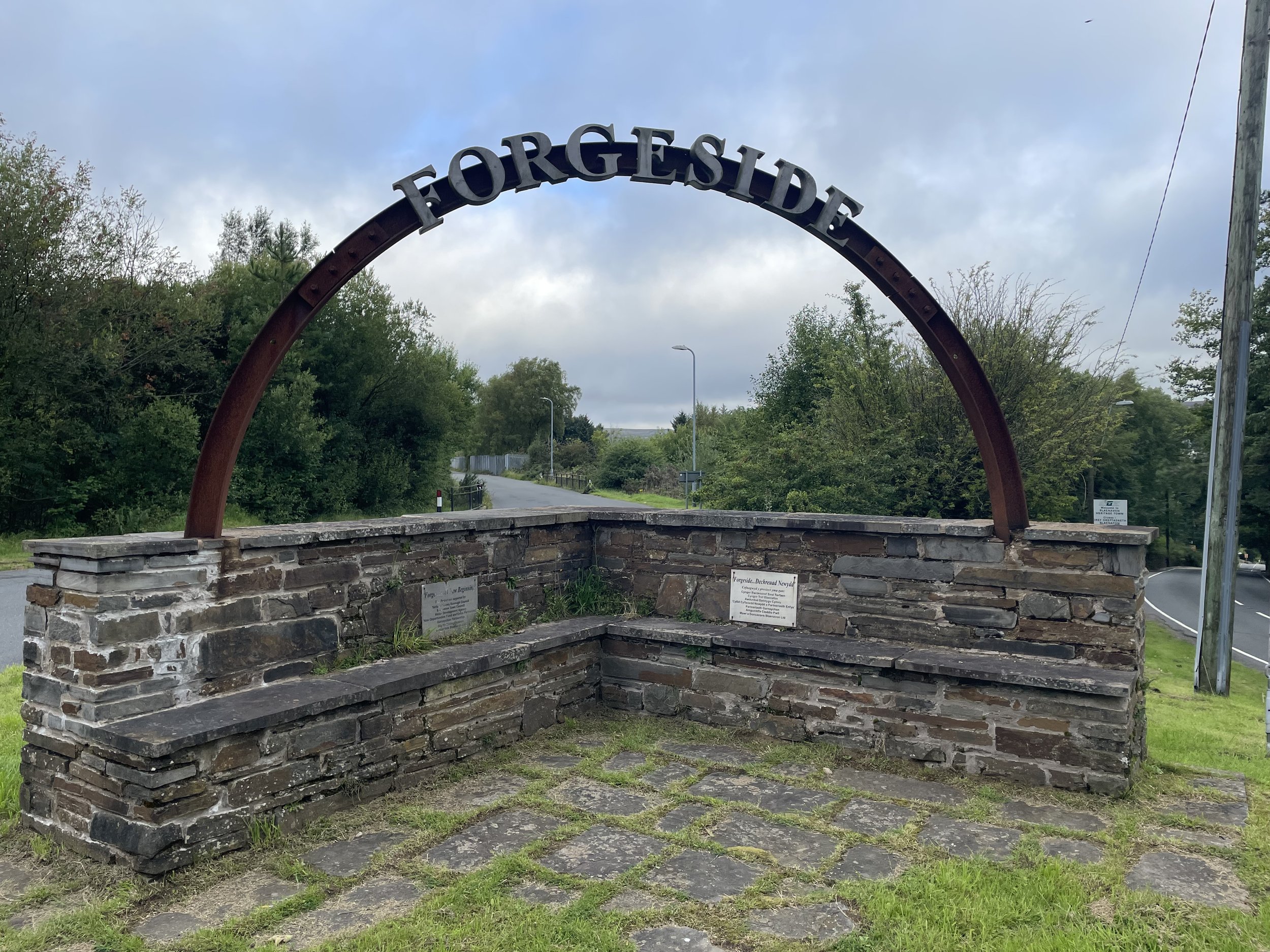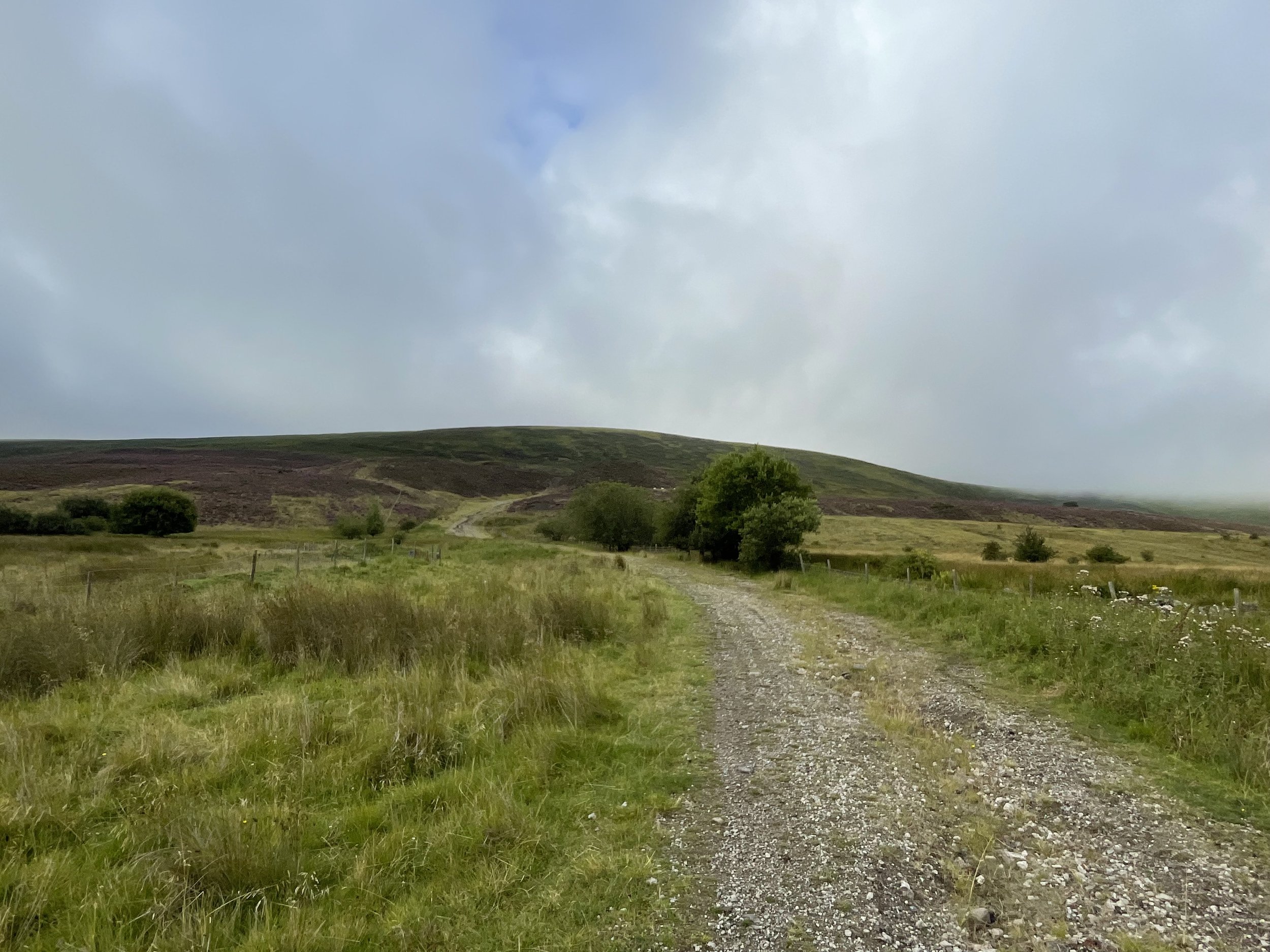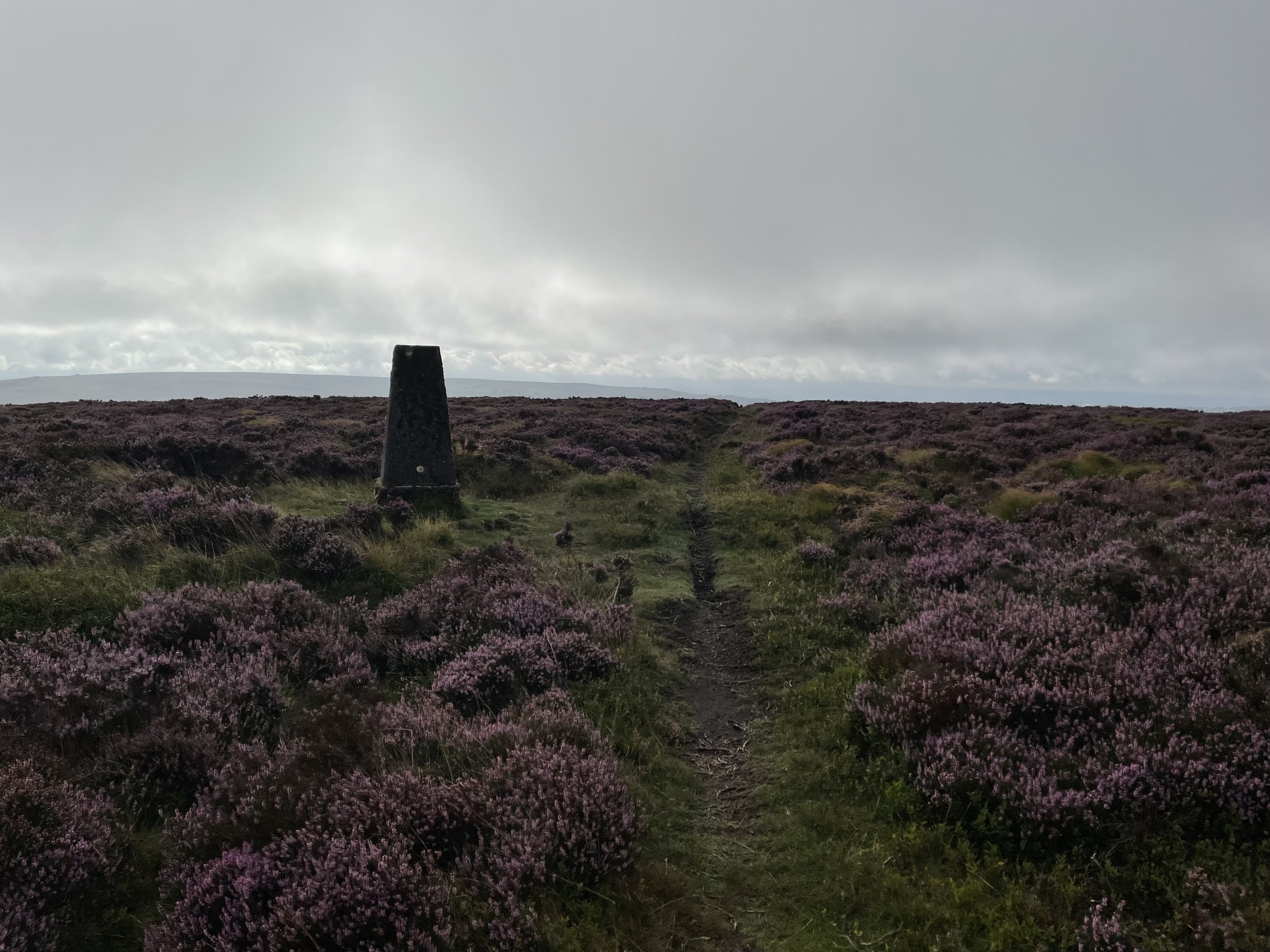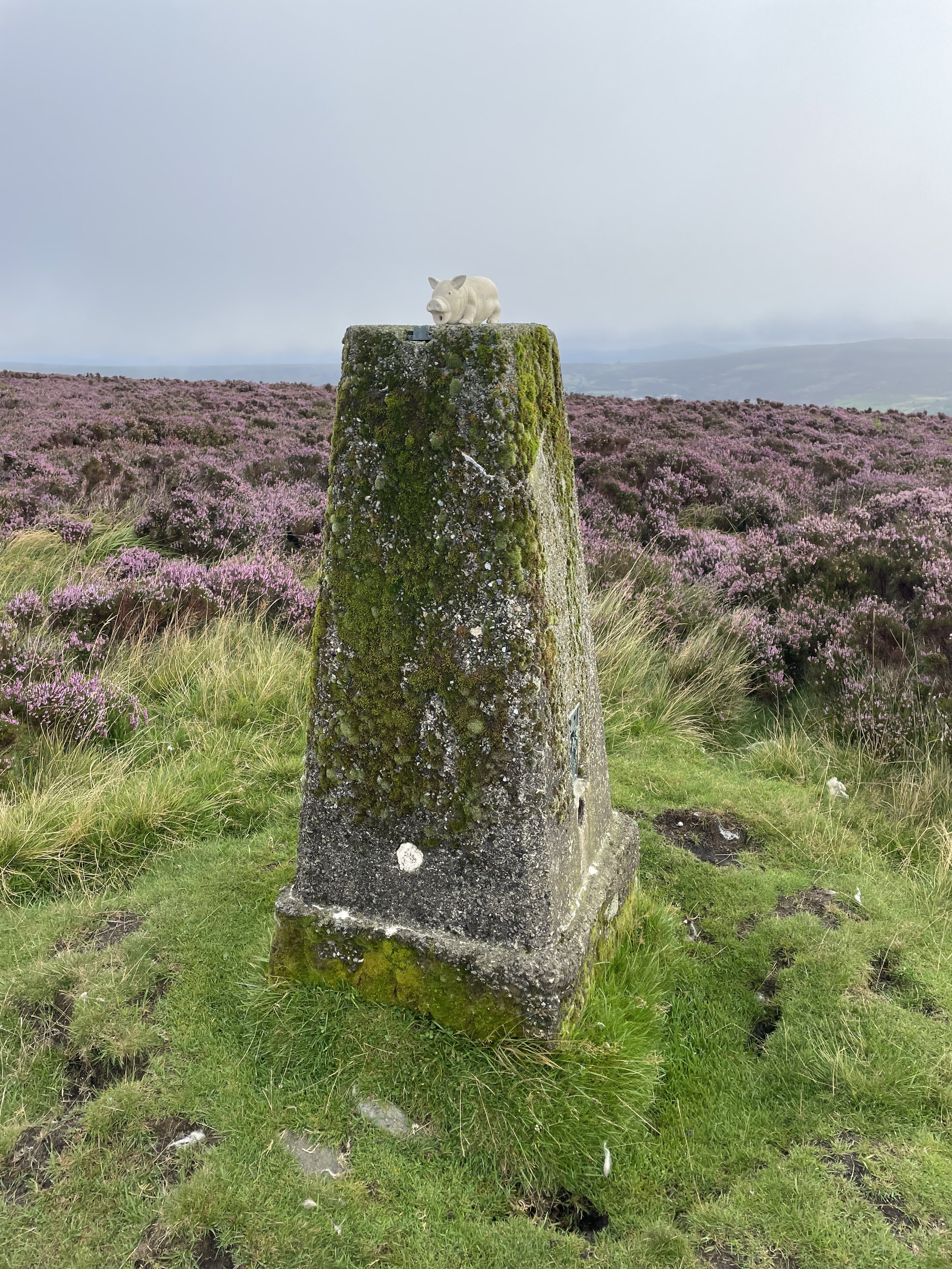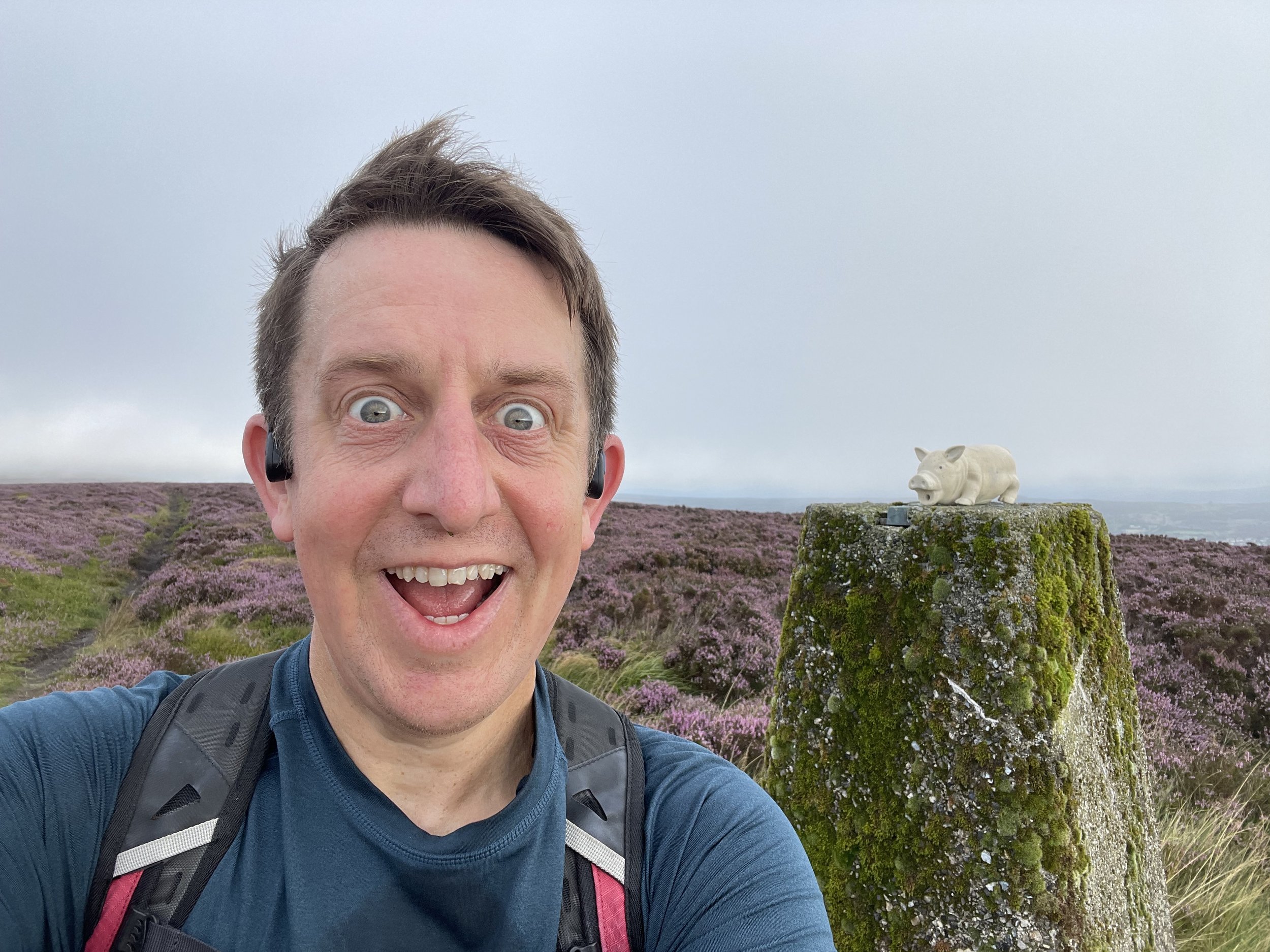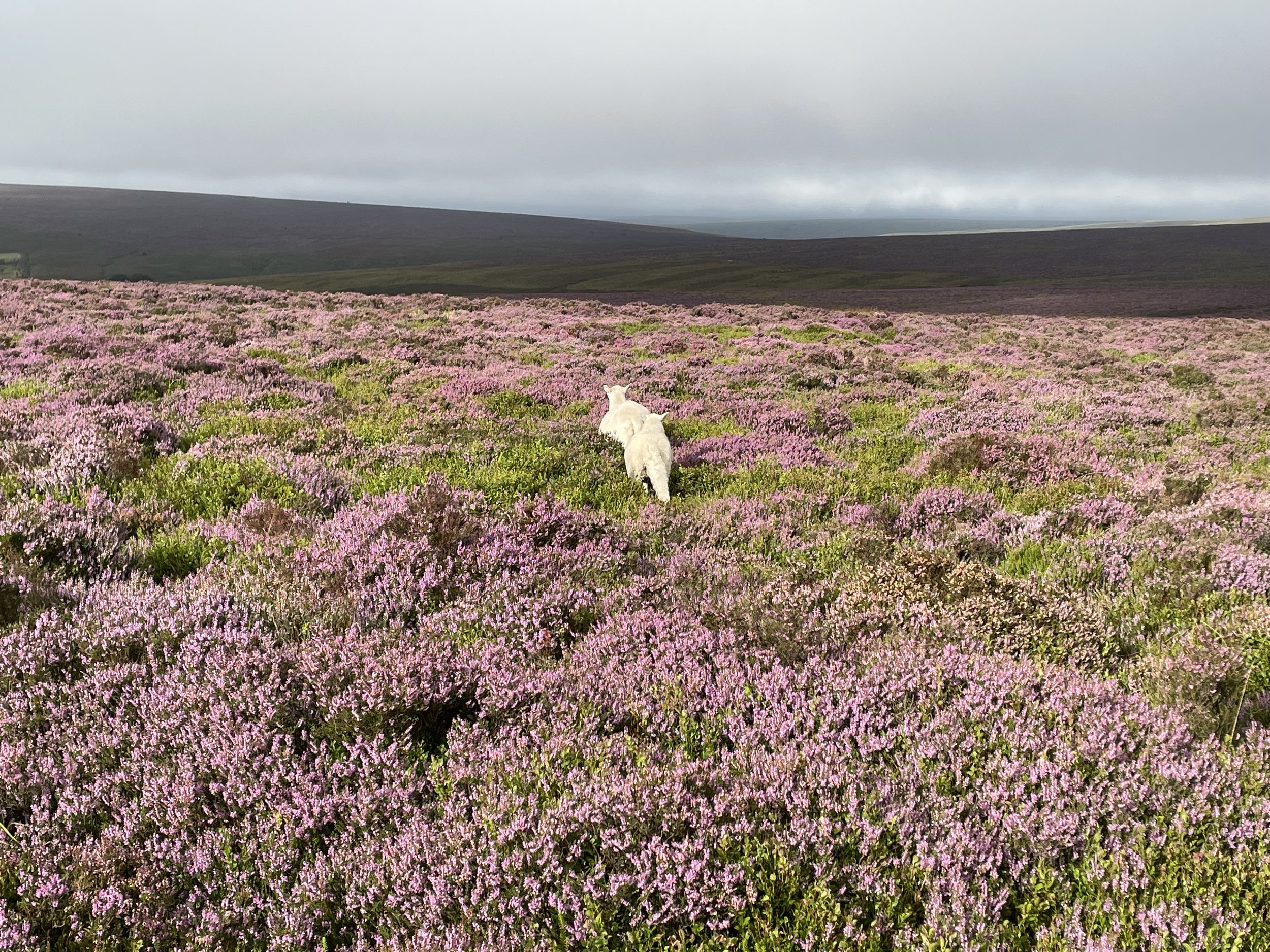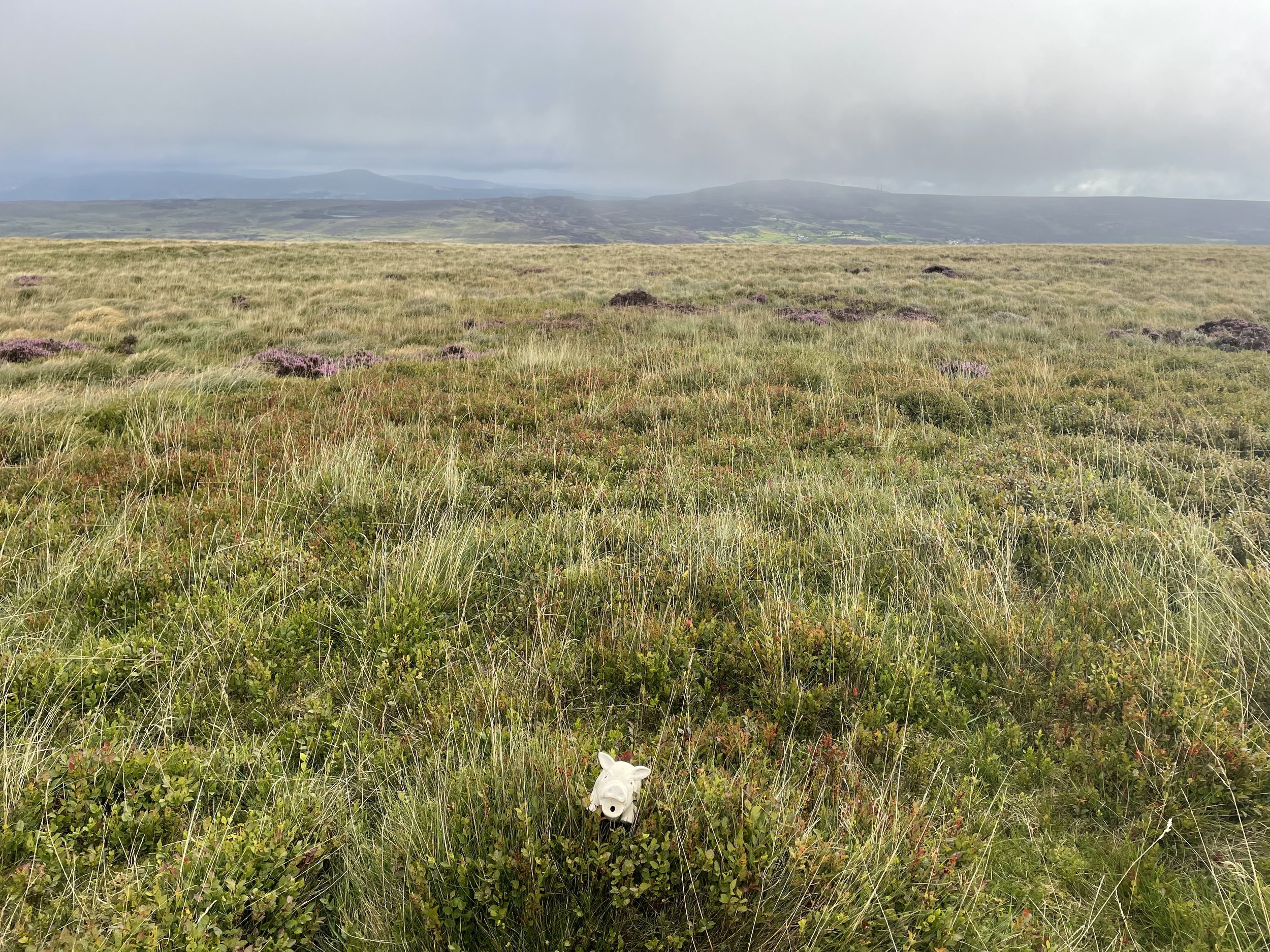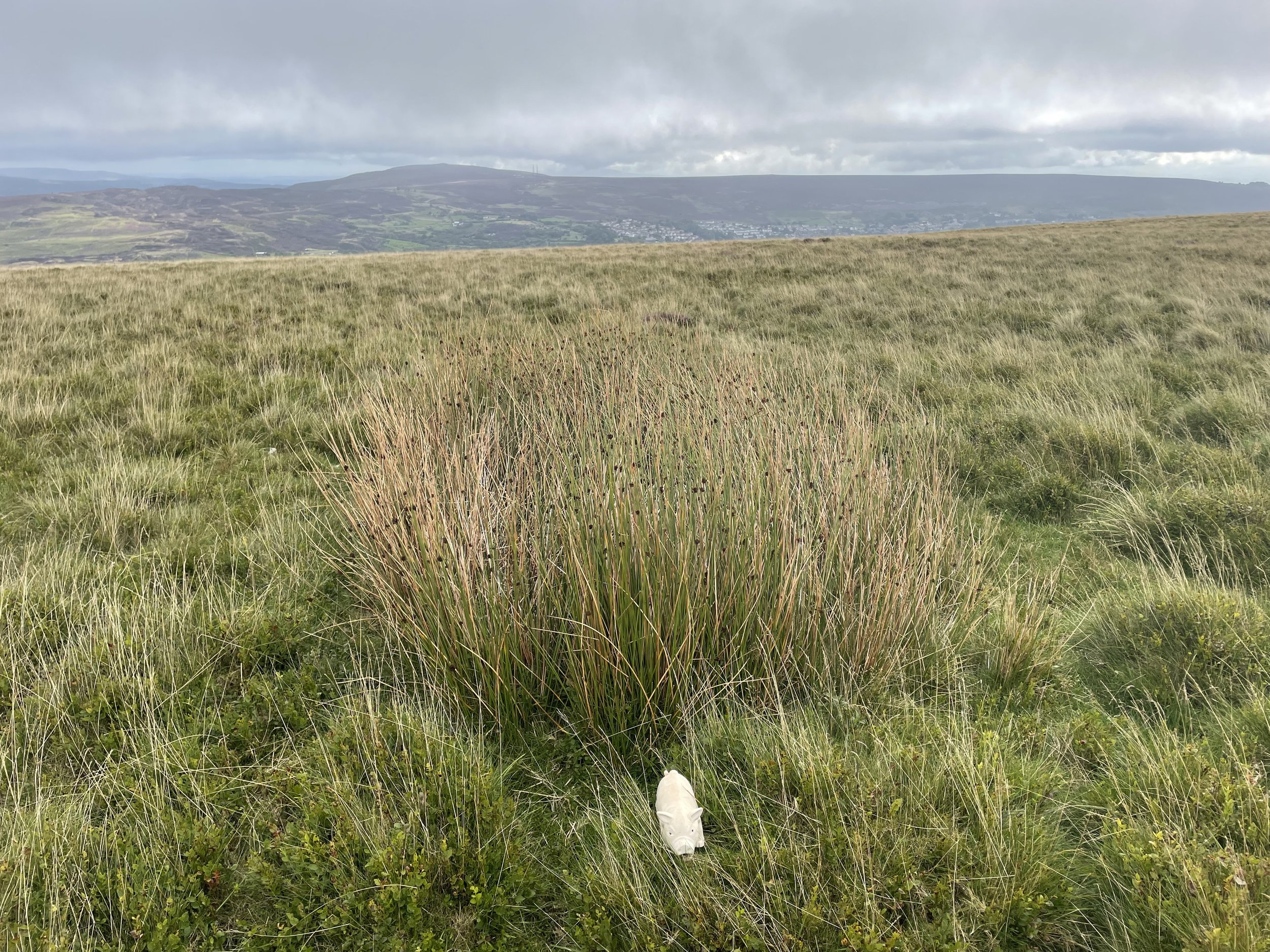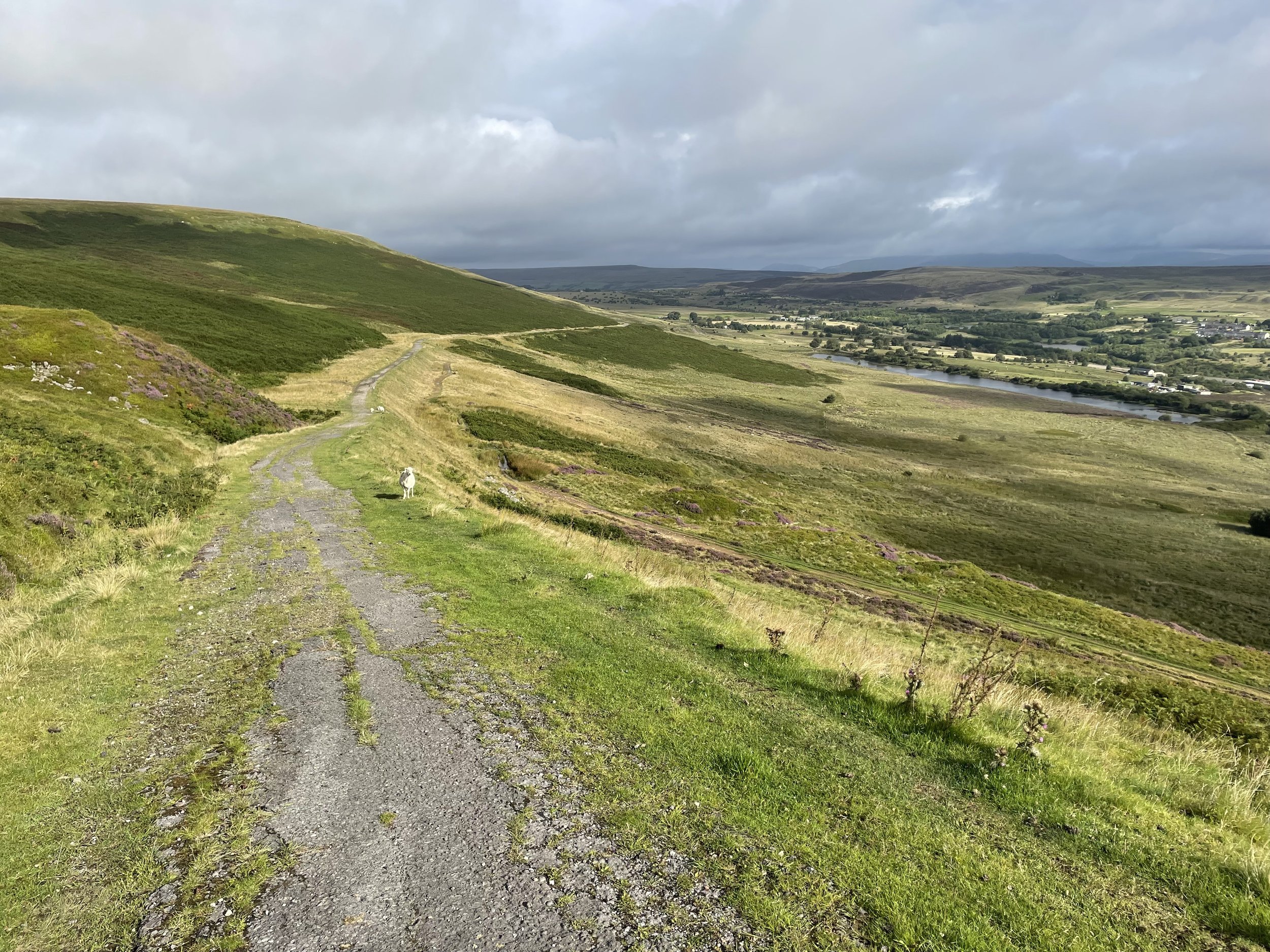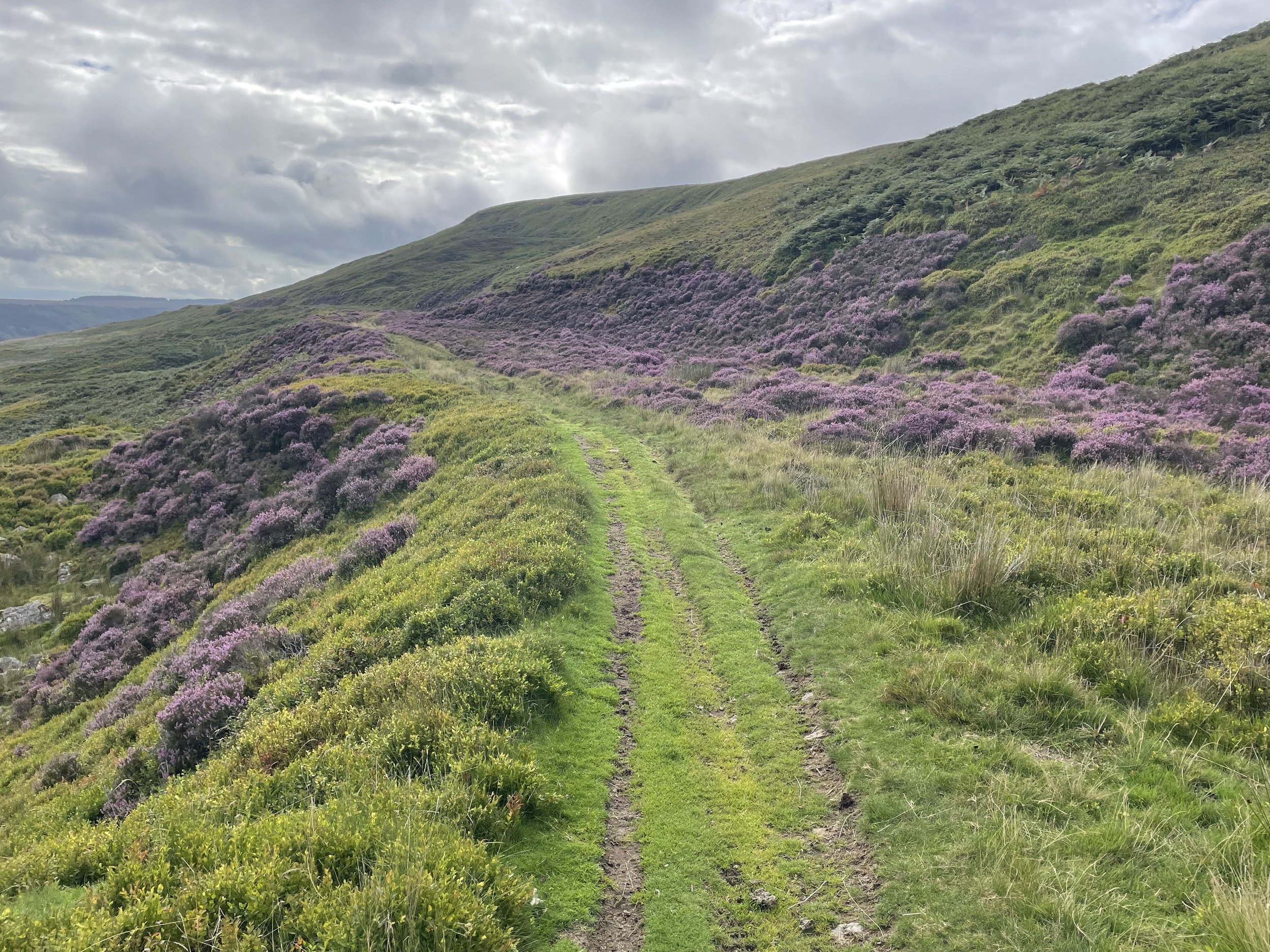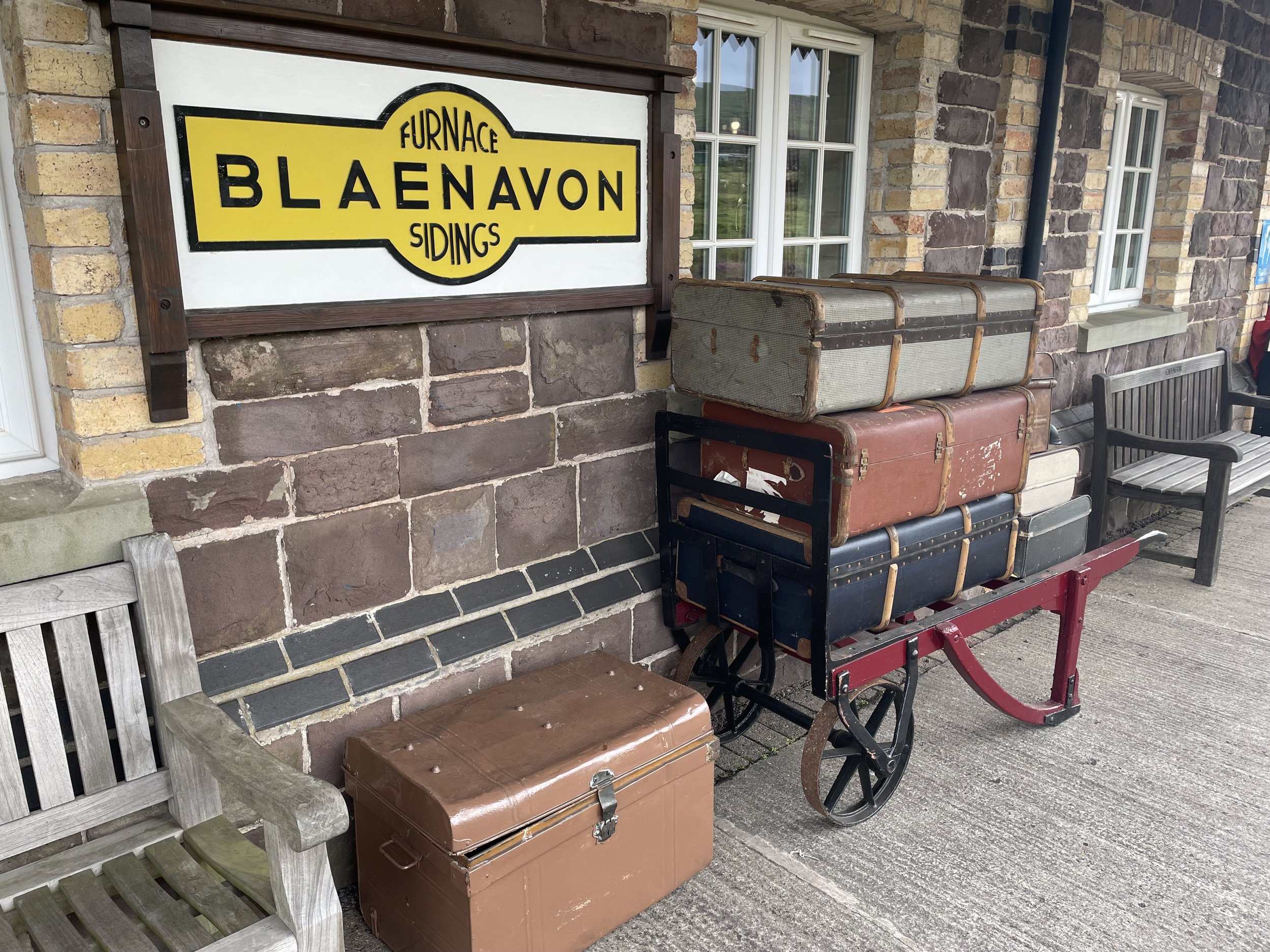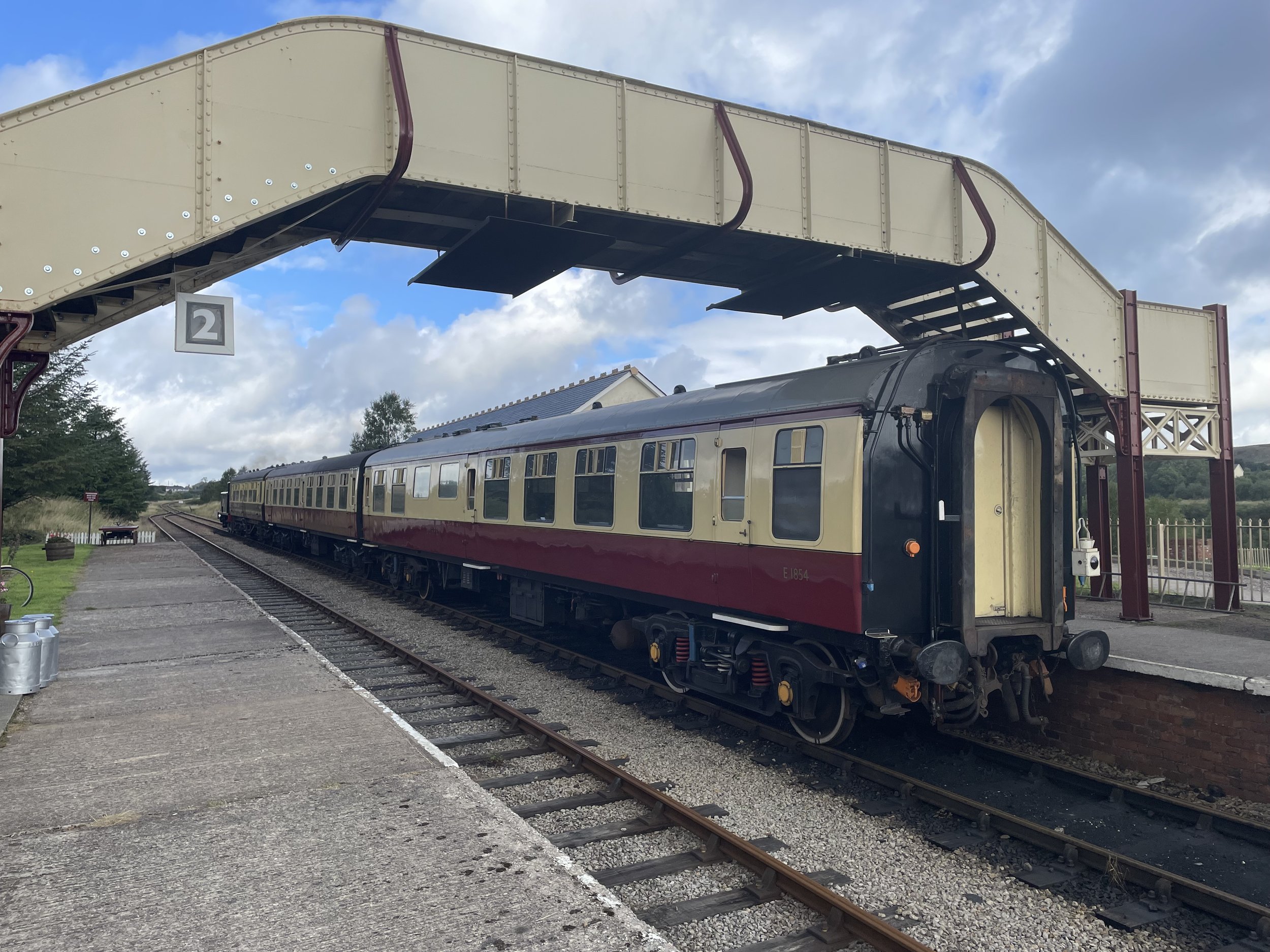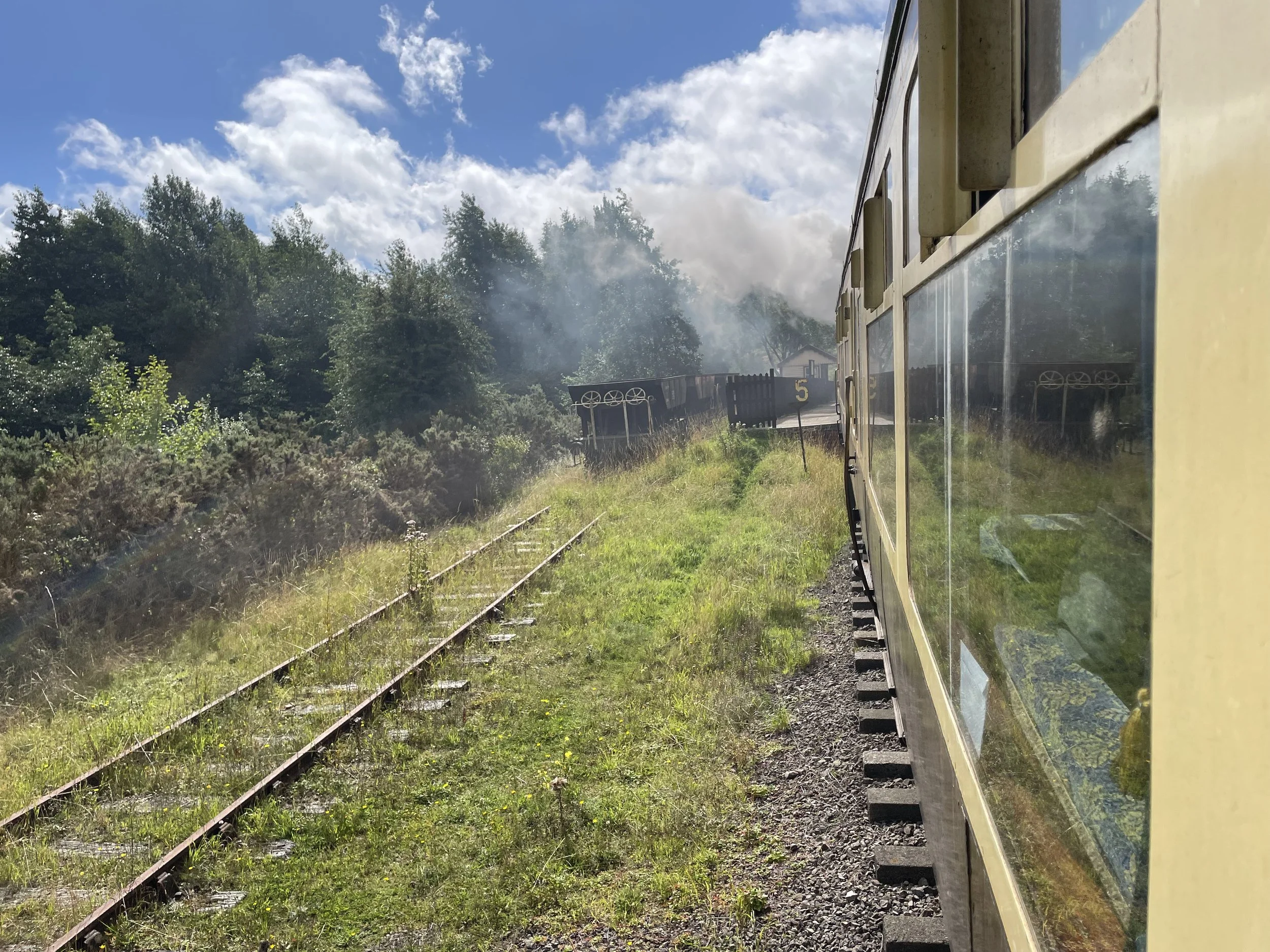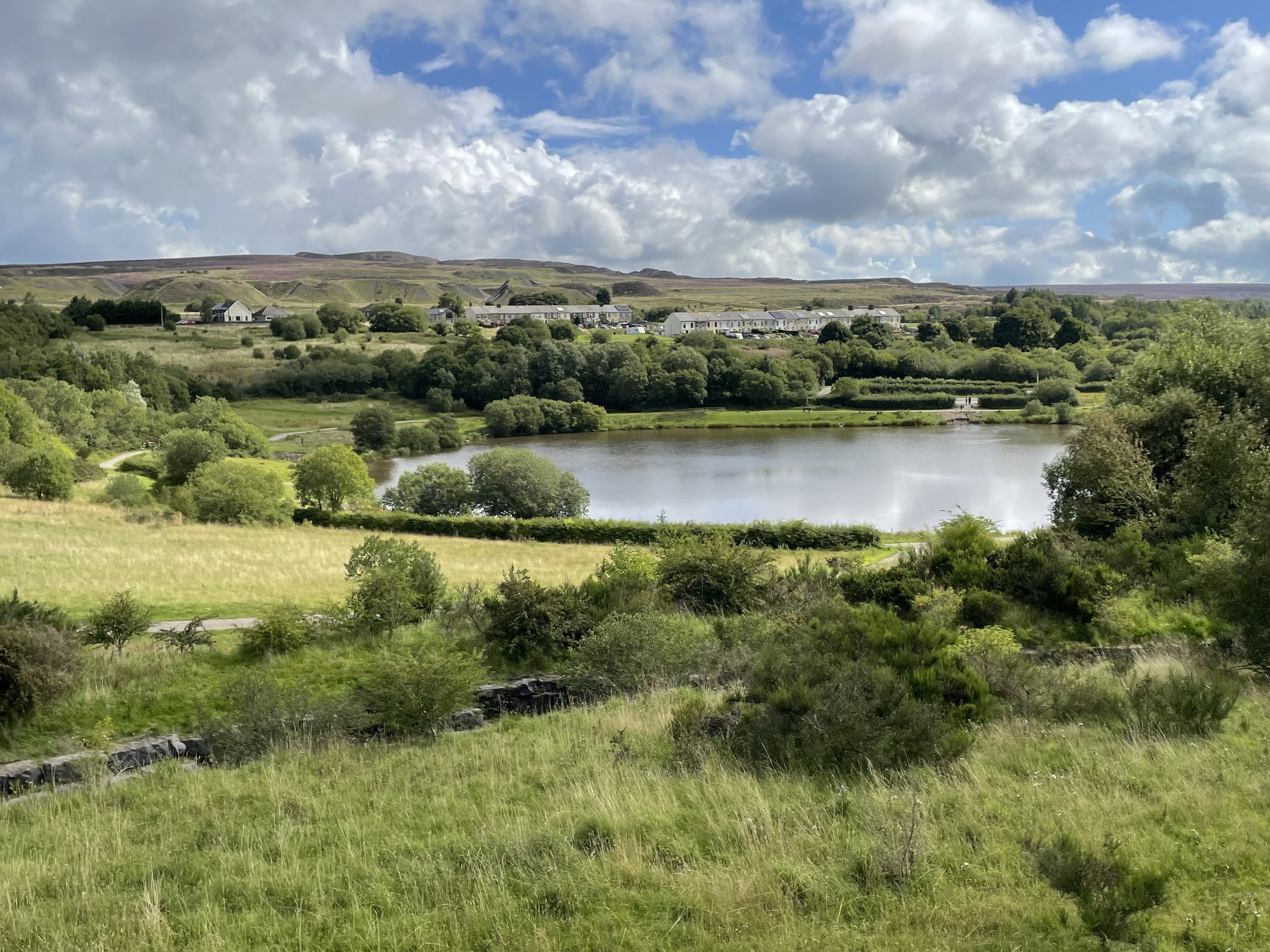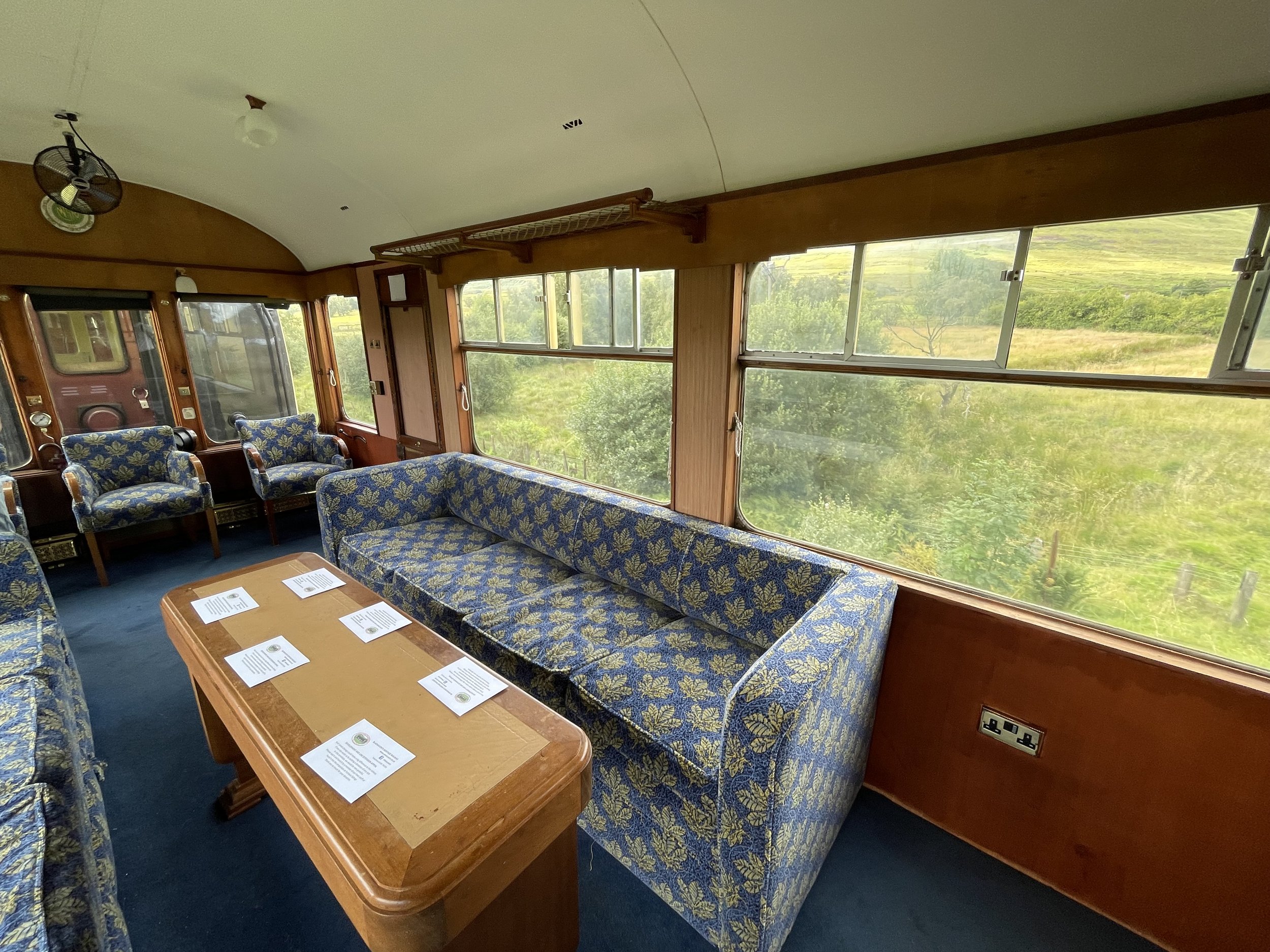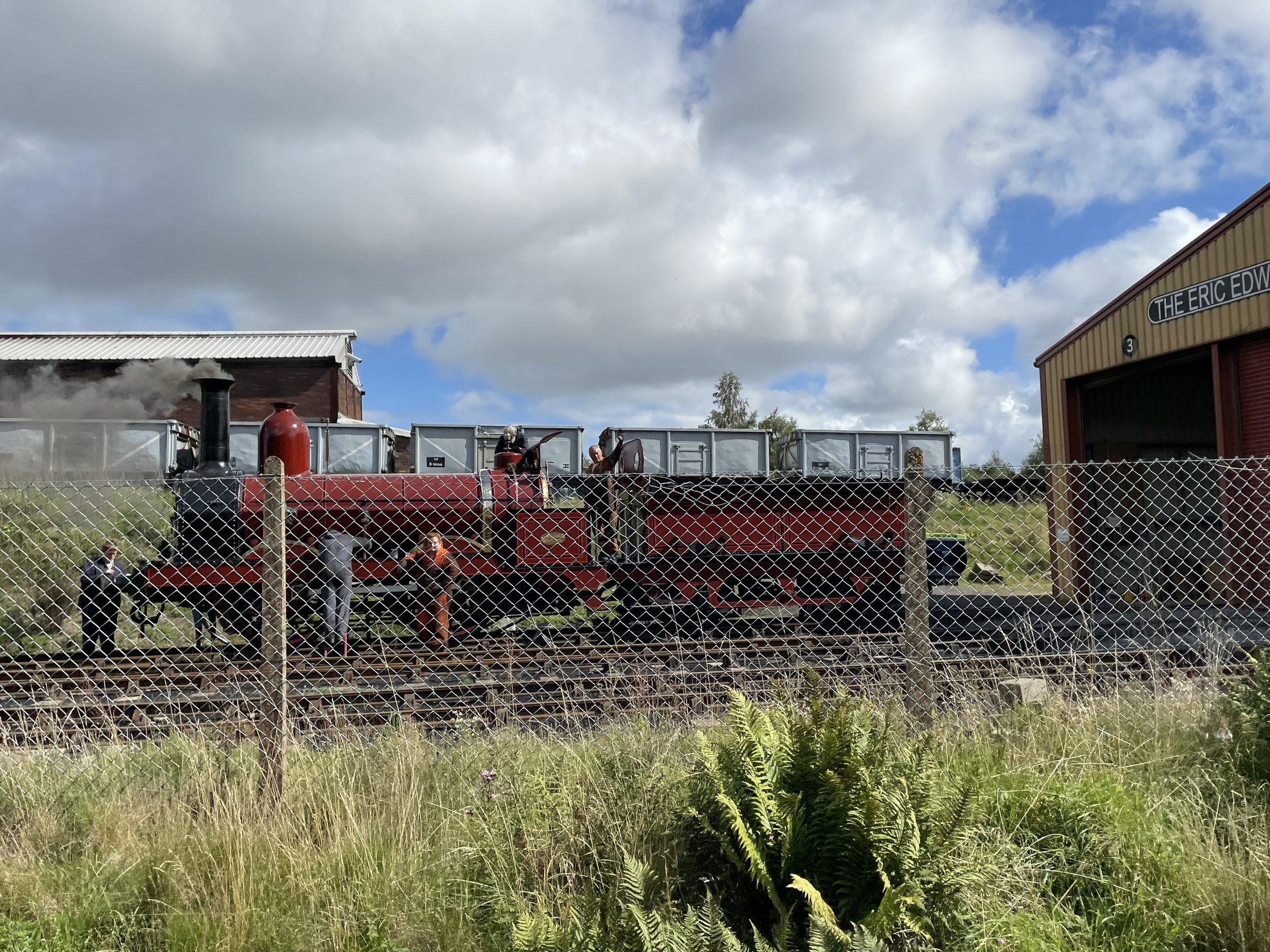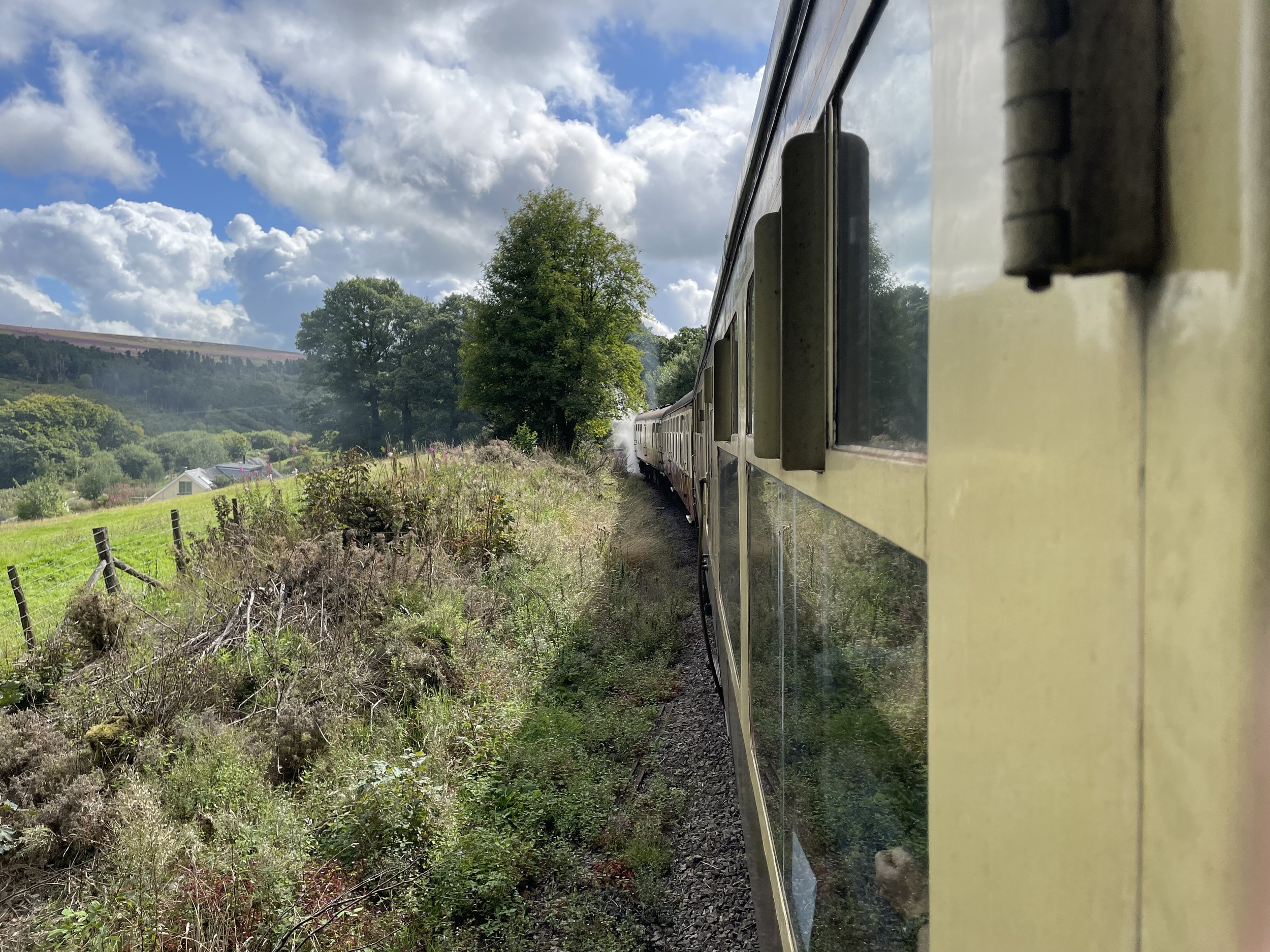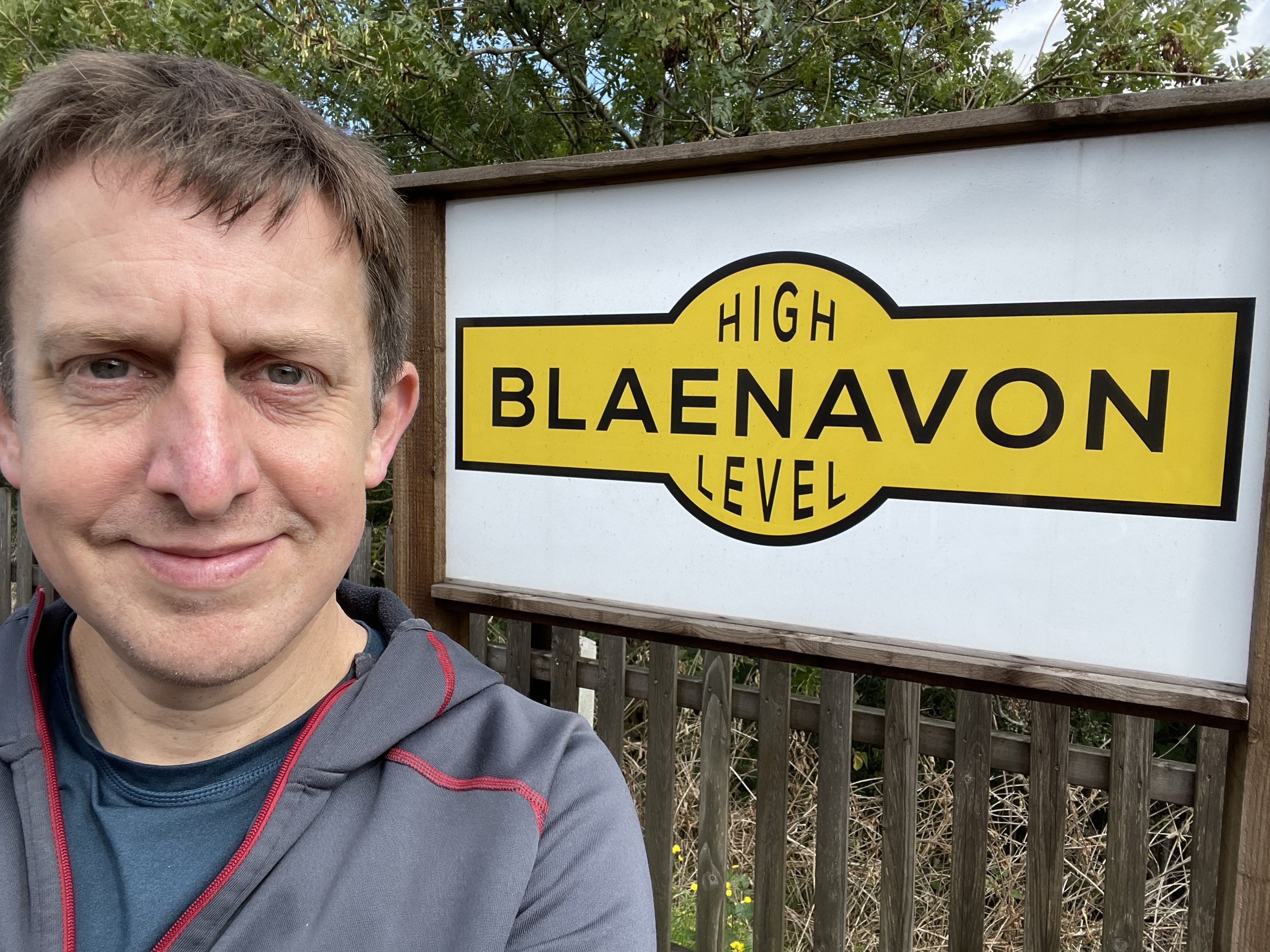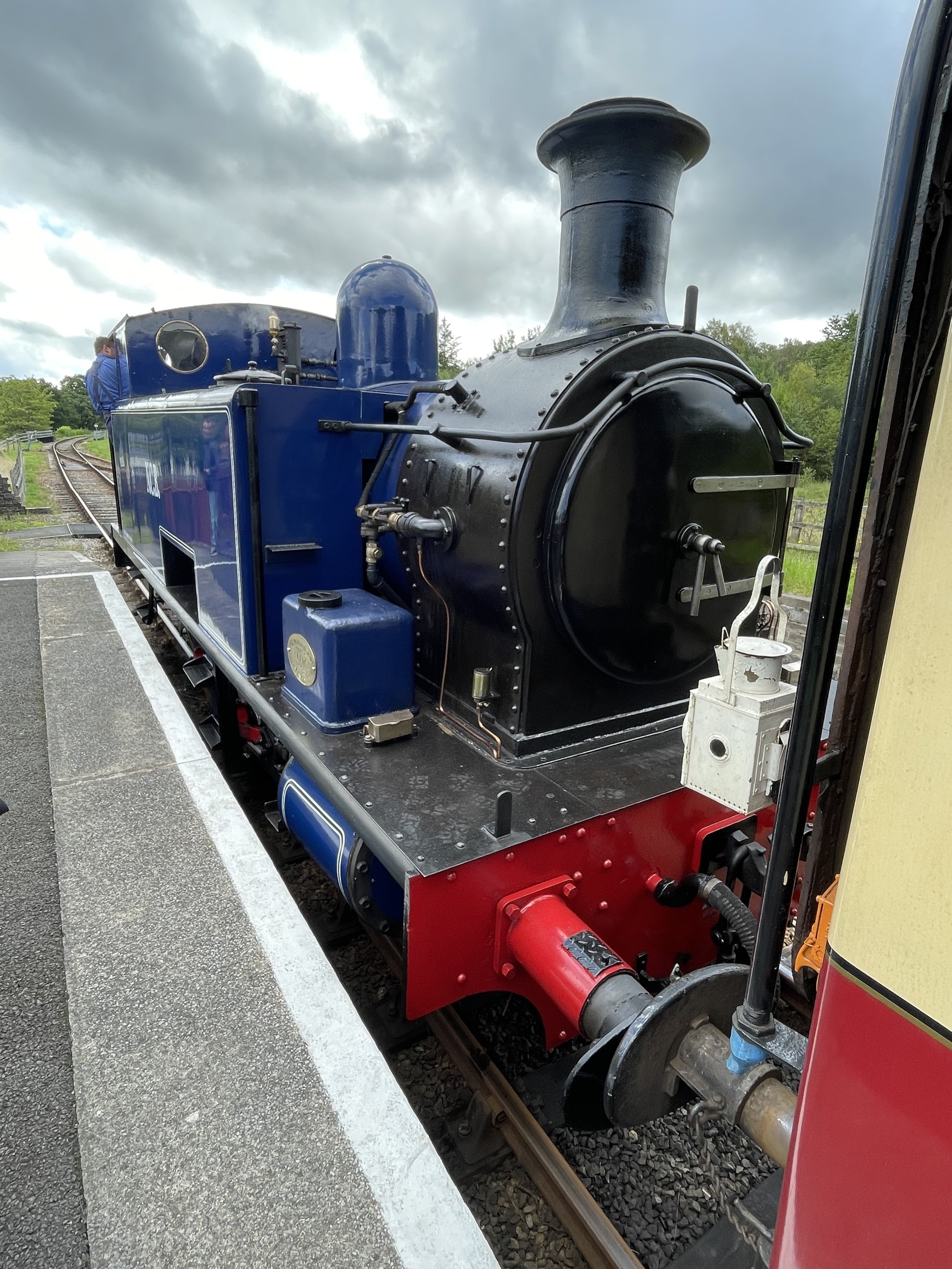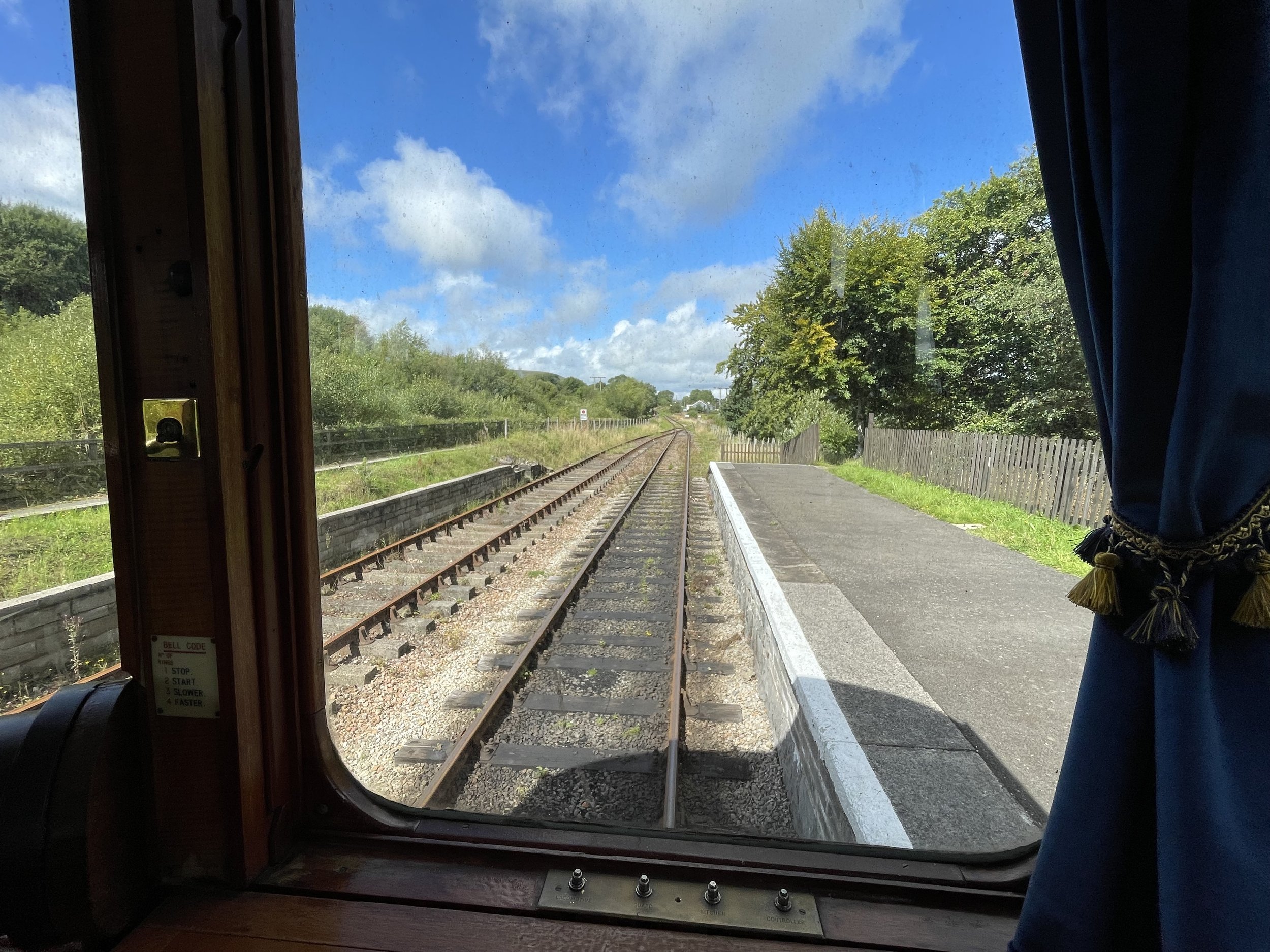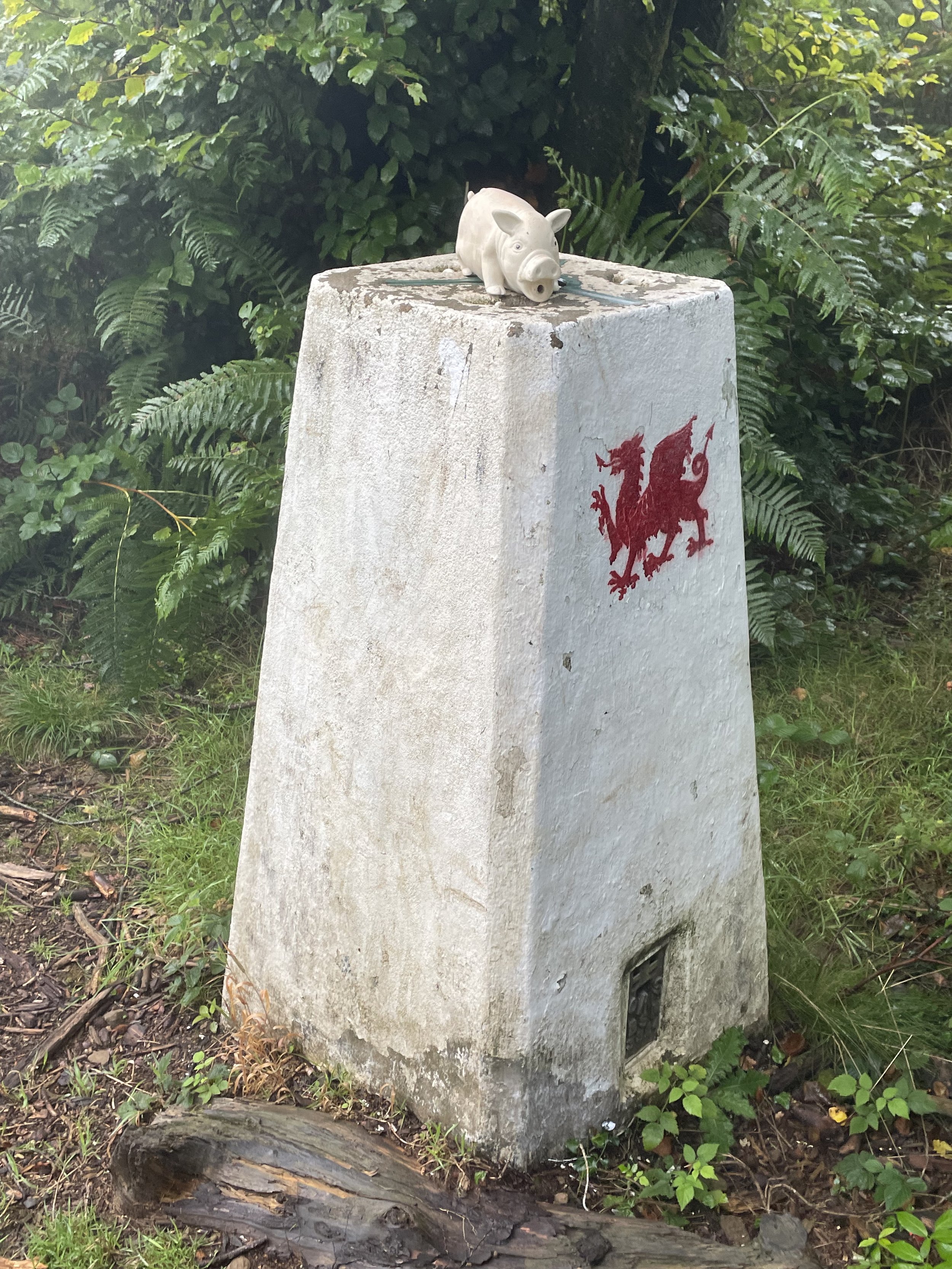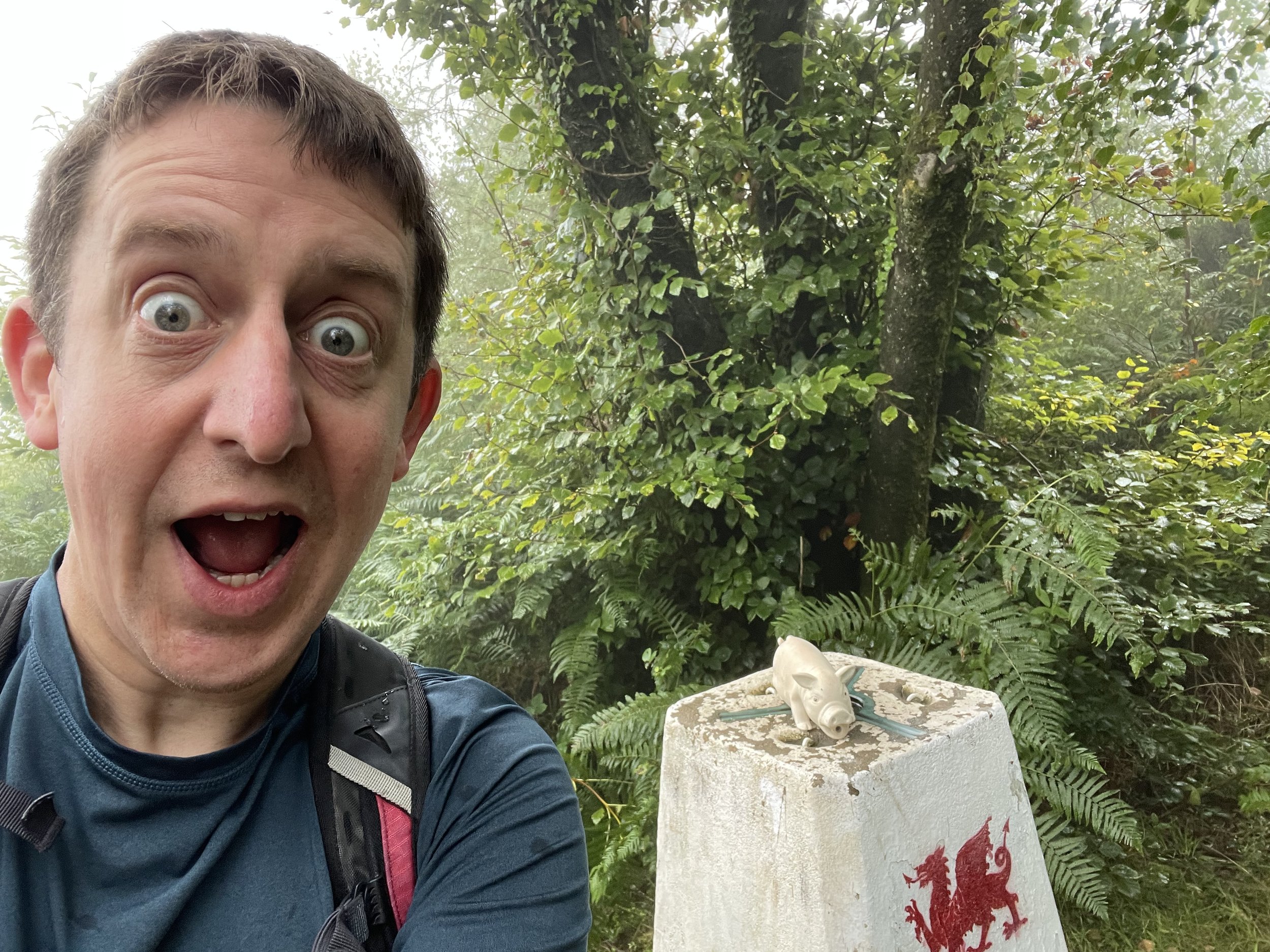Day 2: 8th Station to Summit and descent to 5th Station
Date: September 3rd 2025
Start: Fujisan Hotel, 8th Station
Finish: Subashiri 5th Station
Distance: 10.4 km (6.5 miles)
Elevation change: +357m / - 1,740m. Net -1,383m
GPX File: get via Buy Me a Coffee
Other Routes Touched: Yoshida Trail
The final push to the summit began at 03:05. As we made our final preparations outside the 8th Station, we could see the lights of Tokyo in the distance and lightning through the clouds on the horizon.
Rather than being spread out at different speeds on the first day, the group kept together with a very slow pace. In the second hour, we saw some big groups already descending. This made our guides concerned about conditions on the summit. It turned out, though, that they had started too early and summited way before sunrise. Our guides were better organised, though, and timed our ascent to get us to the Torii Gate exactly at sunrise.
In the Japanese Shinto religion, the sunrise holds profound significance, as it is seen as the daily rebirth of Amaterasu Omikami, the sun goddess and central deity. Amaterasu is believed to have been born from the left eye of the creator god Izanagi, and her light is considered the source of all life and purity. Therefore, the act of witnessing the sunrise is a form of worship and a ritual of purification known as "misogi," allowing practitioners to cleanse themselves of spiritual impurities and renew their connection with the divine. The rising sun, with its vibrant red disc, is also a powerful symbol of Japan itself, often referred to as "the land of the rising sun," representing hope, renewal, and the enduring spirit of the nation.
Fuji sunrise was also significant for us. It was the centrepiece of my 50th birthday celebrations and a challenge that Timea had been training for several months. During our planning for the trip, we agreed that if Timea wasn’t able to make the summit, then she would stay at one of the huts while I would complete the ascent. While this would have been OK, it was particularly special that we could reach the top and see the sunrise together.
Although the weather at the summit was better than the guides feared, there were still strong winds and heavy mist at the crater rim. In good conditions, they take some of the group on a circuit of the crater, but that wasn’t an option that day. Even so, we still managed to have enough time to get our stick stamped, walk to the highest point of the eastern edge, and get photos at the Shinto Shrine and Torii Gate. We would have loved to have spent more time there, but the guides knew what they were doing, so we followed their instructions and started the descent.
What we didn’t realise until after the trip was that the highest point of 3,776m was on the other side of the crater. It actually has its own name: Mount Kengamine. Although I was a bit disappointed not to get there, I was happy with reaching the high point of the eastern edge at 3,744m. We got as high as we could based on the weather. Given the unpredictability of the conditions, you’d have to be very lucky, or do multiple attempts to get to 3,776m. As it turned out, a typhoon was approaching that cancelled all ascents a day later. We were very lucky and grateful that we had the chance to do the trek at all.
The first part of the descent back to the 8th Station took just 30 minutes versus the two hours to ascend earlier. We stopped for breakfast and took some layers off to continue down towards the 5th Station.
The descent is where the Subashiri Trail truly stands out. From the 7th Station onward, the path becomes a unique and exhilarating experience known as "Sunabashiri" or "sand running." This section is a steep, long slope of soft volcanic gravel, allowing hikers to descend at a quick, almost running pace. While it's a fun and fast way to get down the mountain, it requires careful footing and is a test for your leg muscles. This "run" can drastically shorten your descent time, with the entire return trip taking as little as 2.5 to 4 hours.
By the time the trail levelled out after the sand running, Timea’s left knee started hurting. It was similar to the pain she had on Toubkal 10 years before. Back then, she was able to take a donkey for the rest of the descent, but there are no donkeys on Fuji.
For those in real trouble, the emergency evacuation is via one of the bulldozer trucks that takes supplies up to the huts. Four of the group ended up taking the bulldozer down, but Timea’s knee wasn’t so bad. She got through it by taking it slow, some stretching, and a bunch of painkillers.
We were grateful for Scott, one of the guides, for watching out for us and two other slower couples in the final hour. After the 5th Station, he took us on a lesser-known shortcut, called the “mushroom trail,” that avoided the stone steps with a more gradual route through the woods.
We were tired, dirty, and thankful that we had booked a day and a half of rest back at the ryokan with our very own onsen in Hakone. Our thanks go to the six members of Fuji Mountain Guides who made our trek a safe, fun, and memorable adventure.

